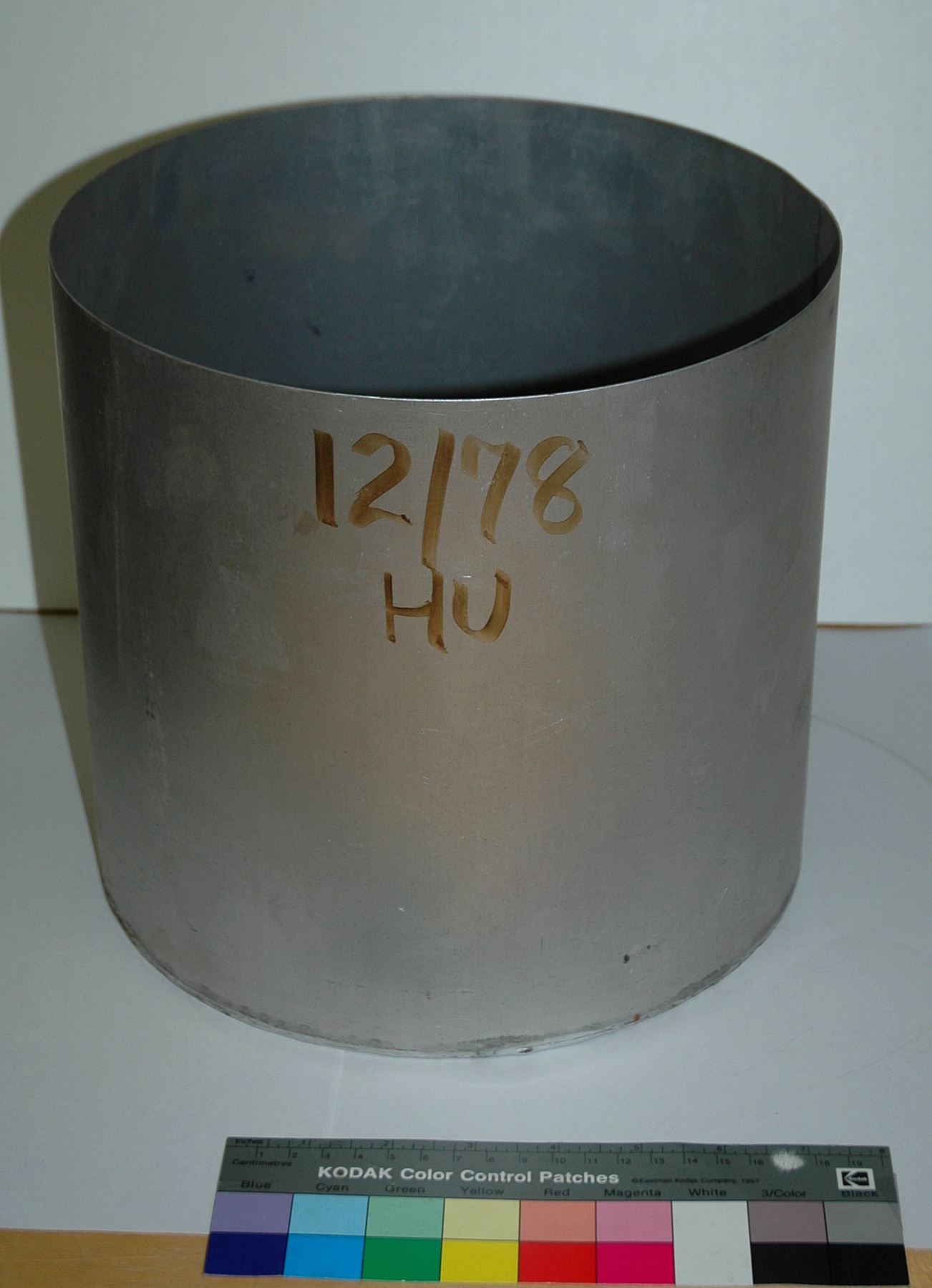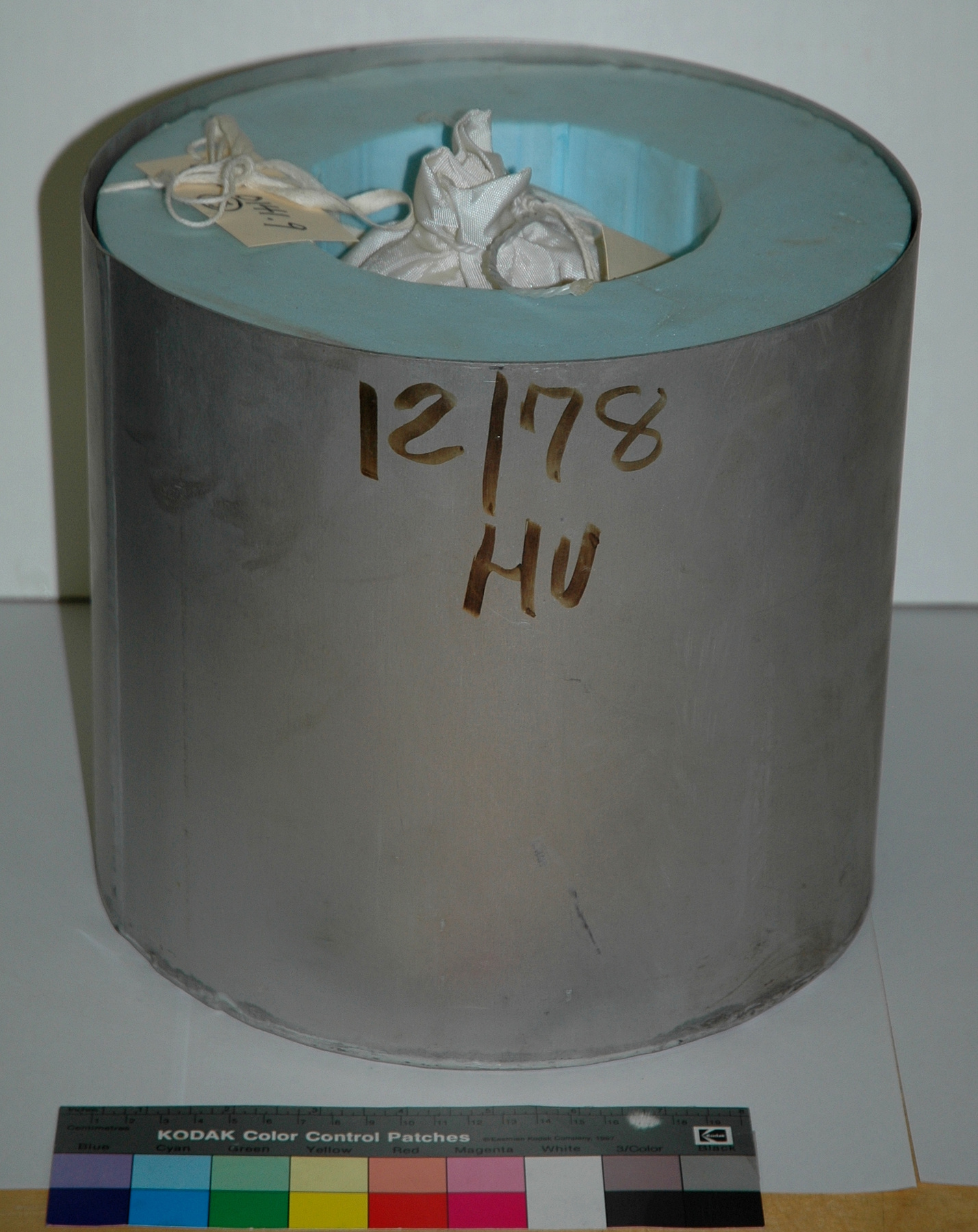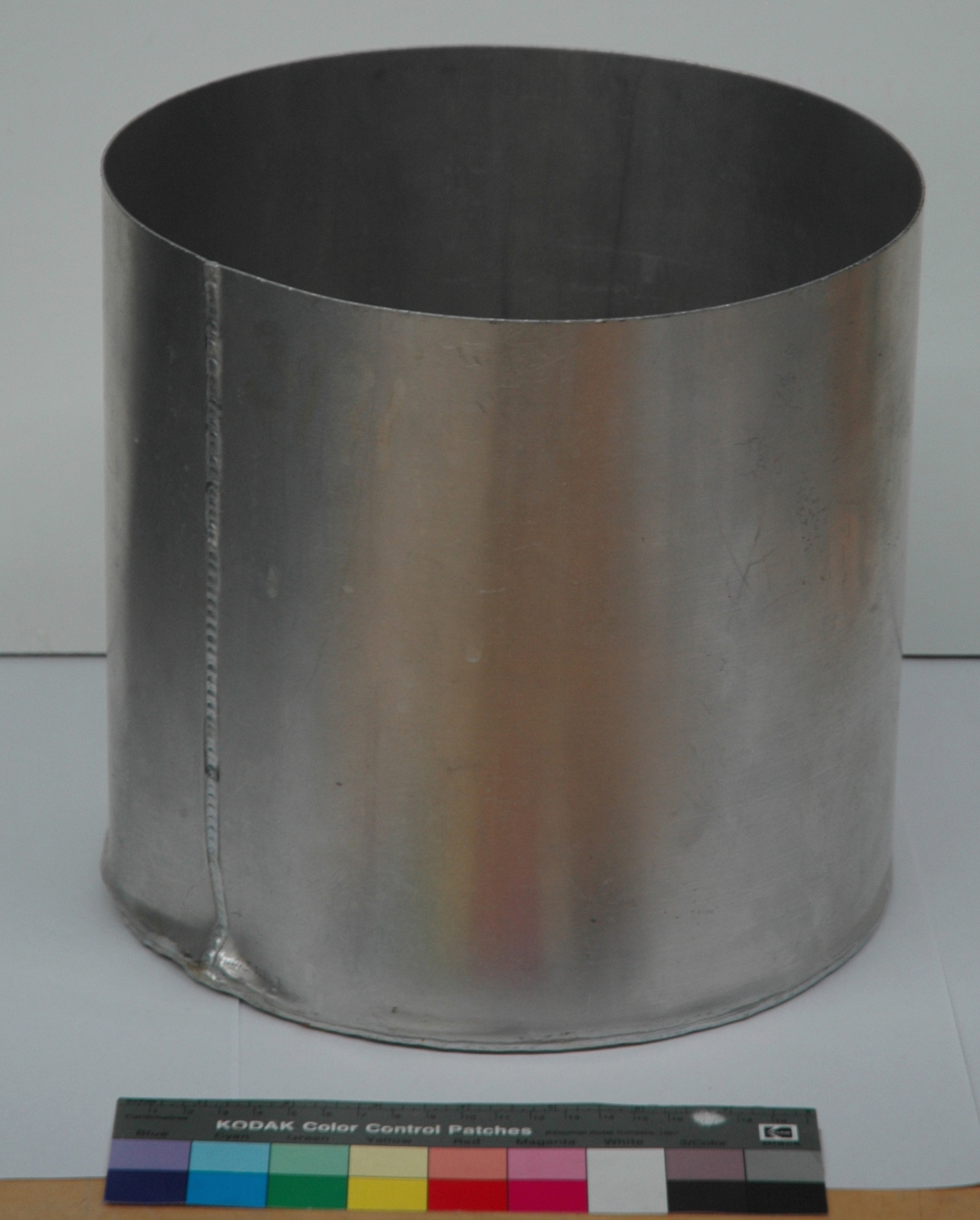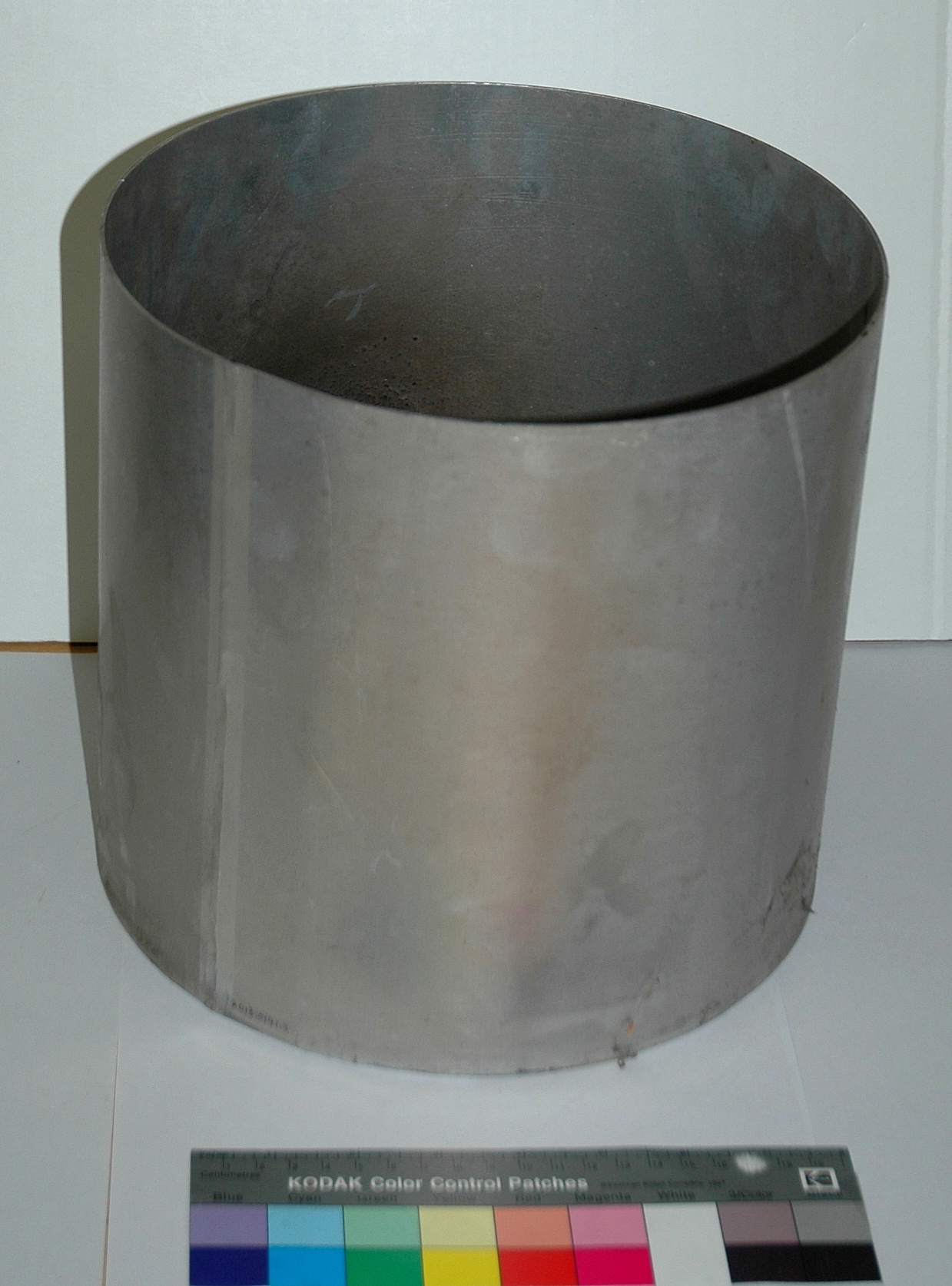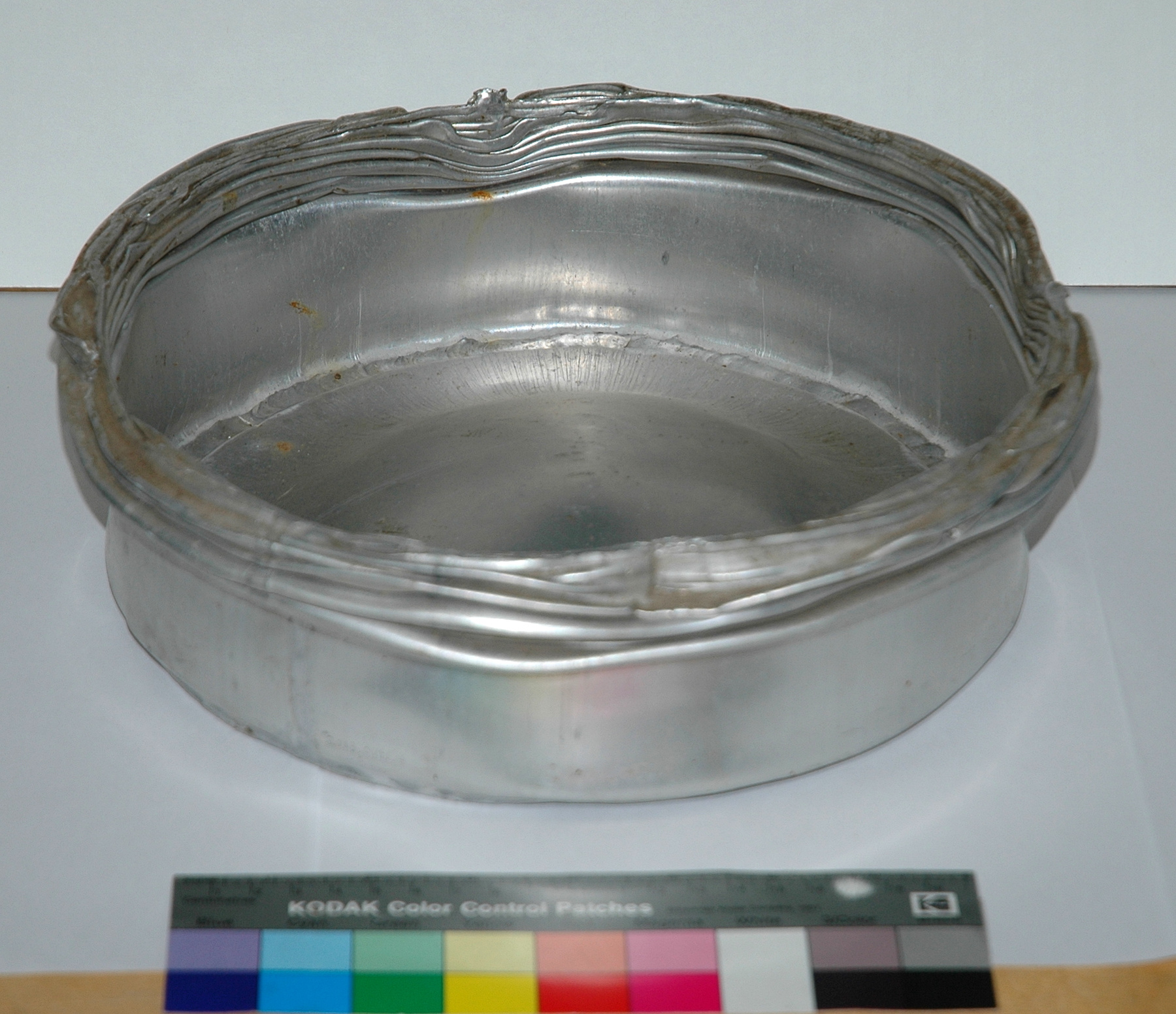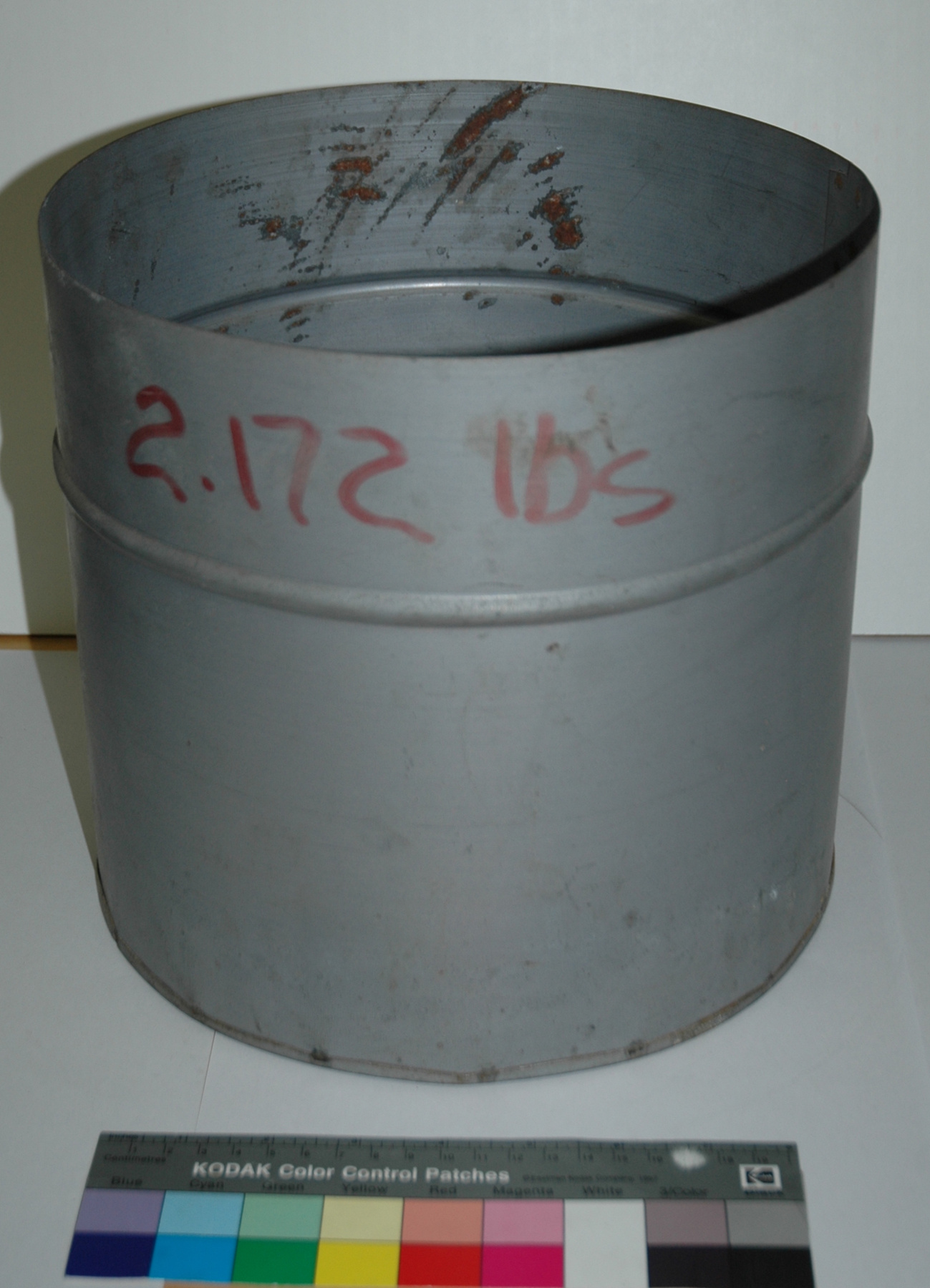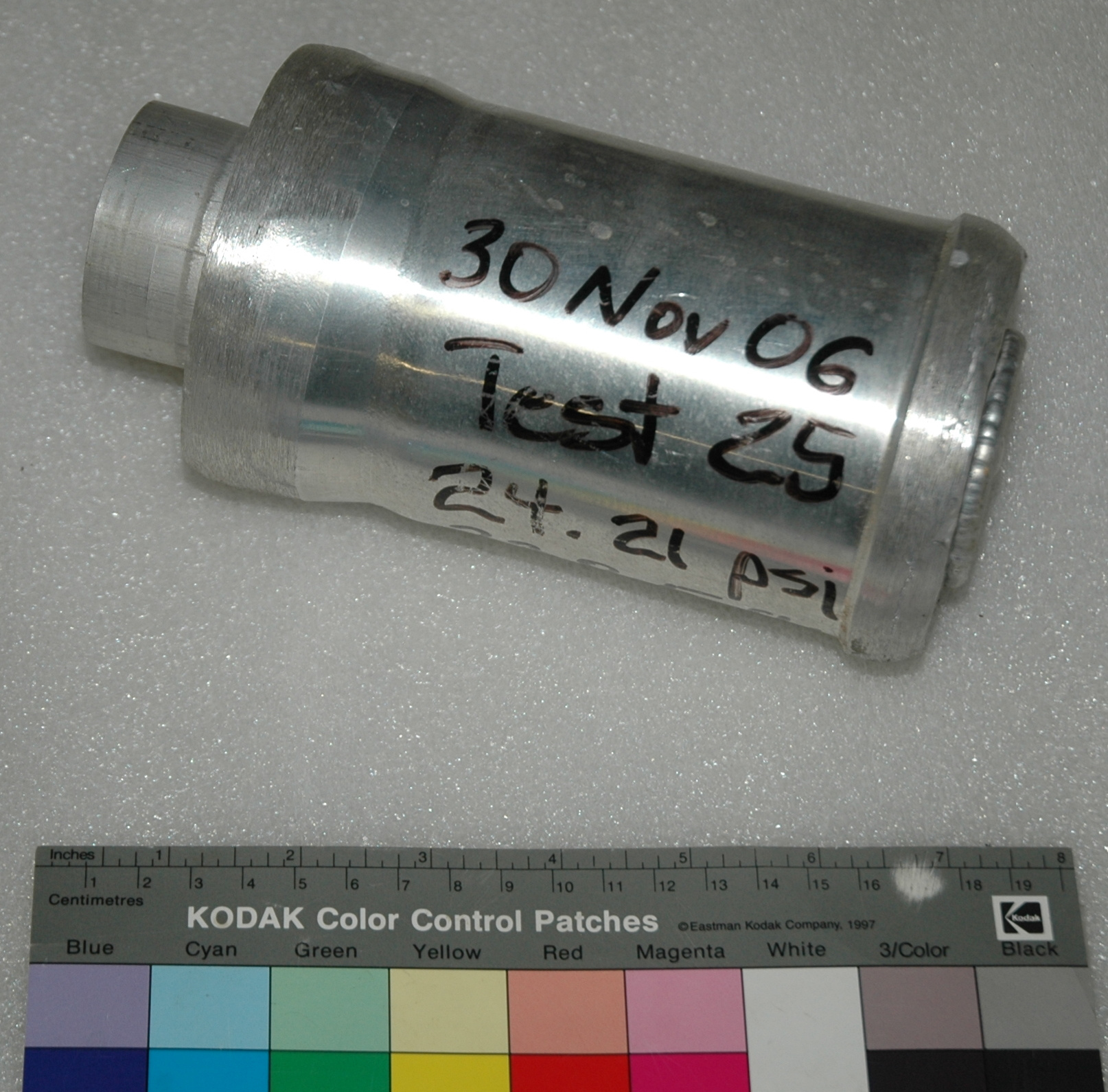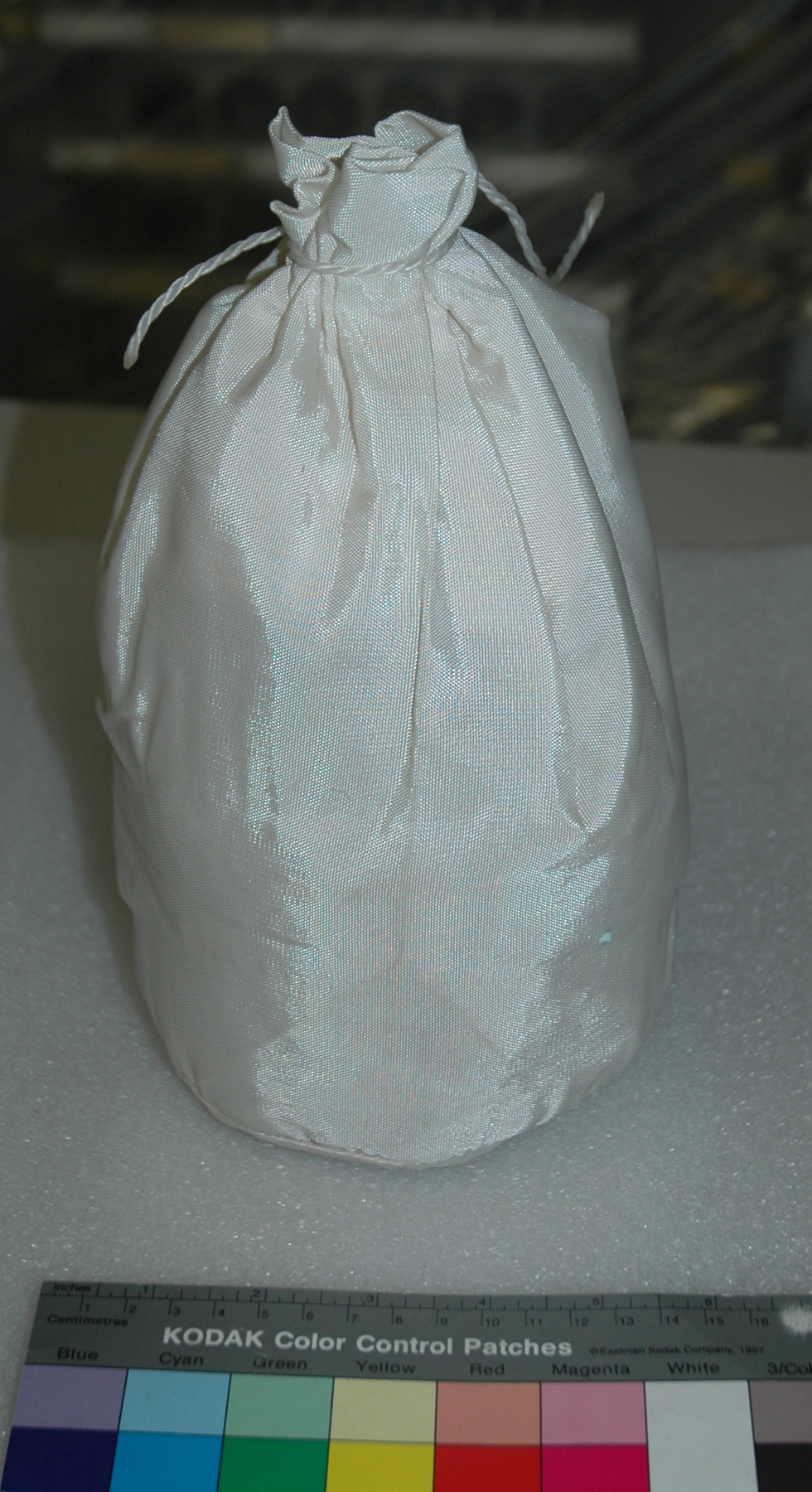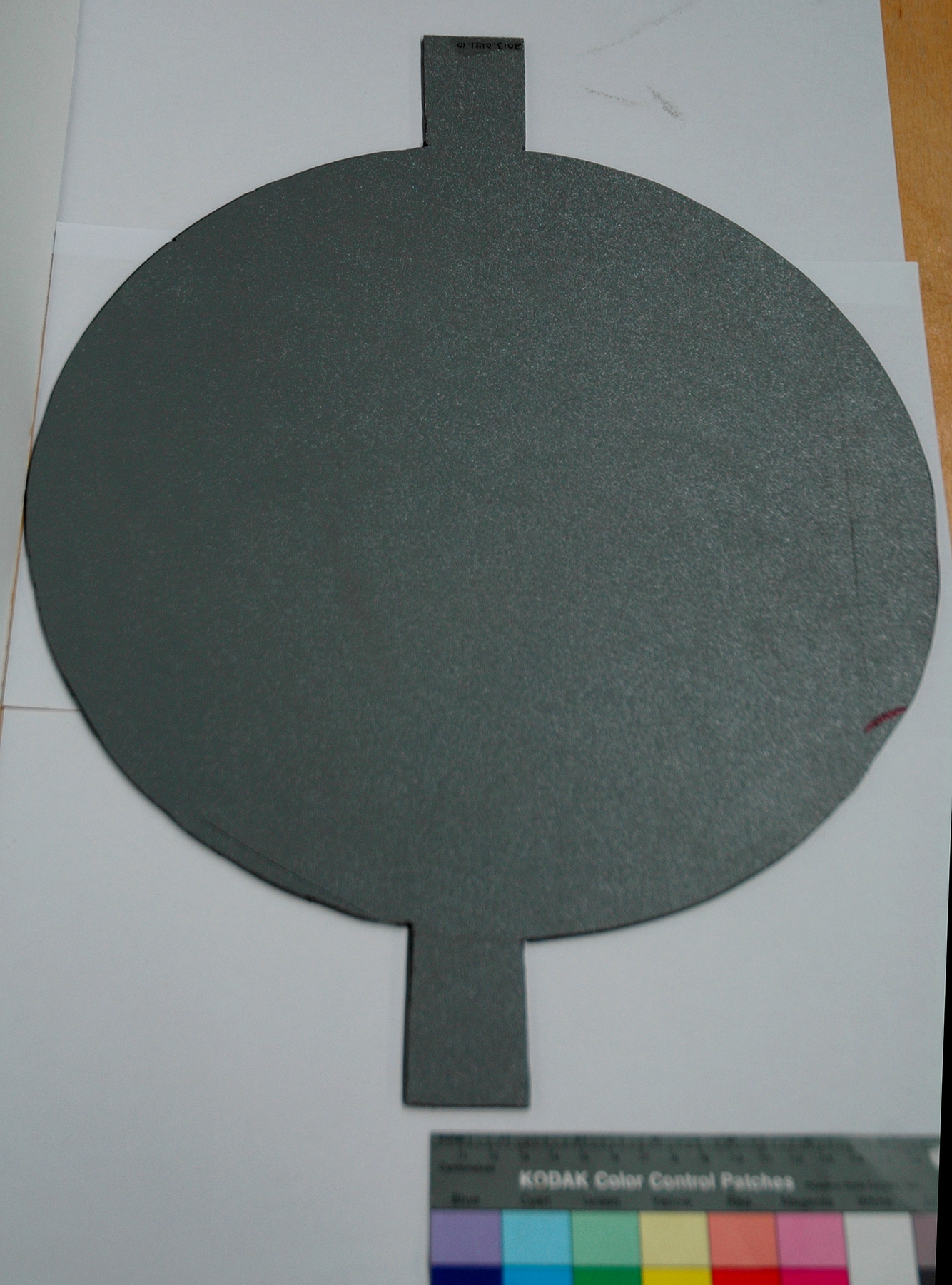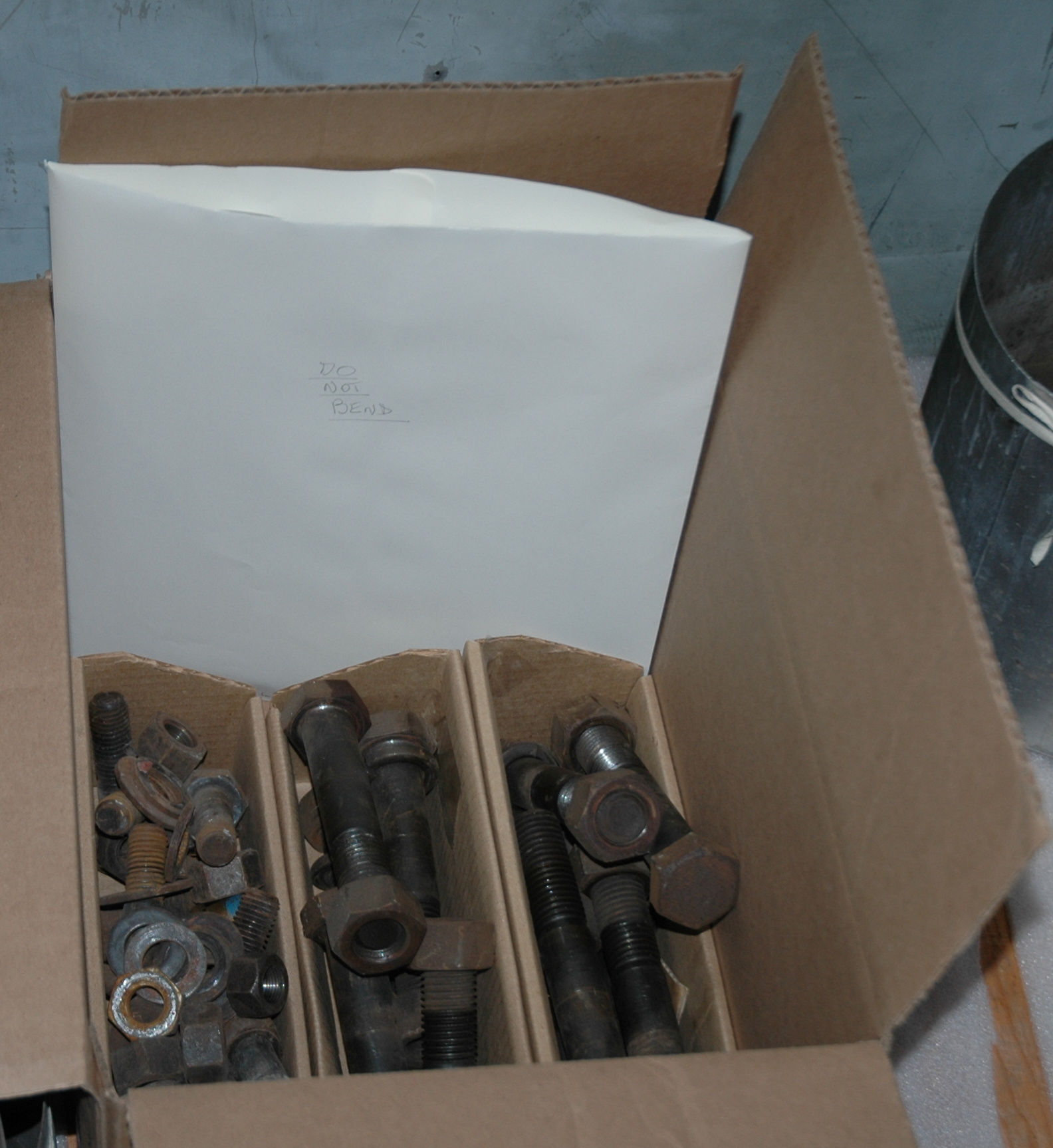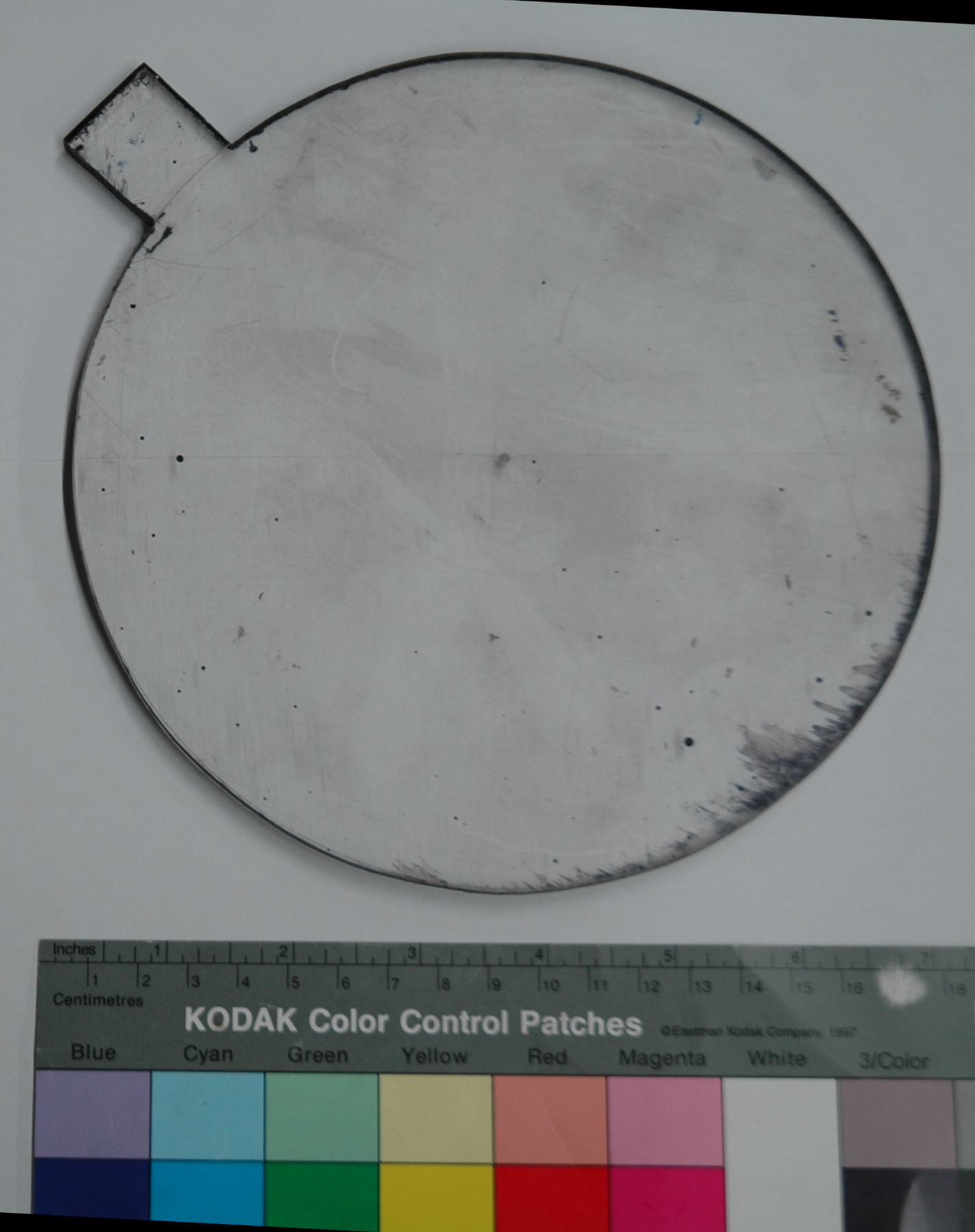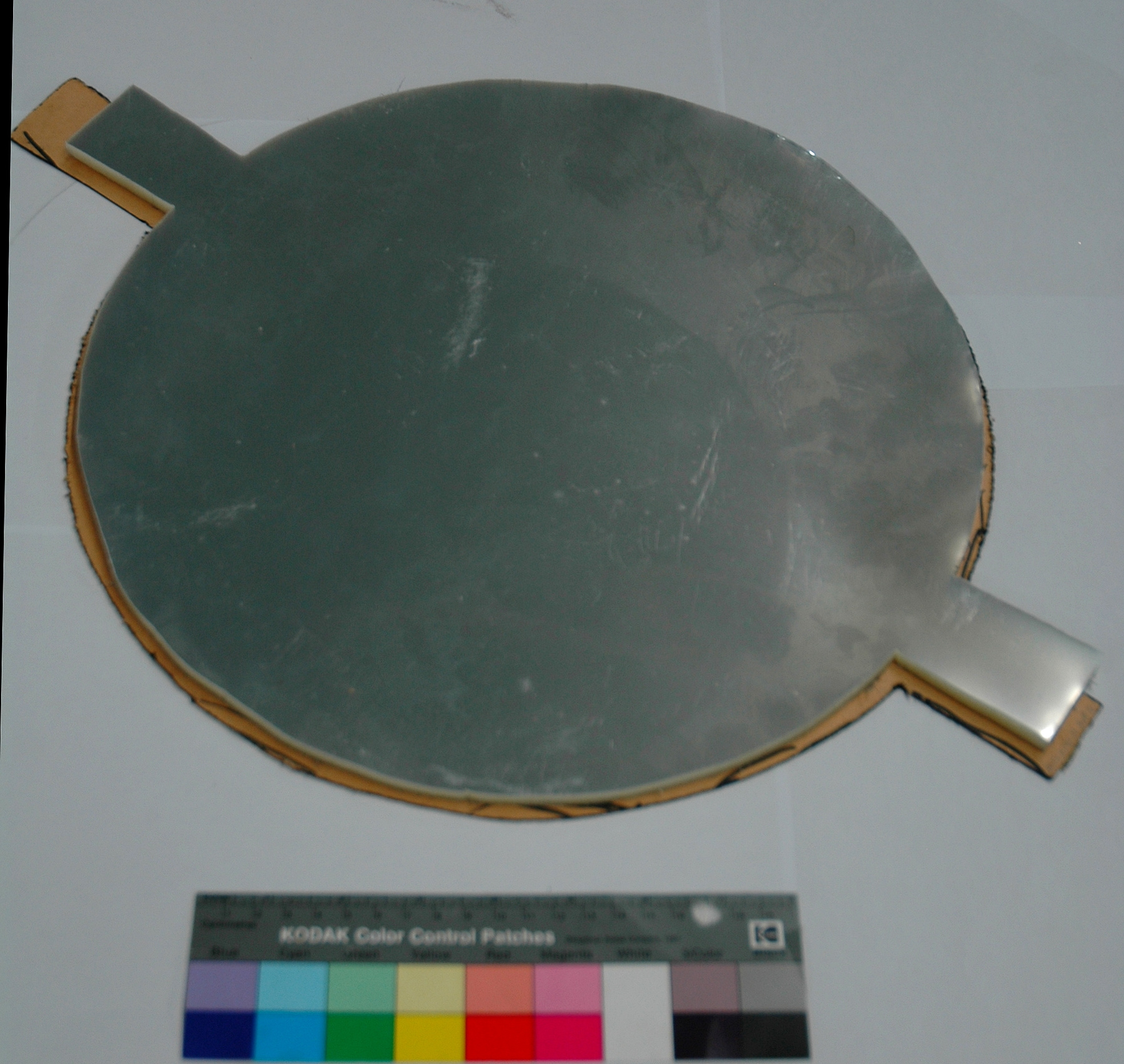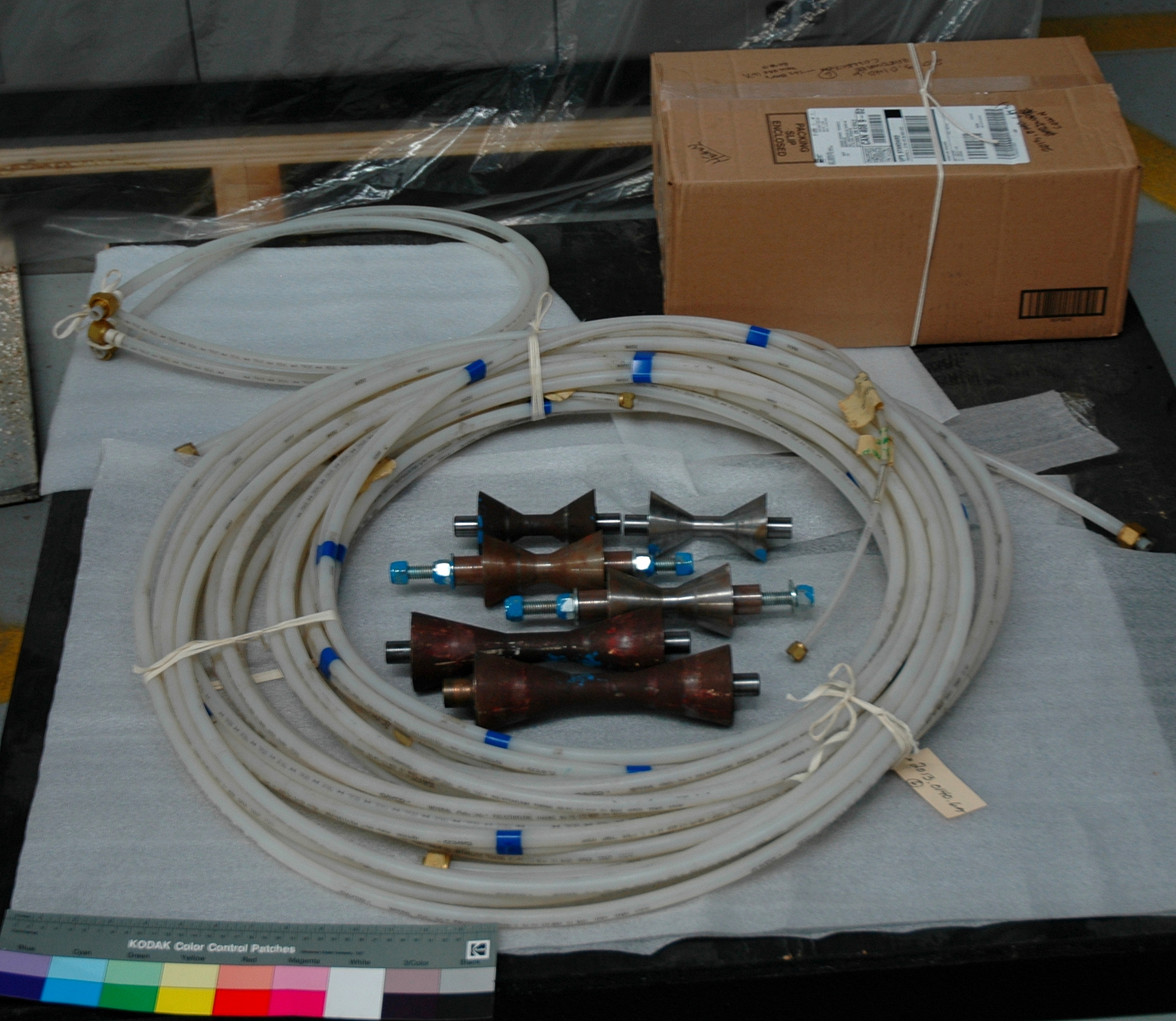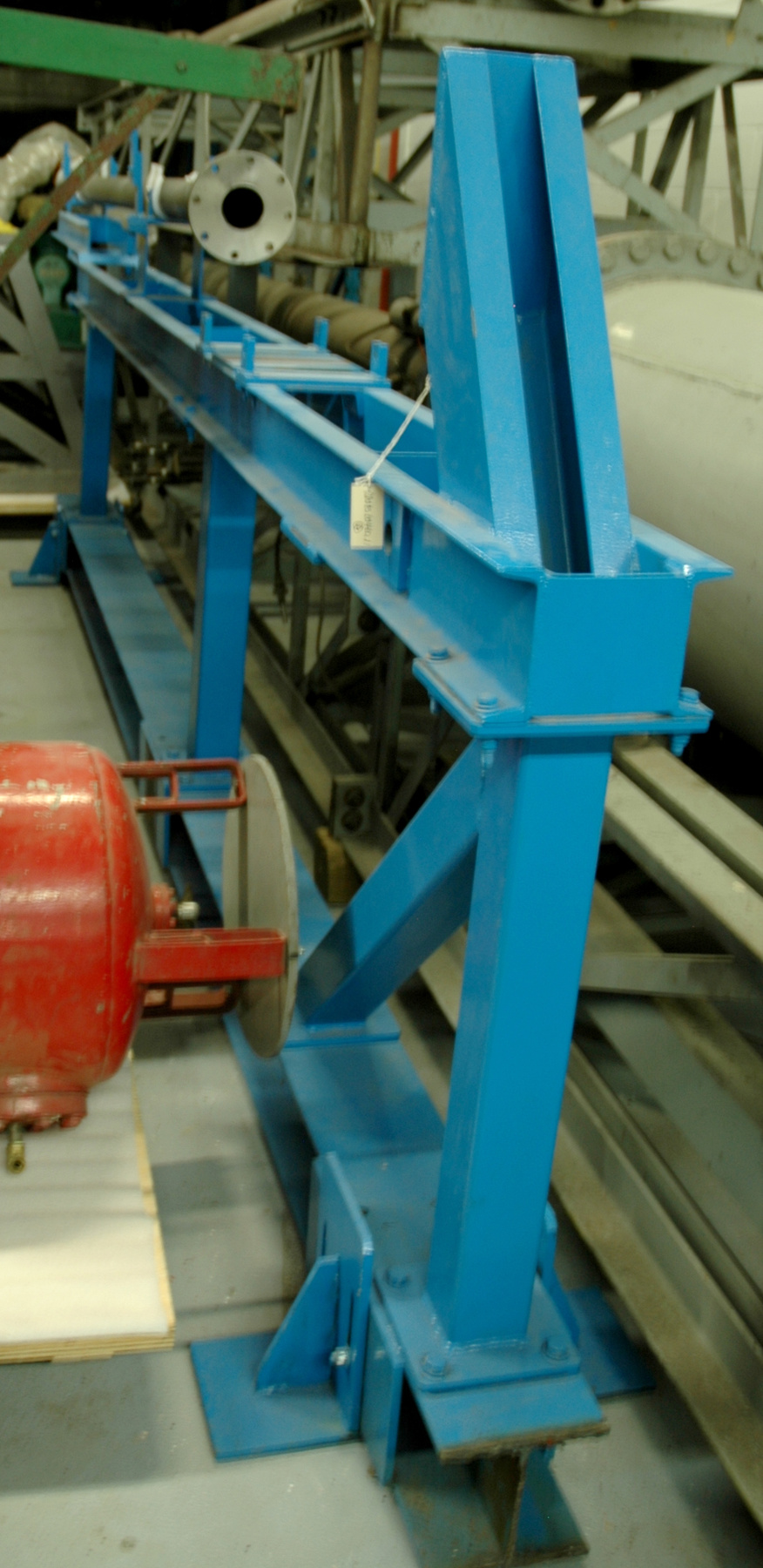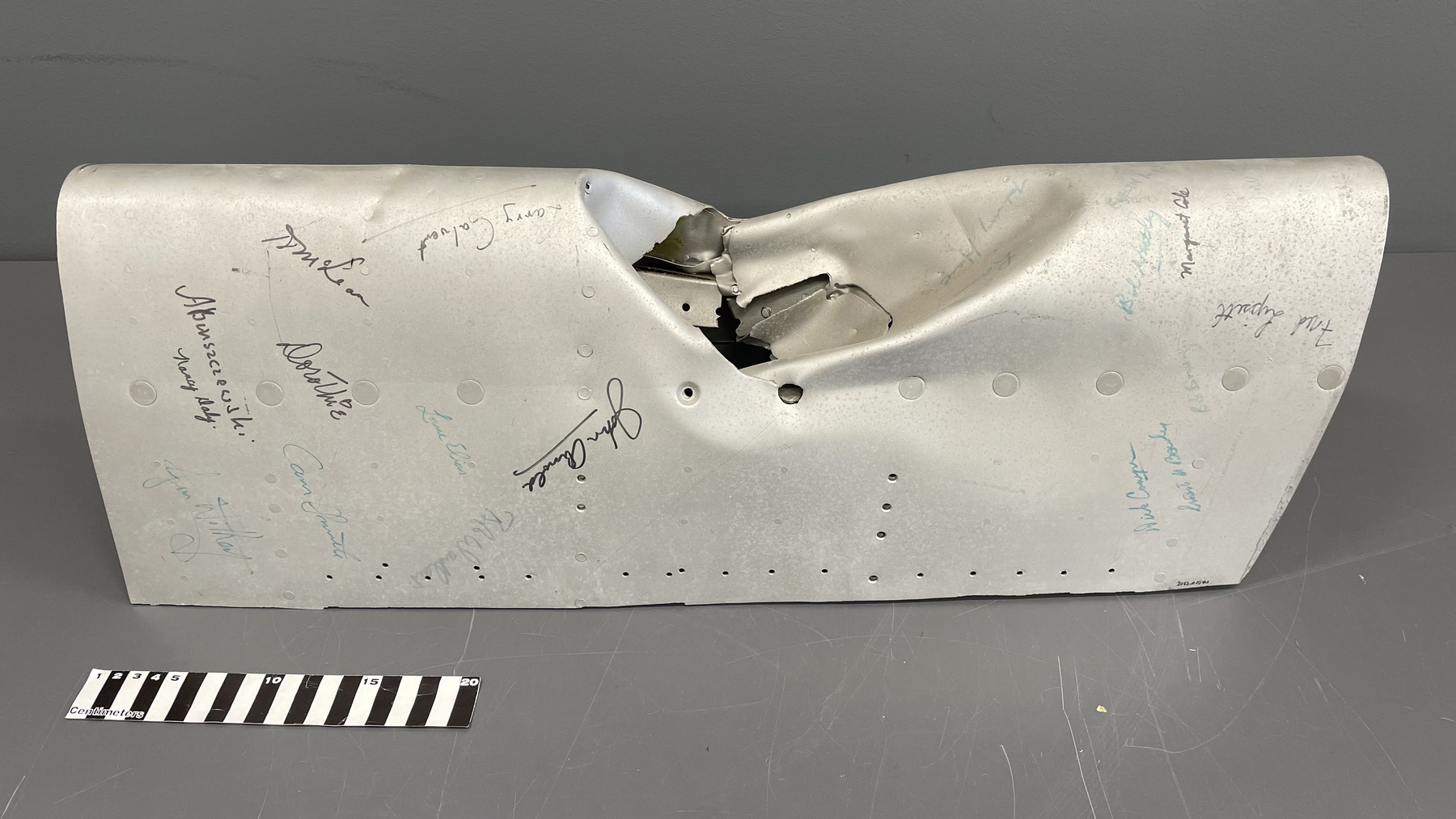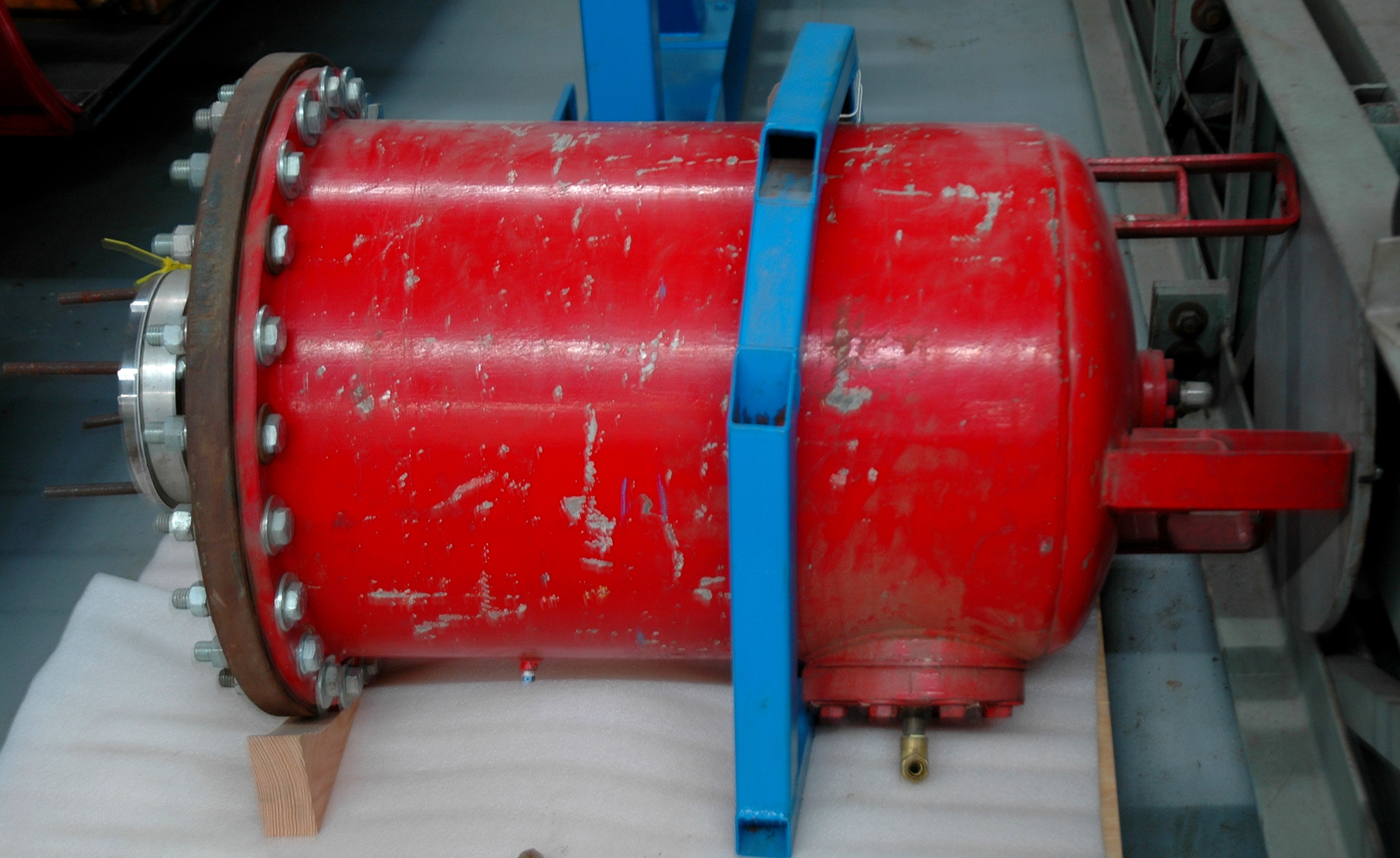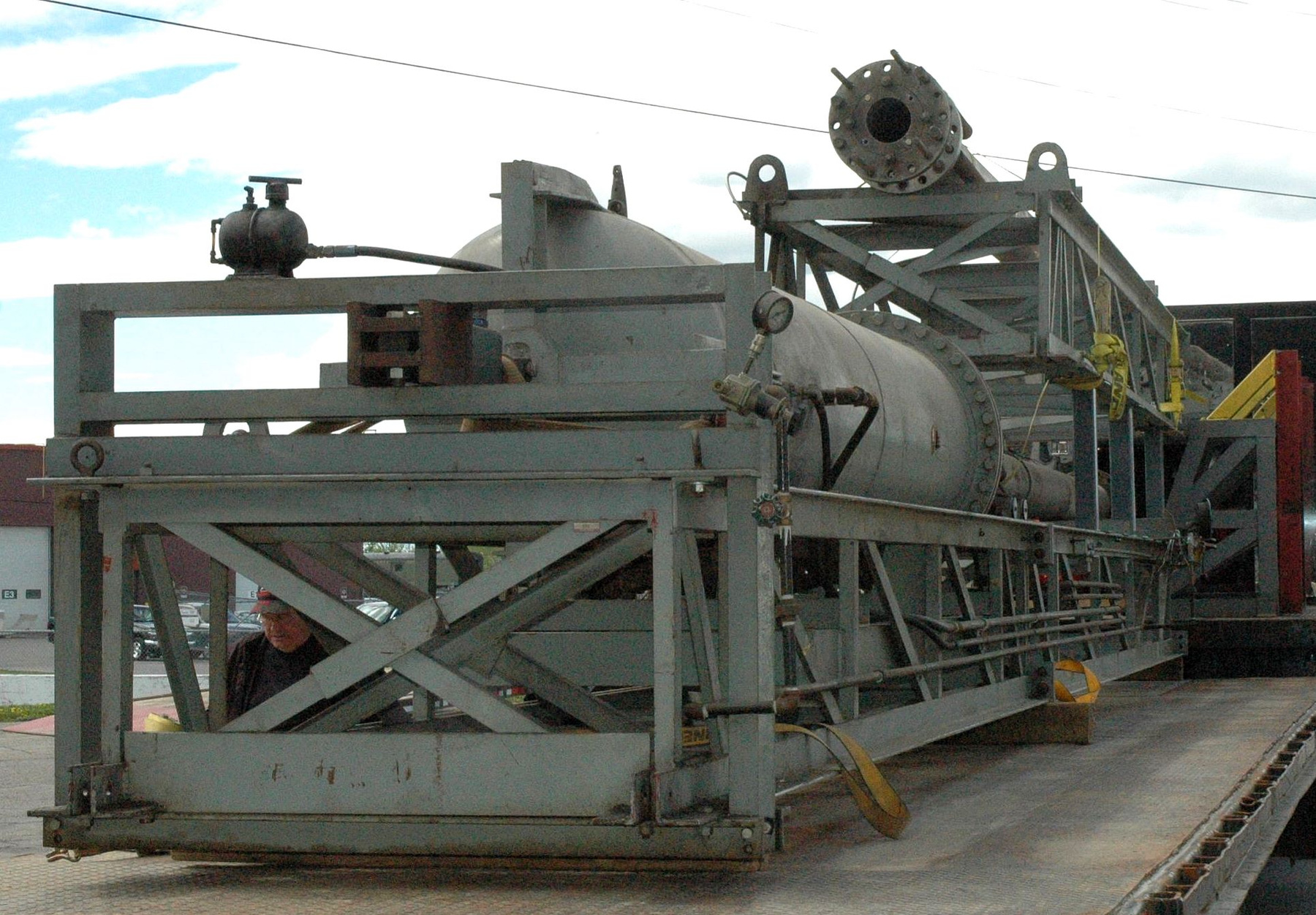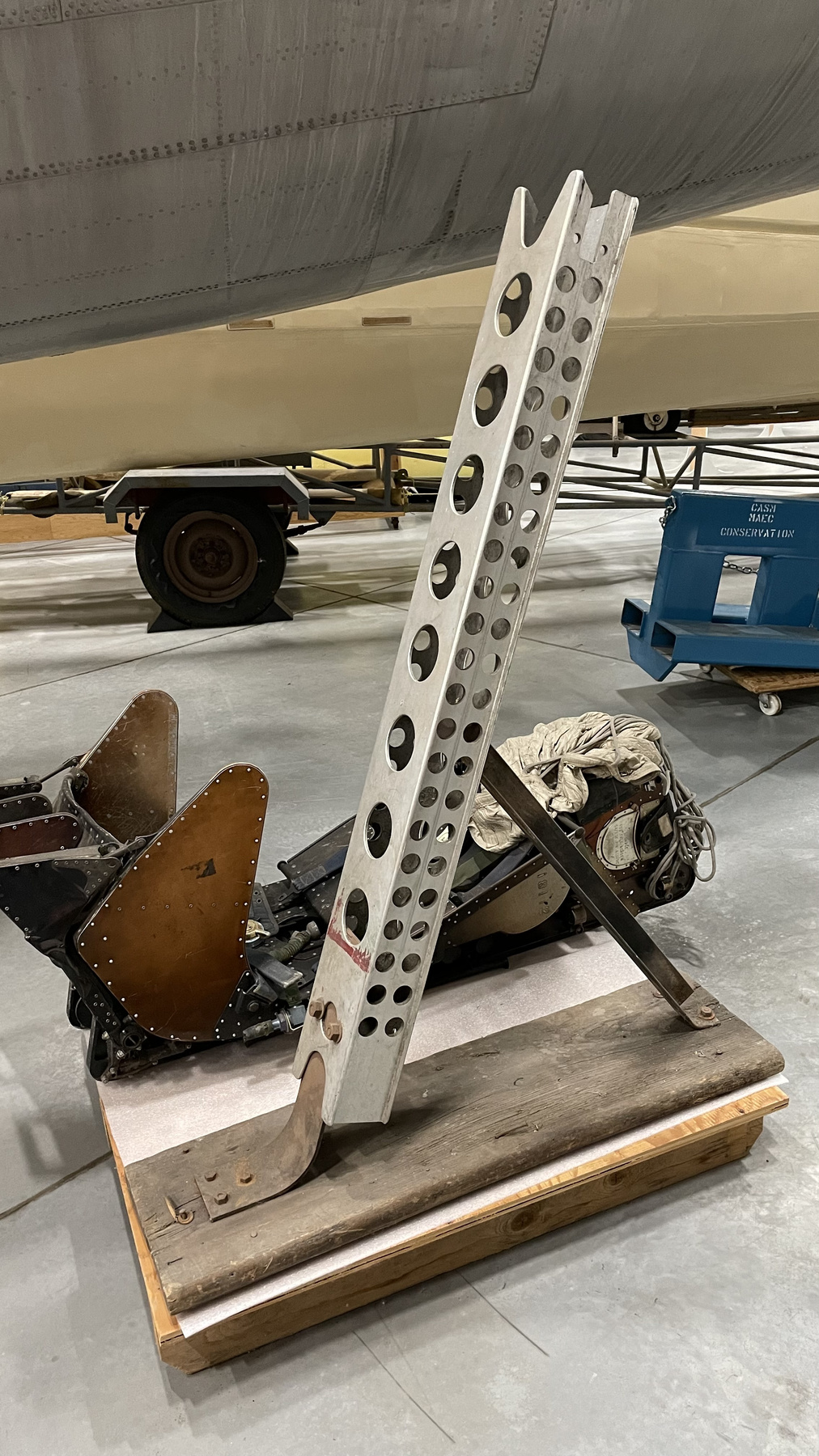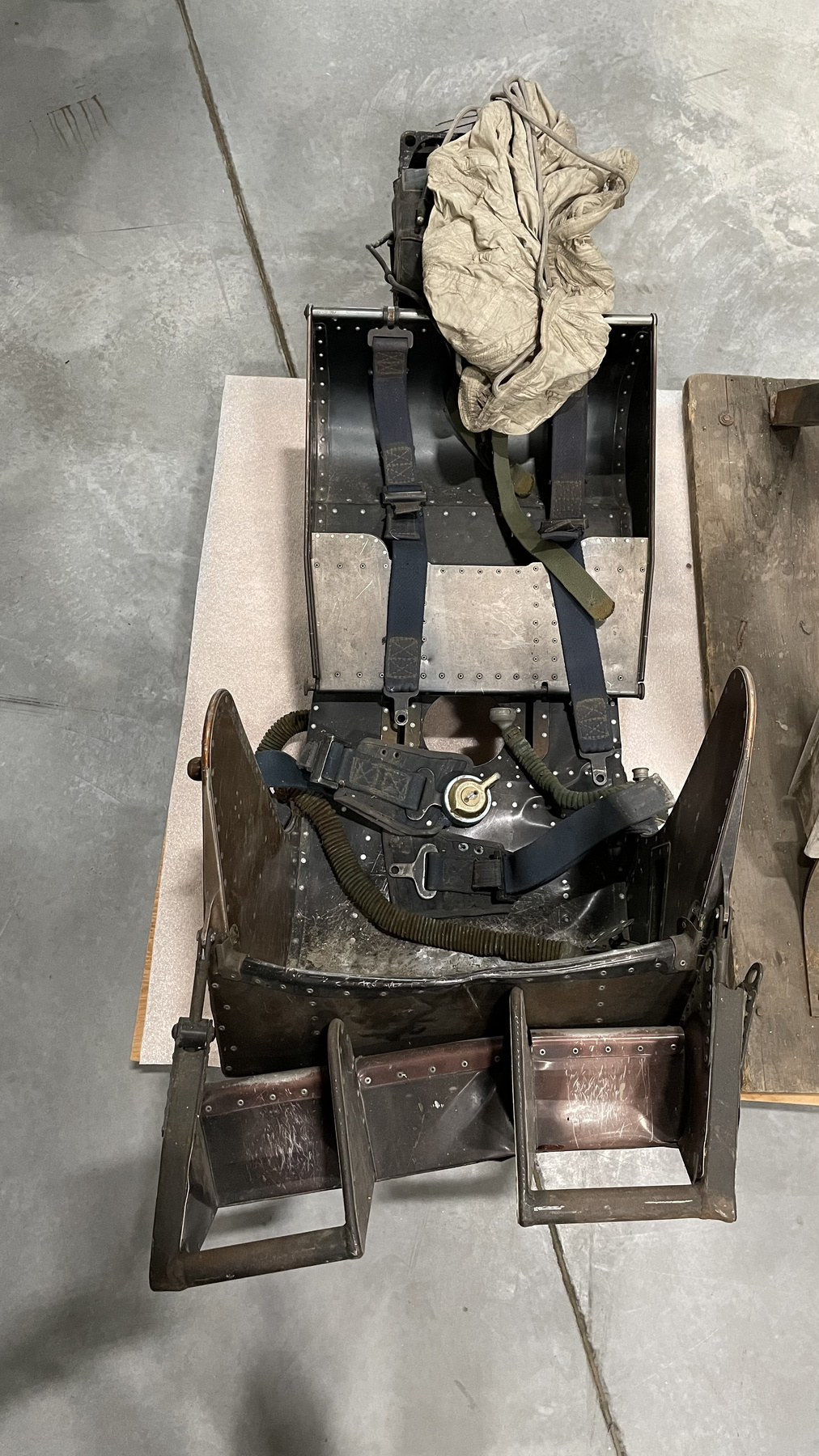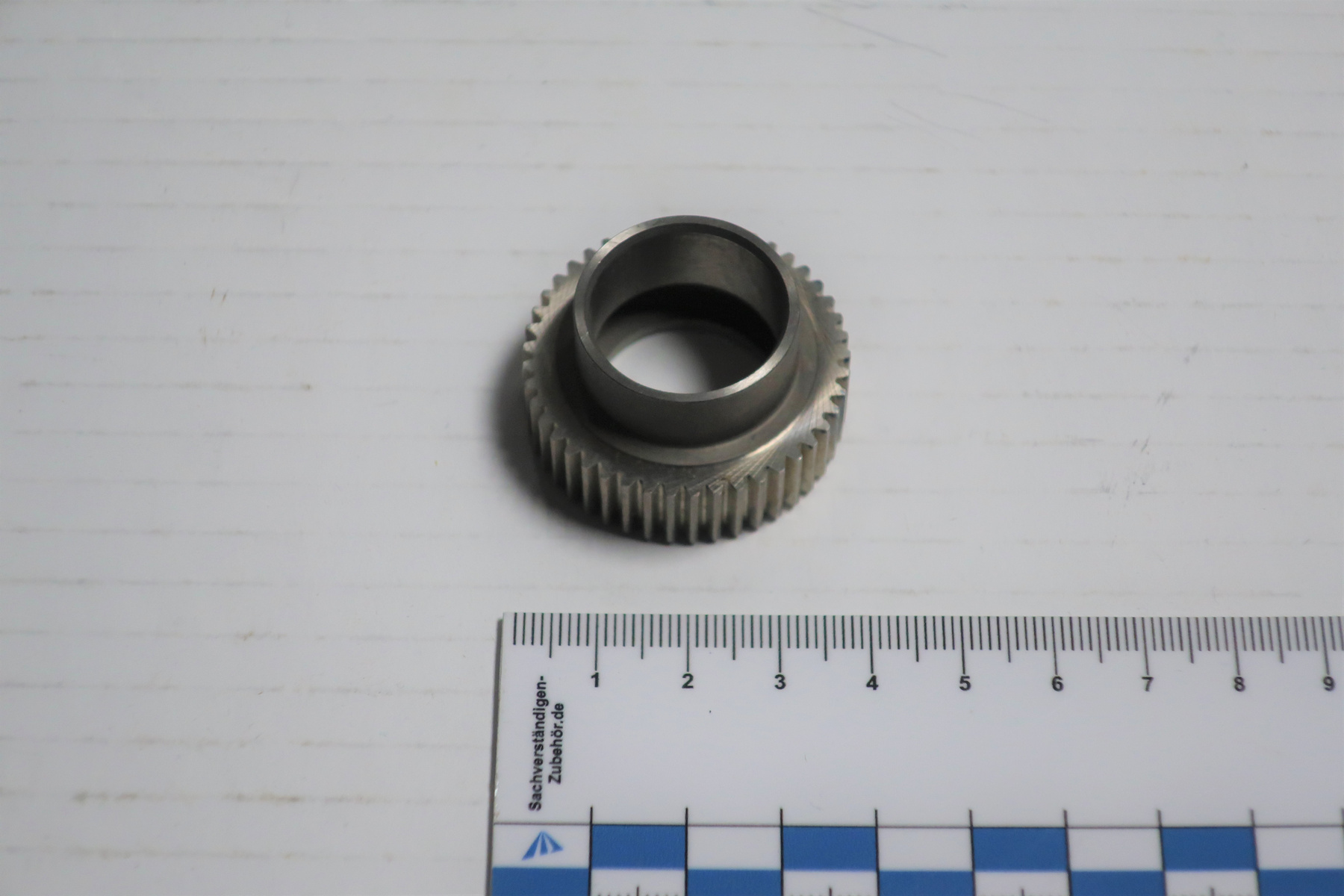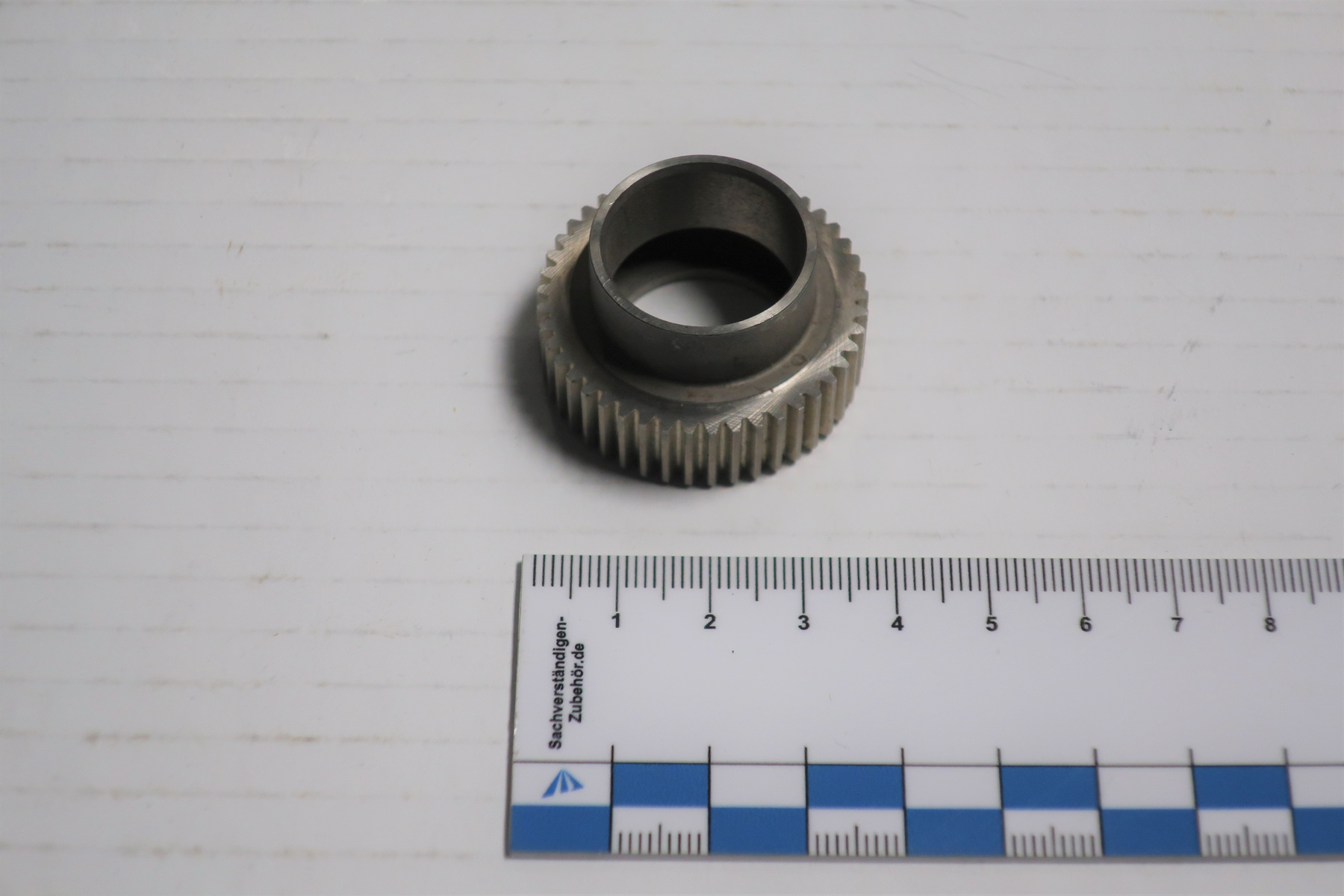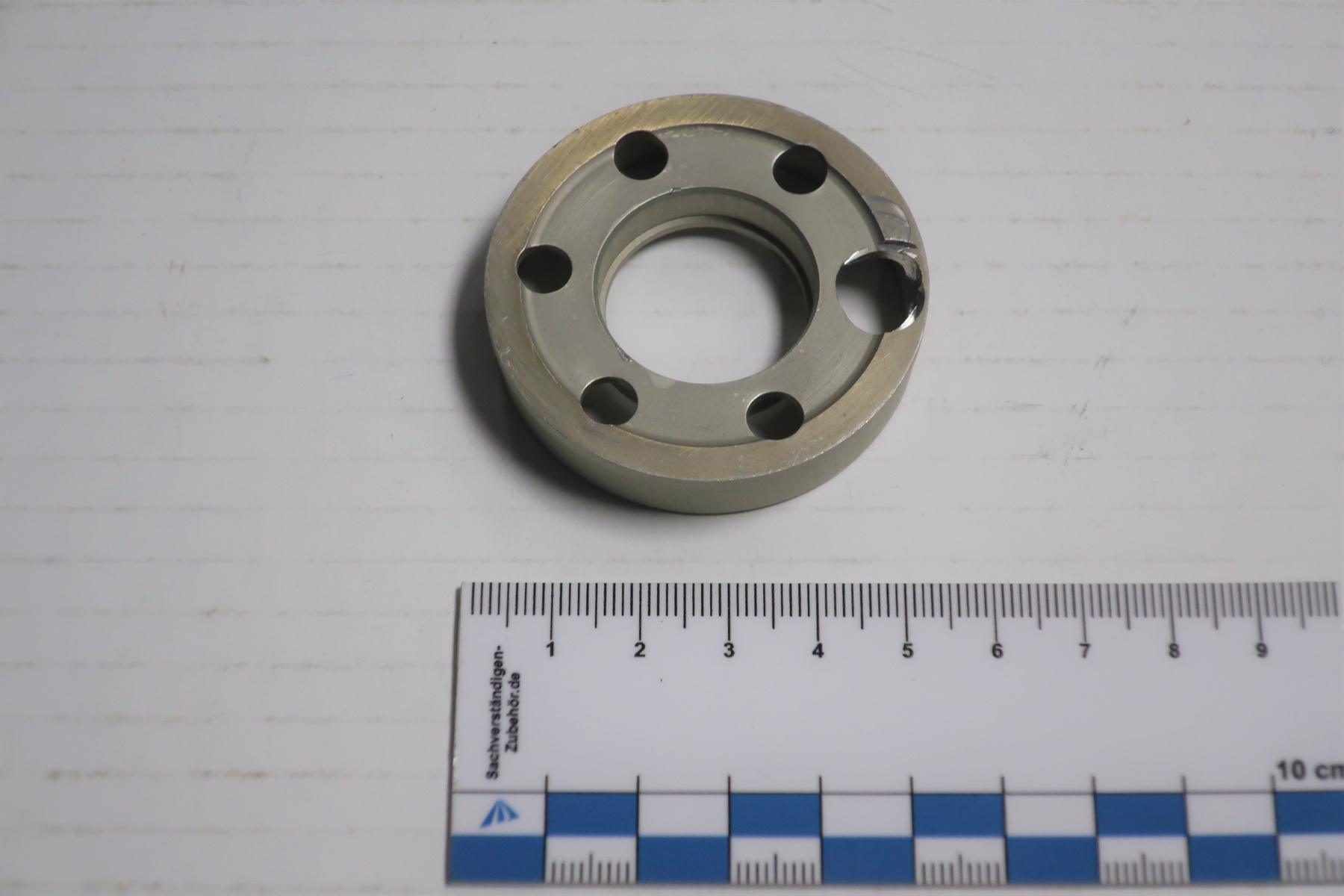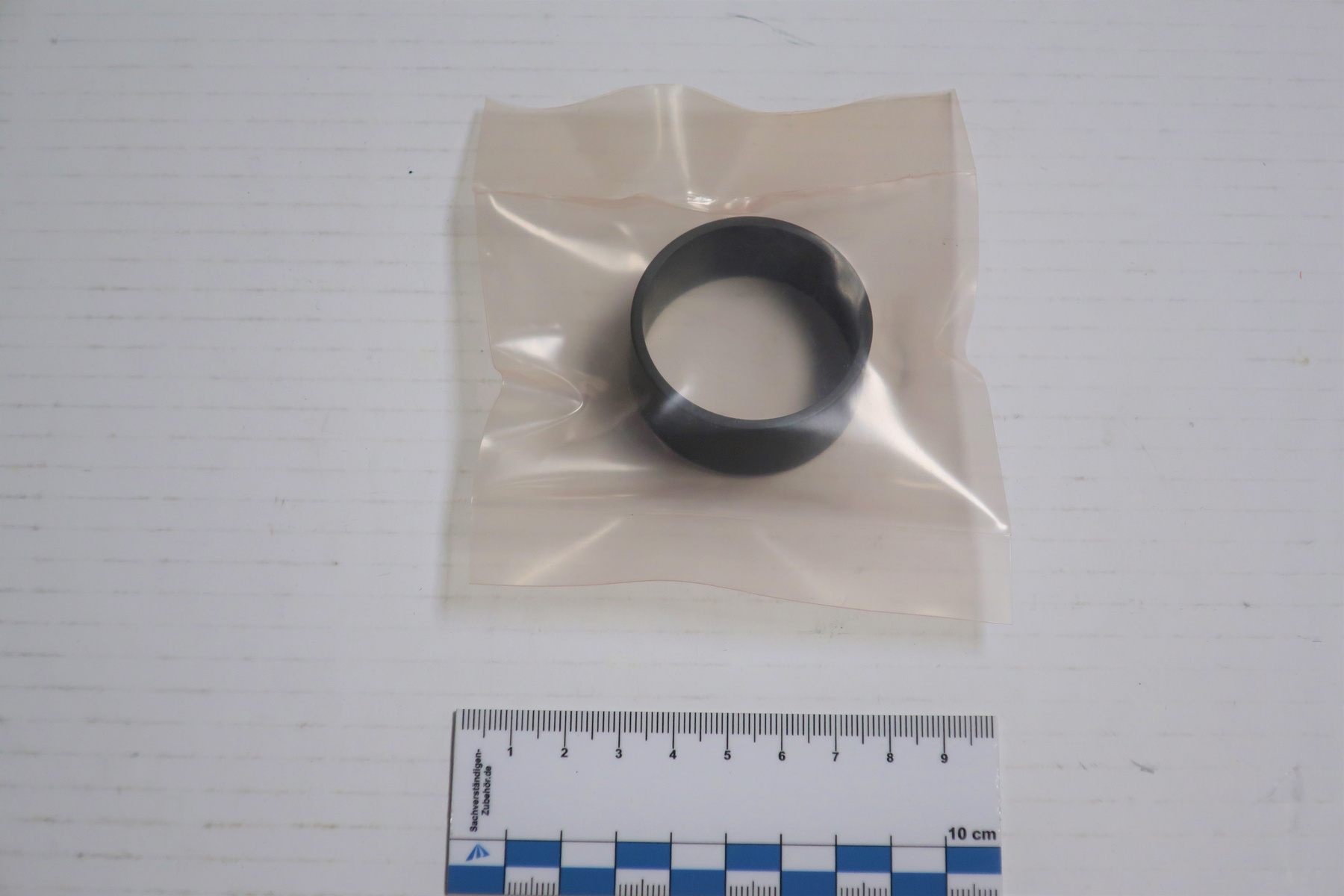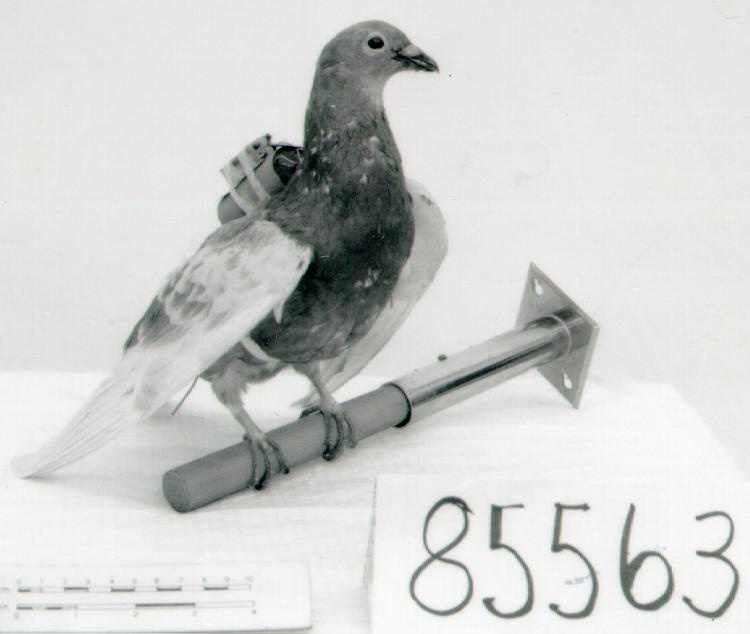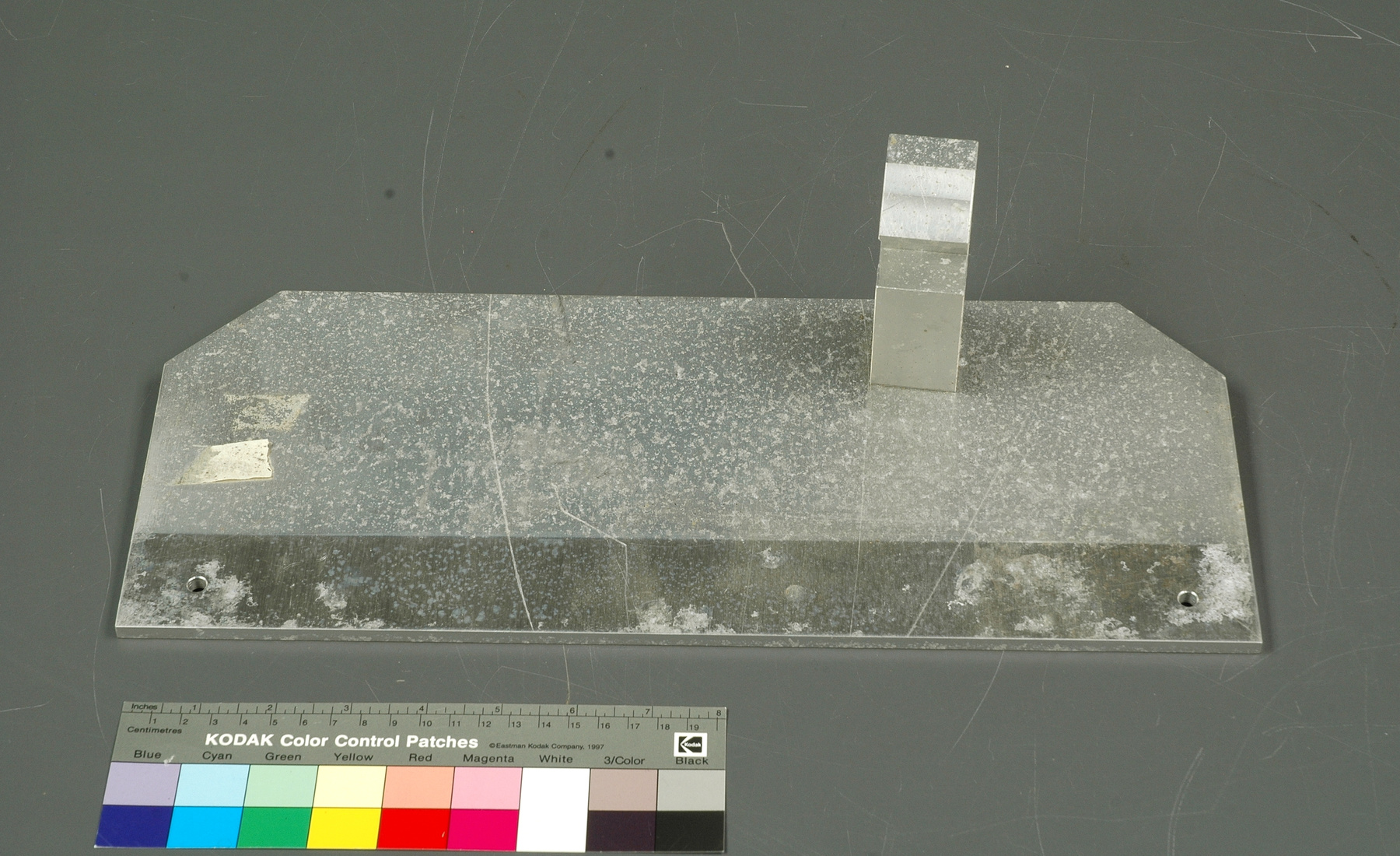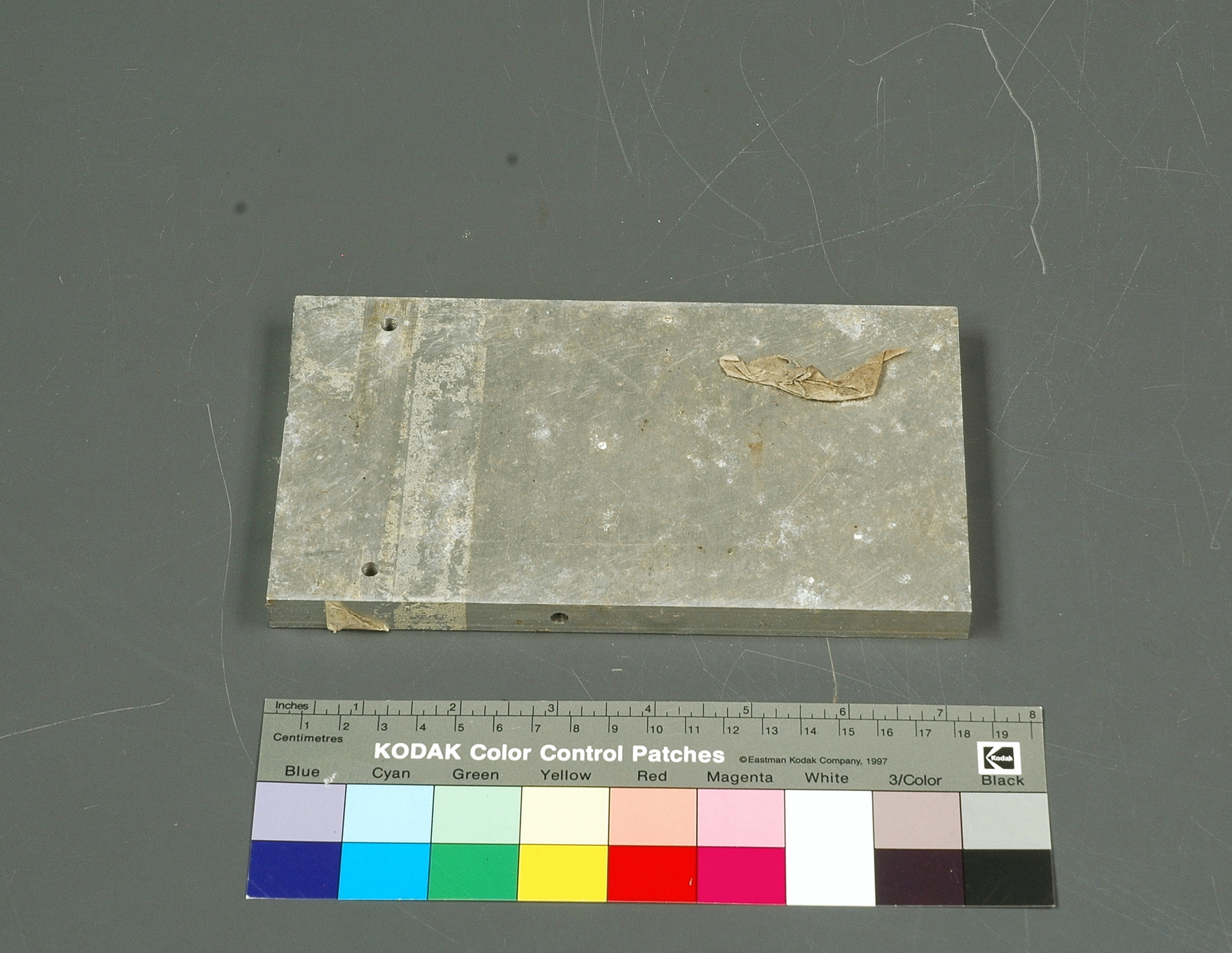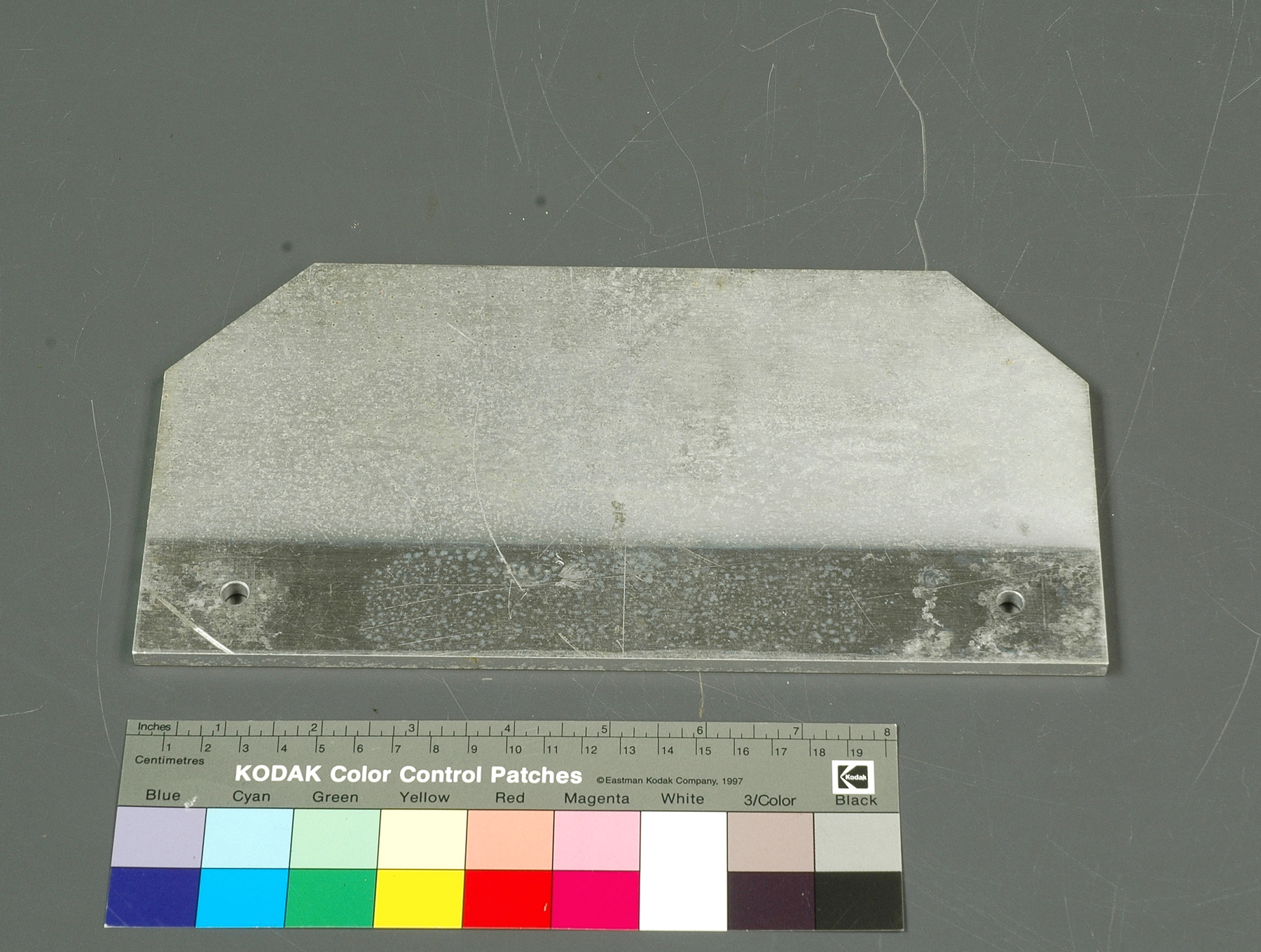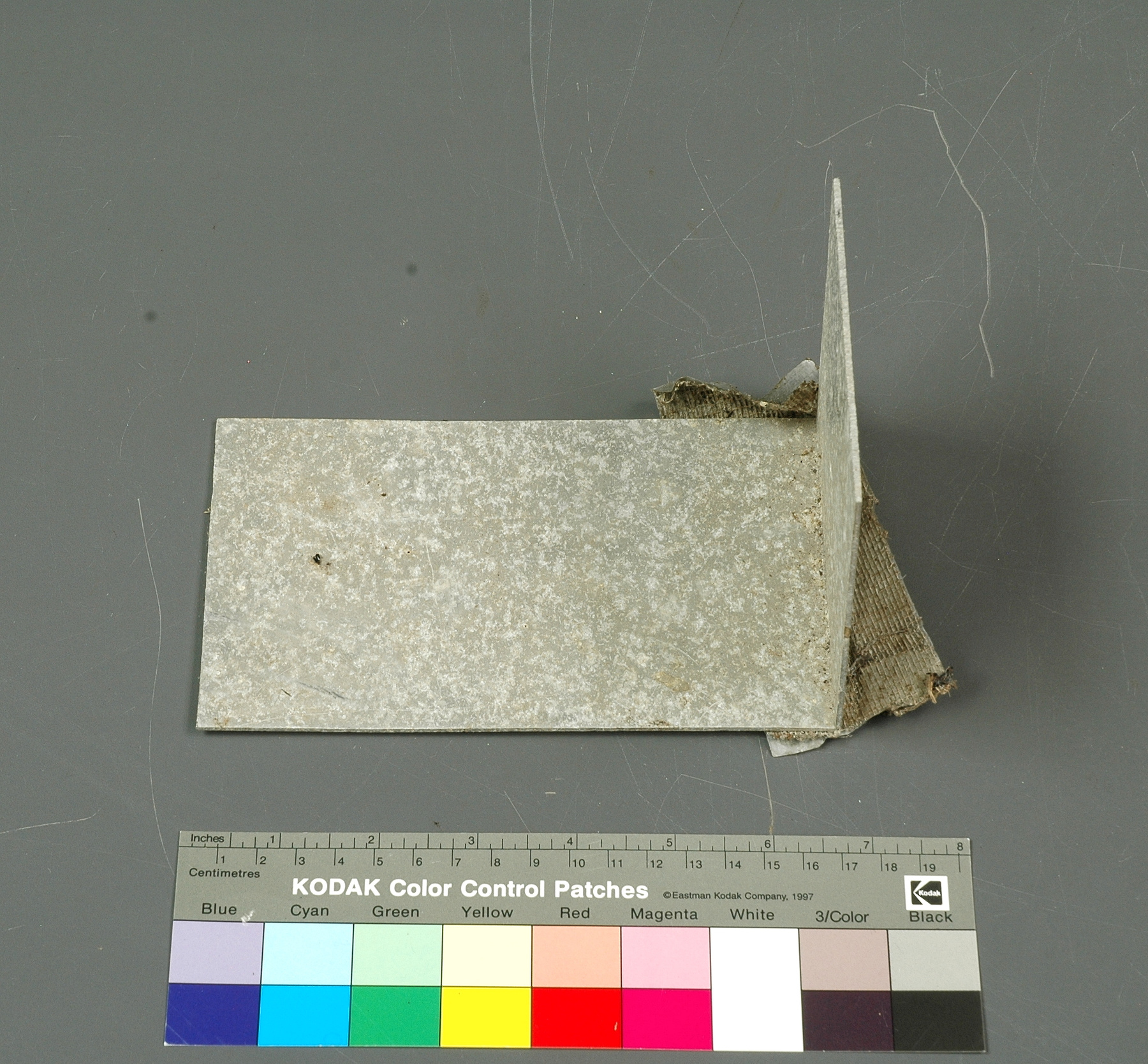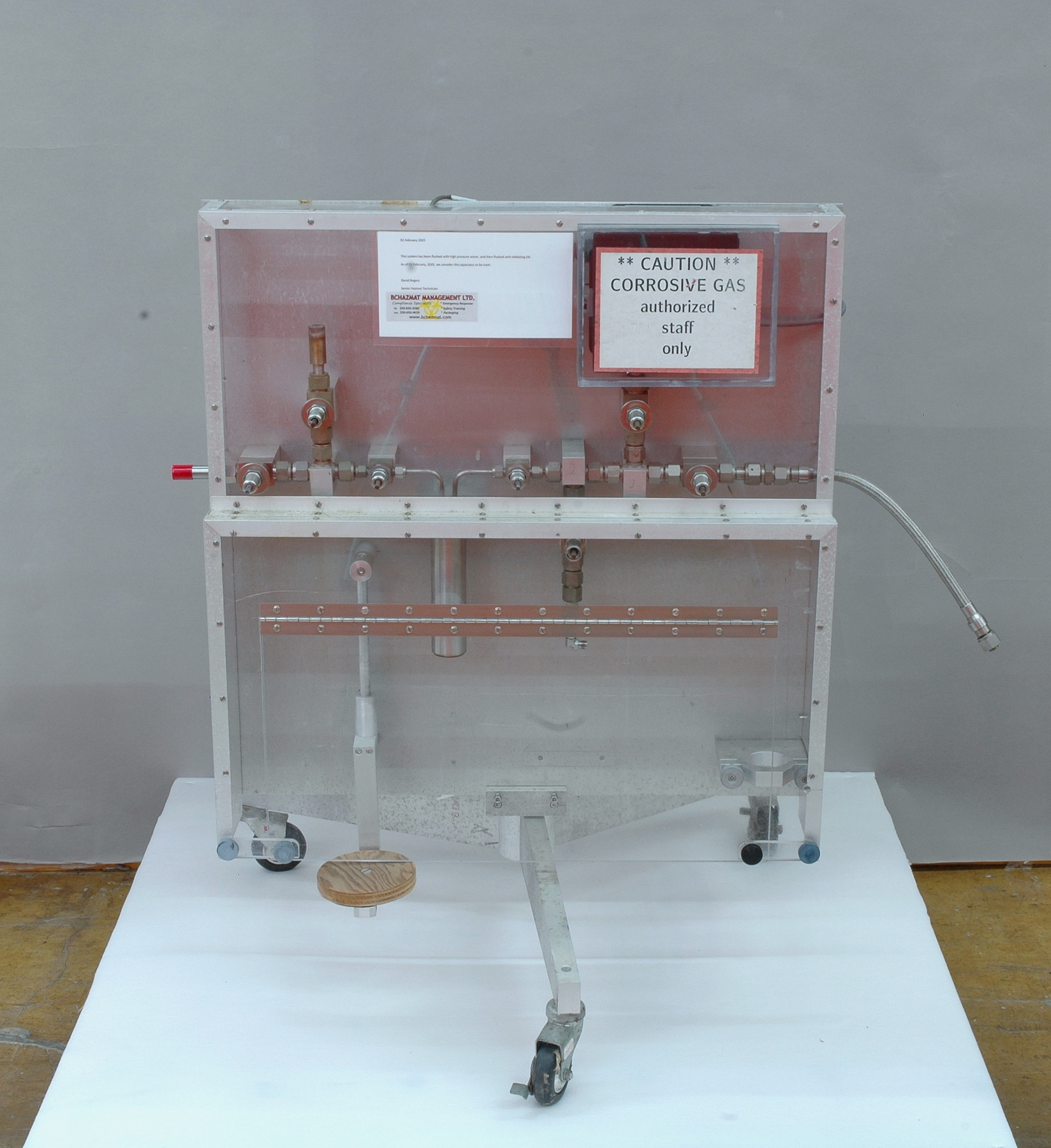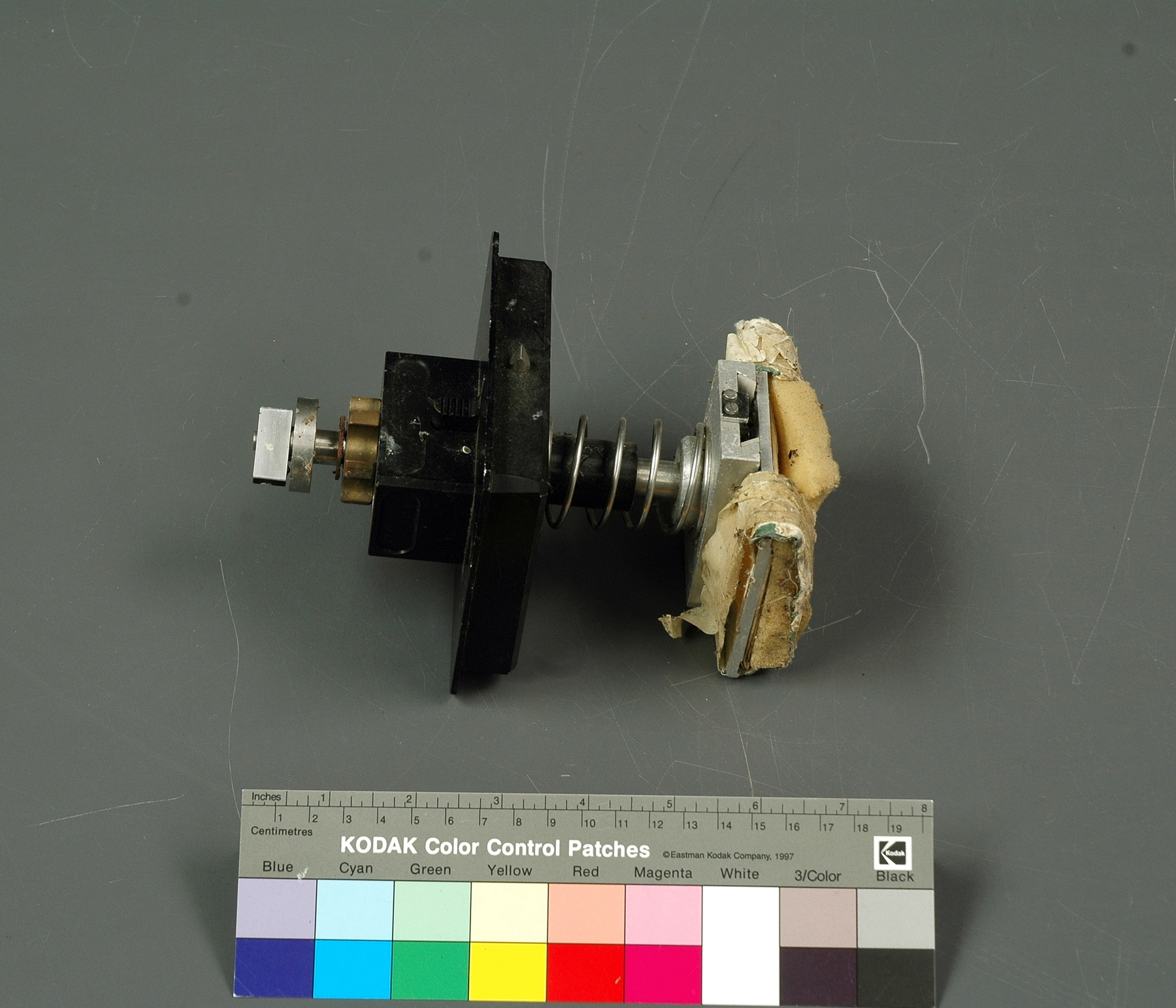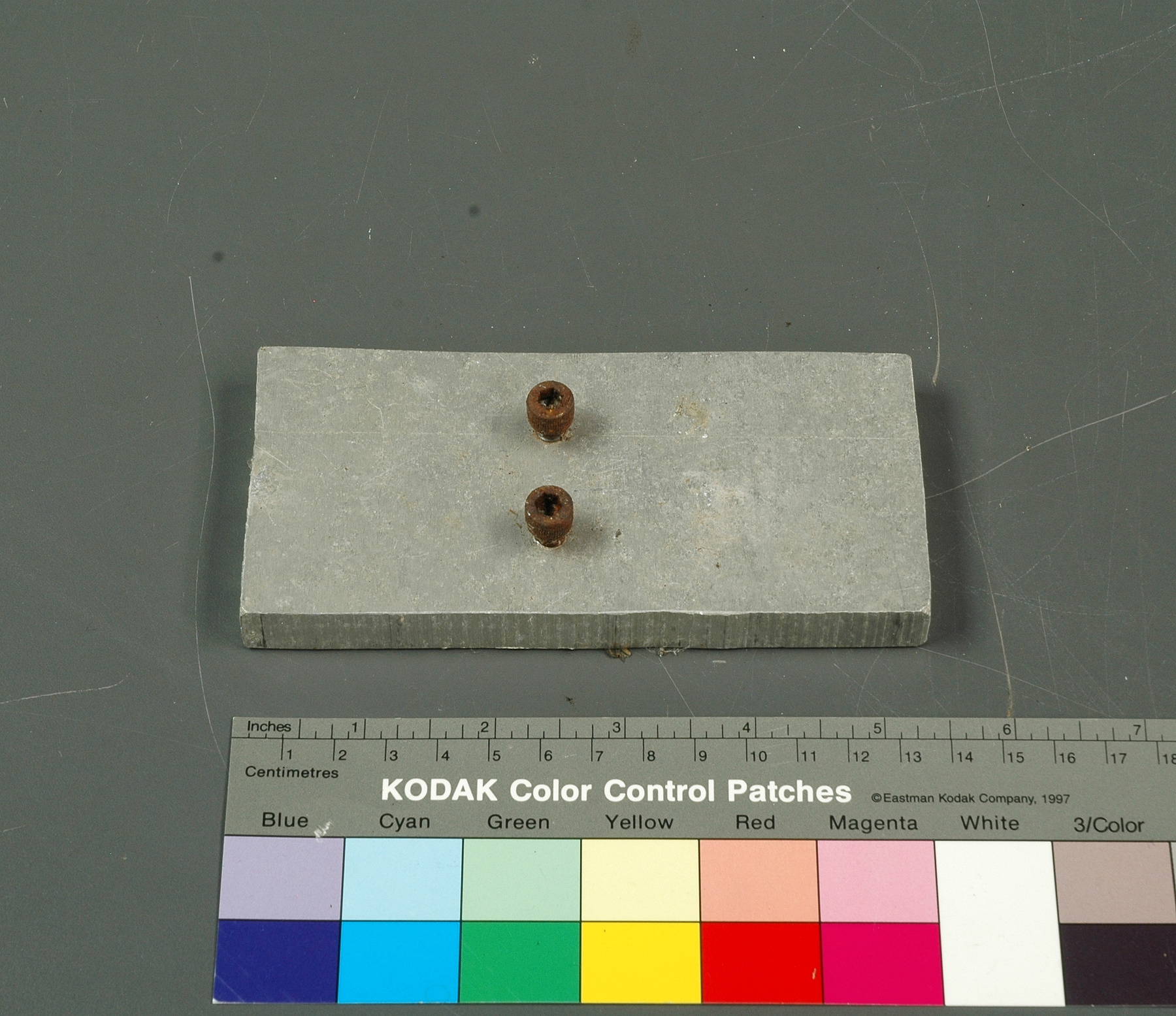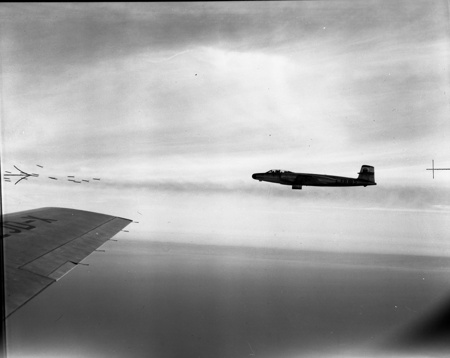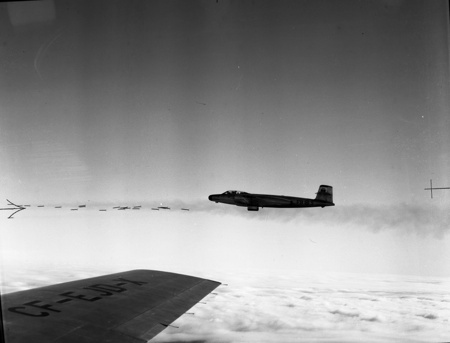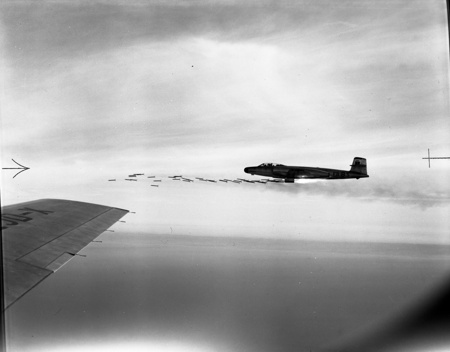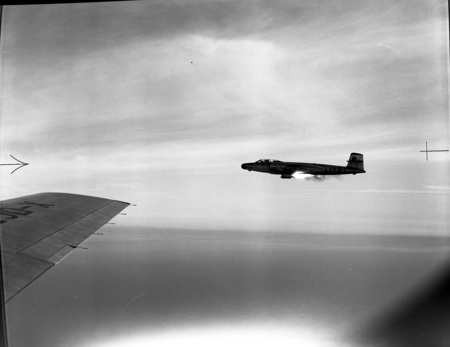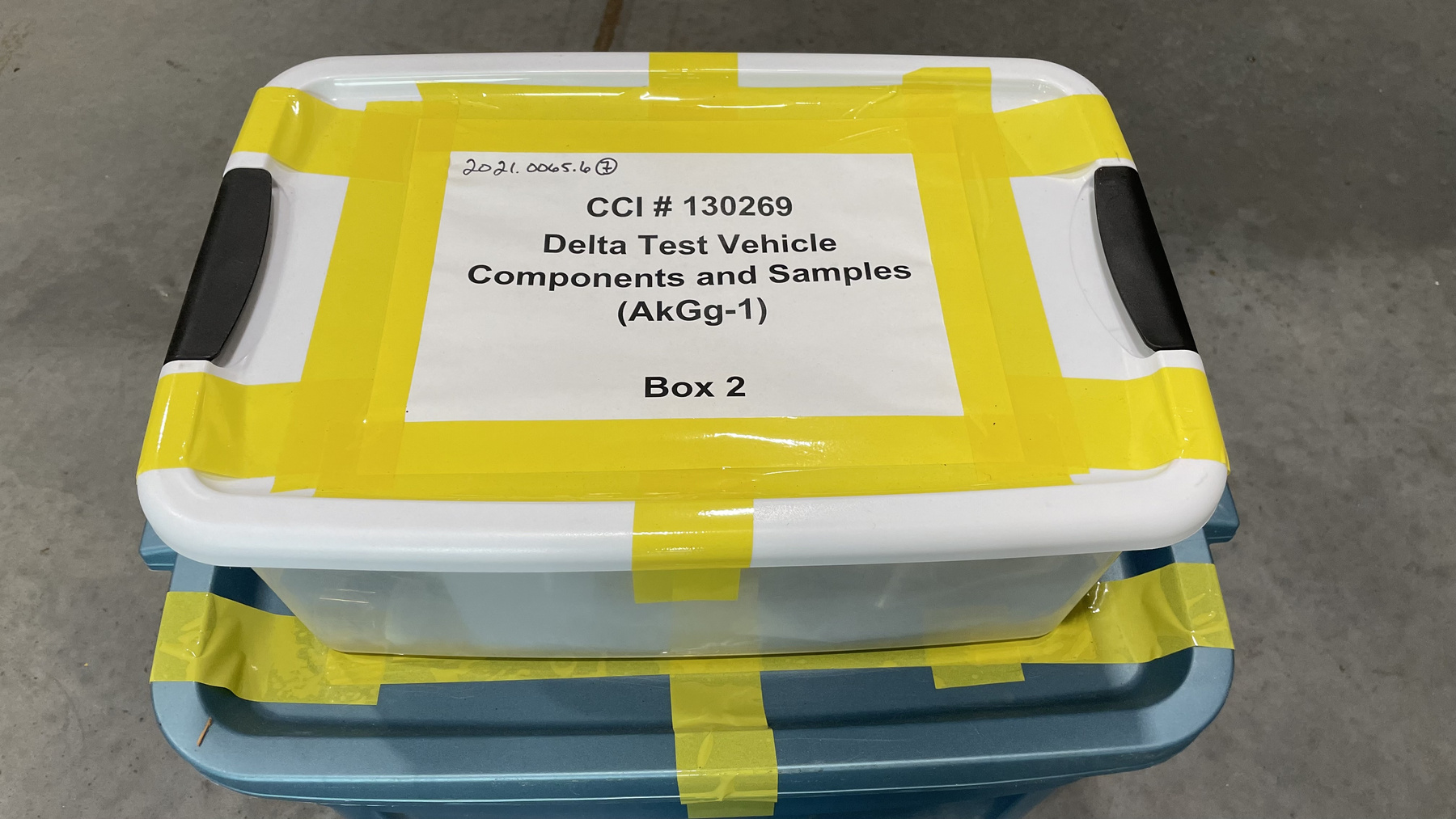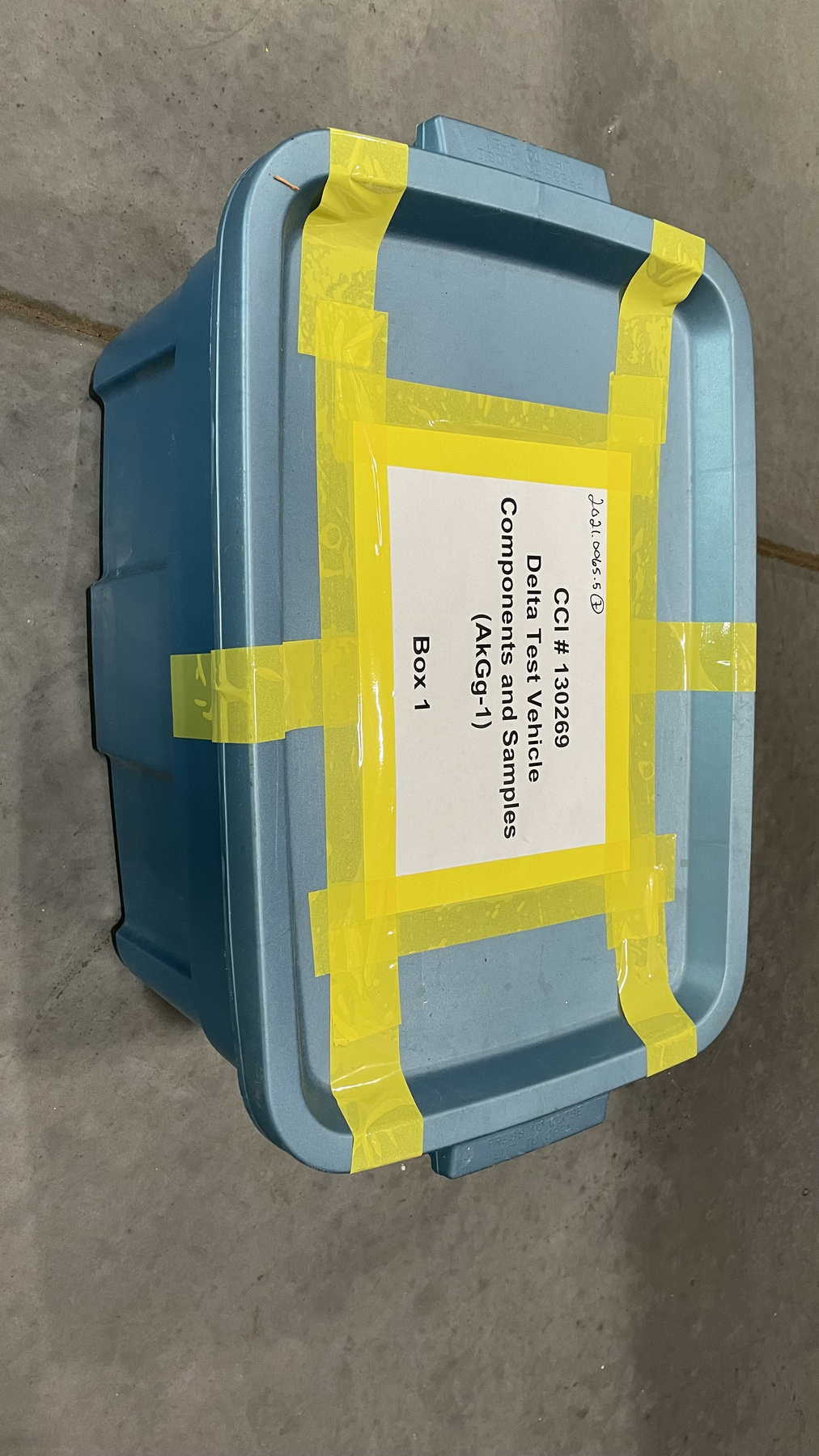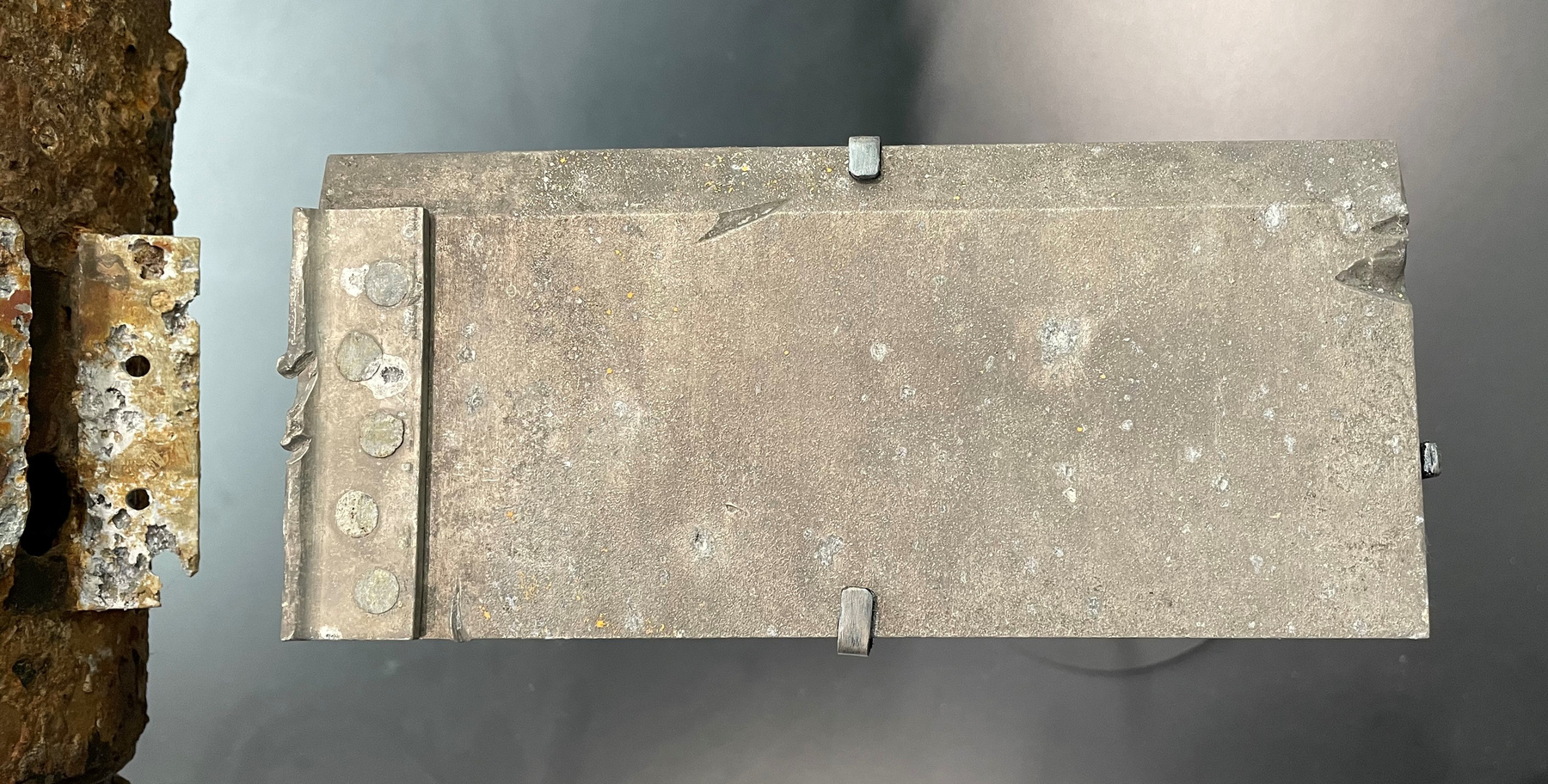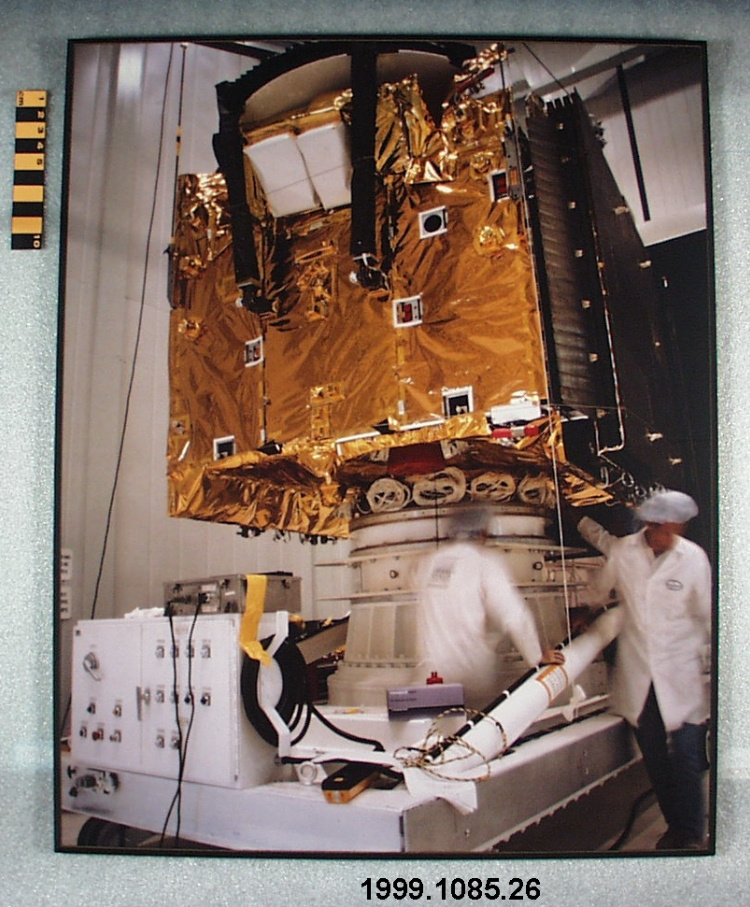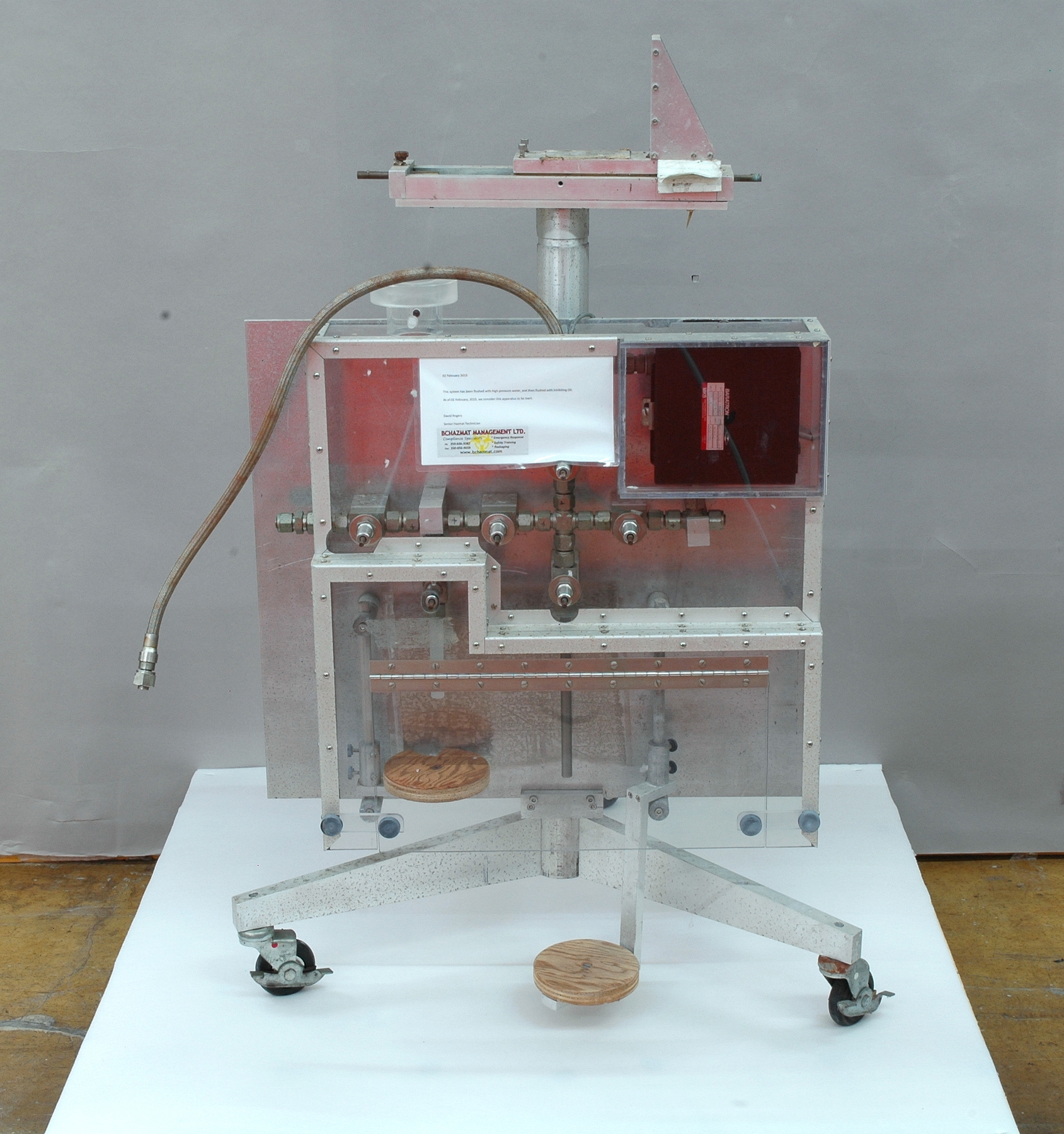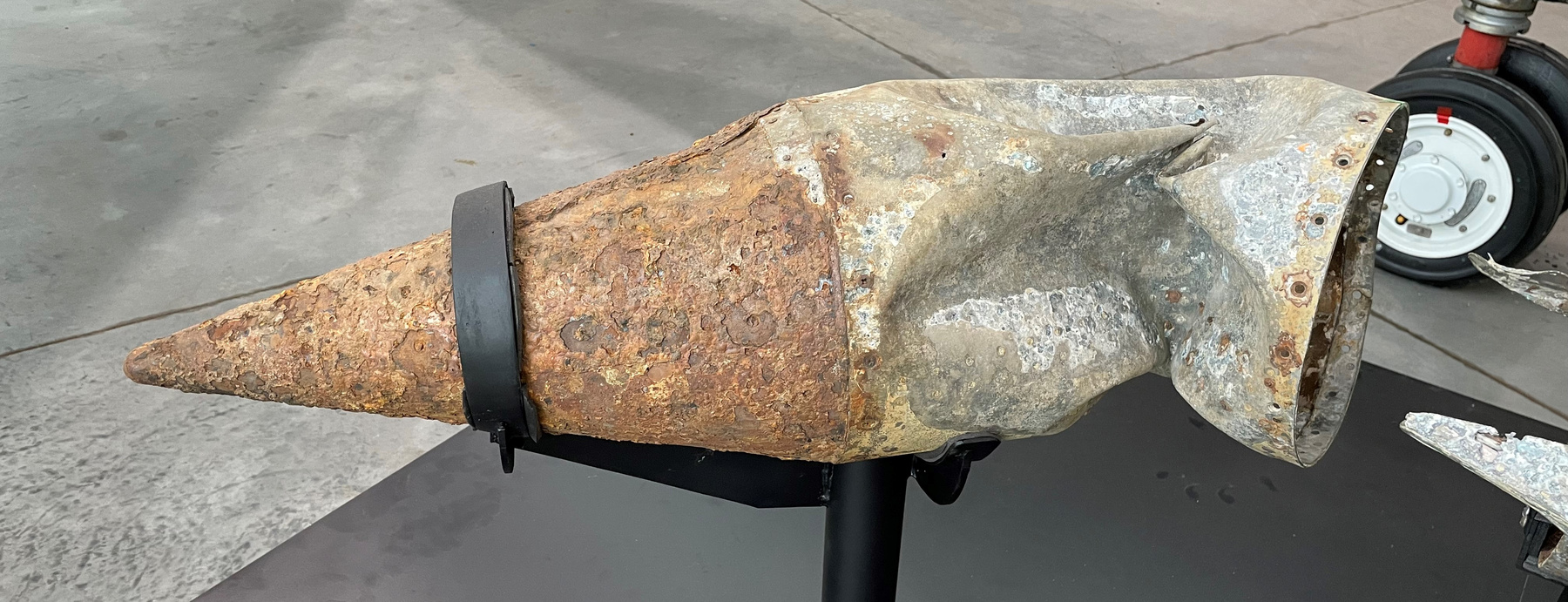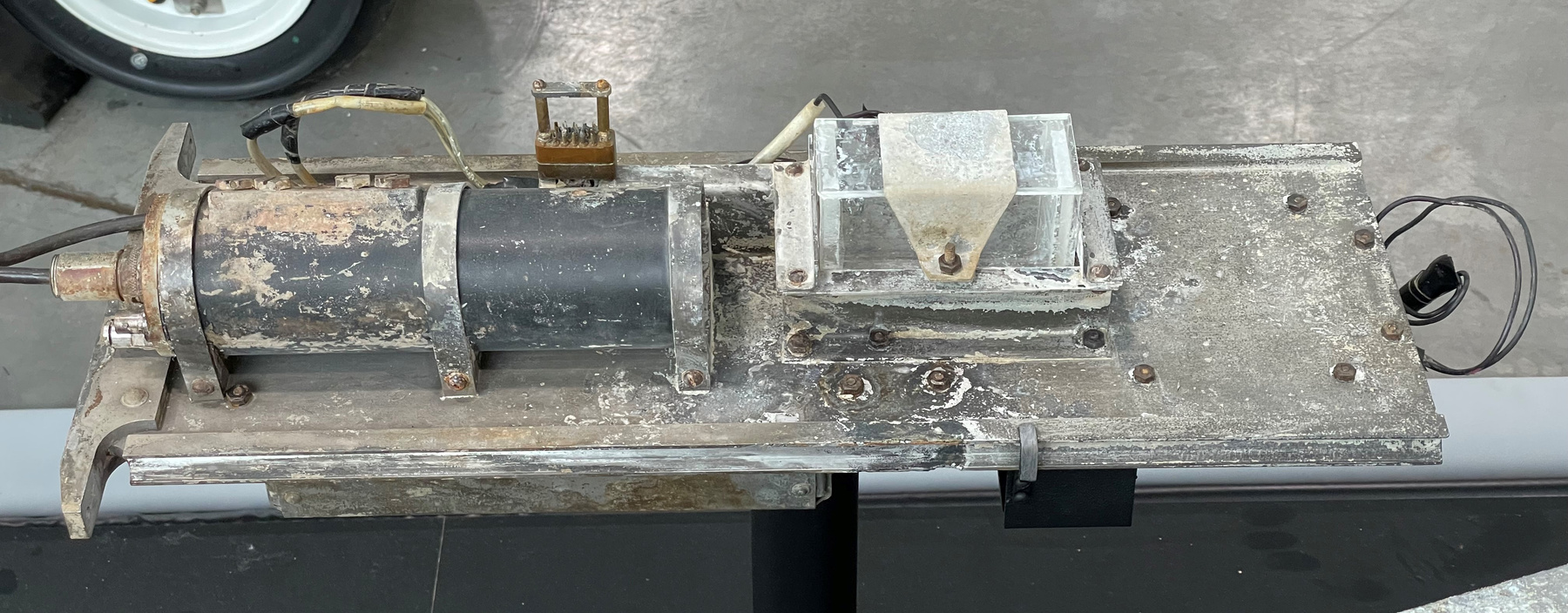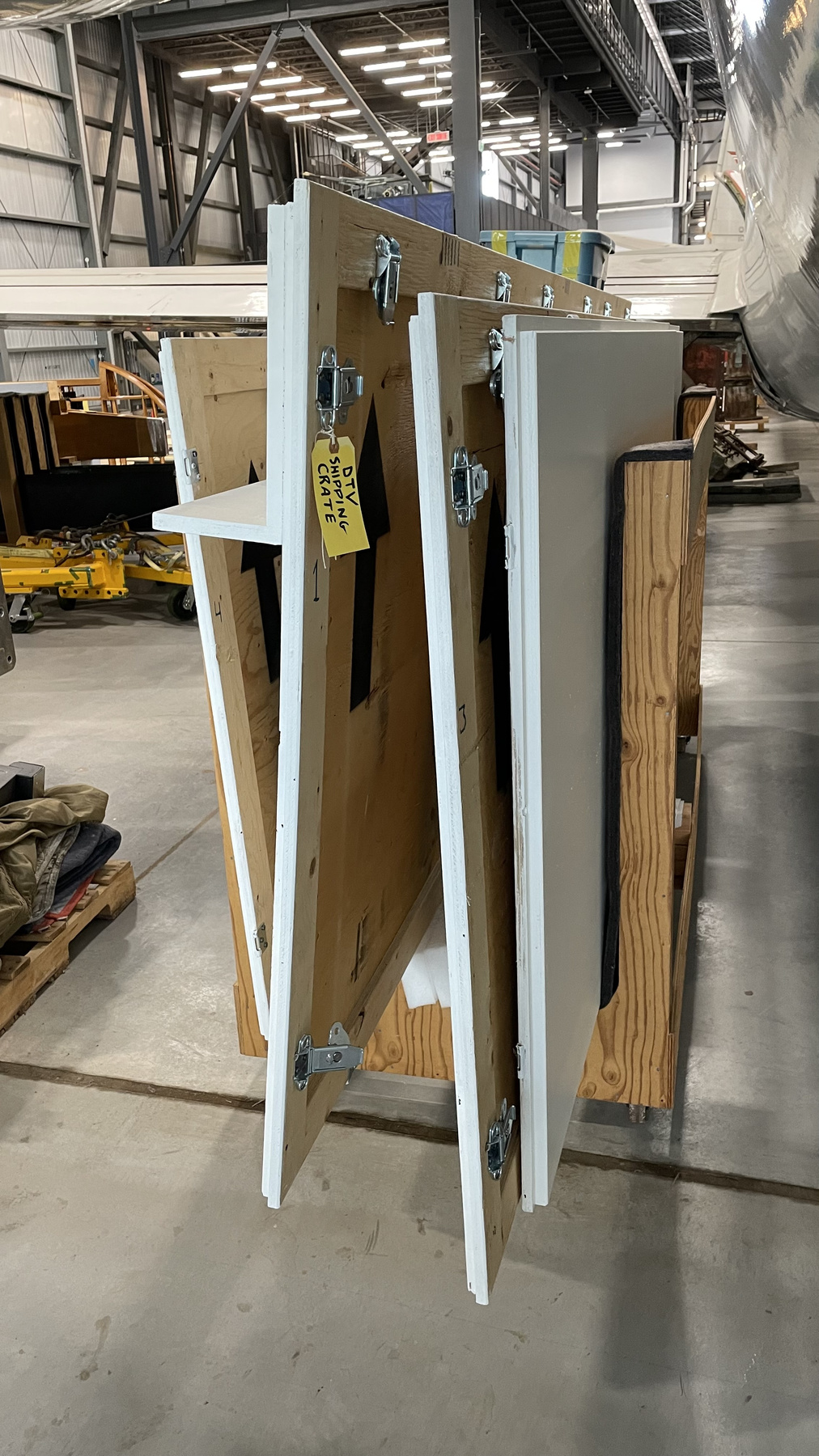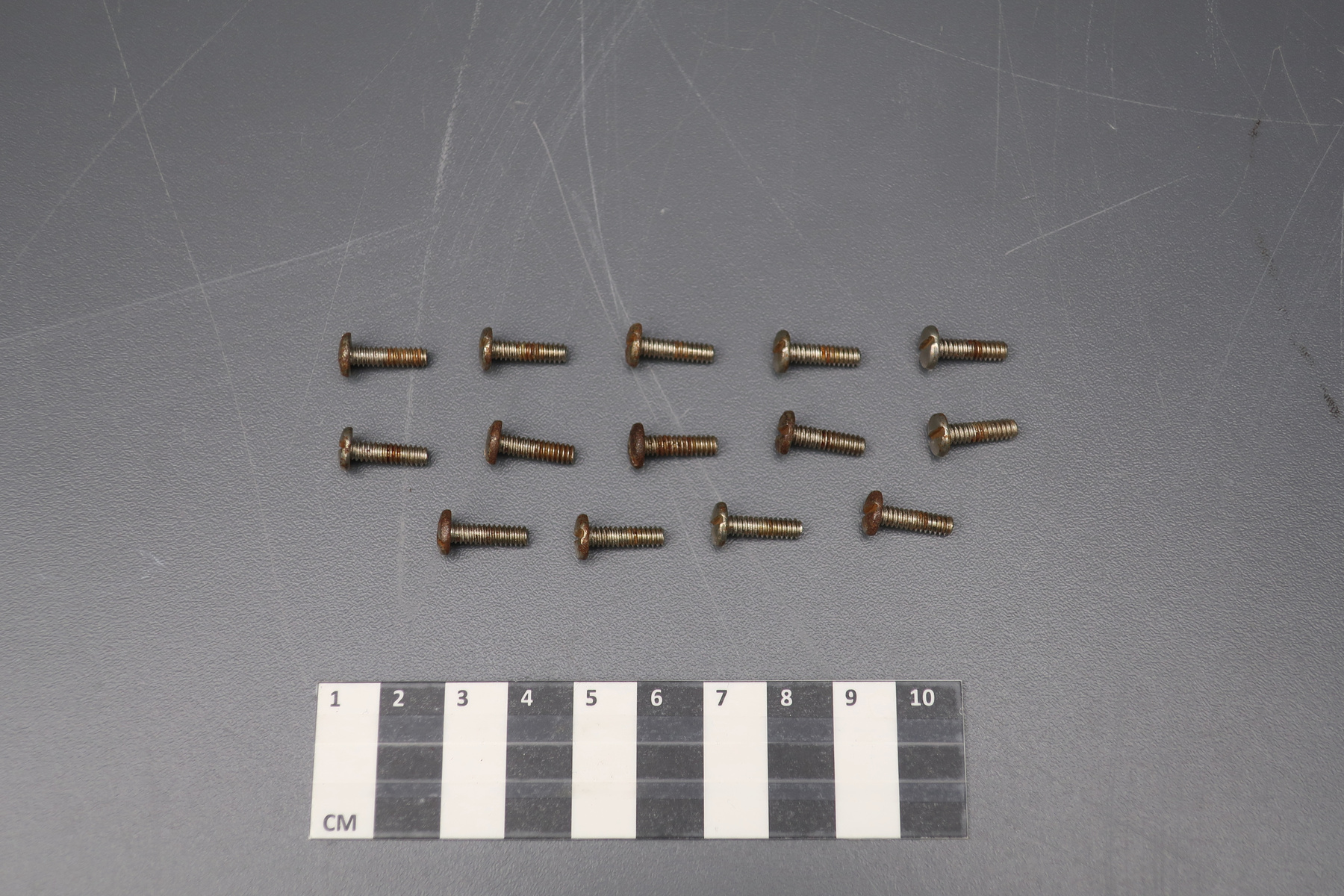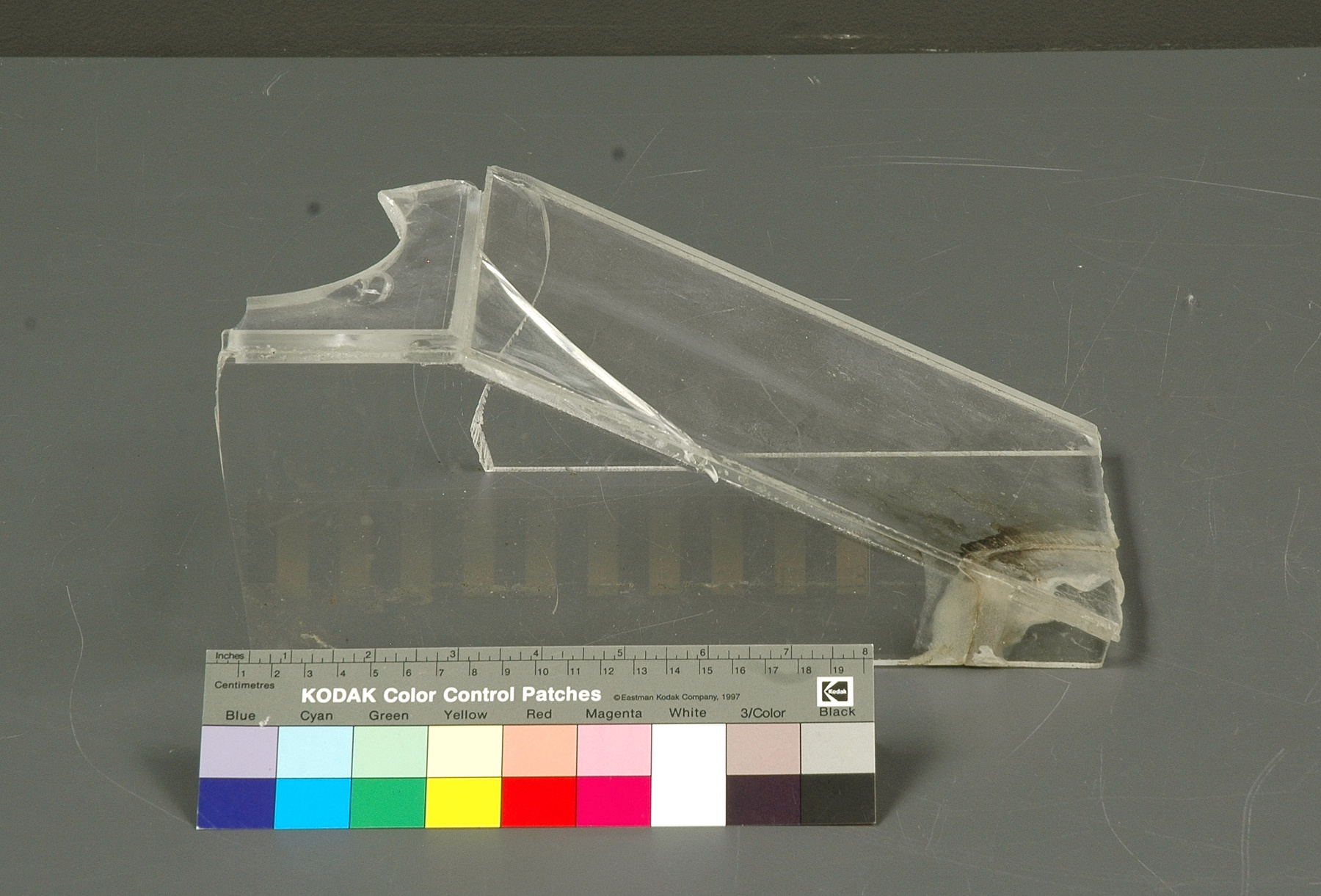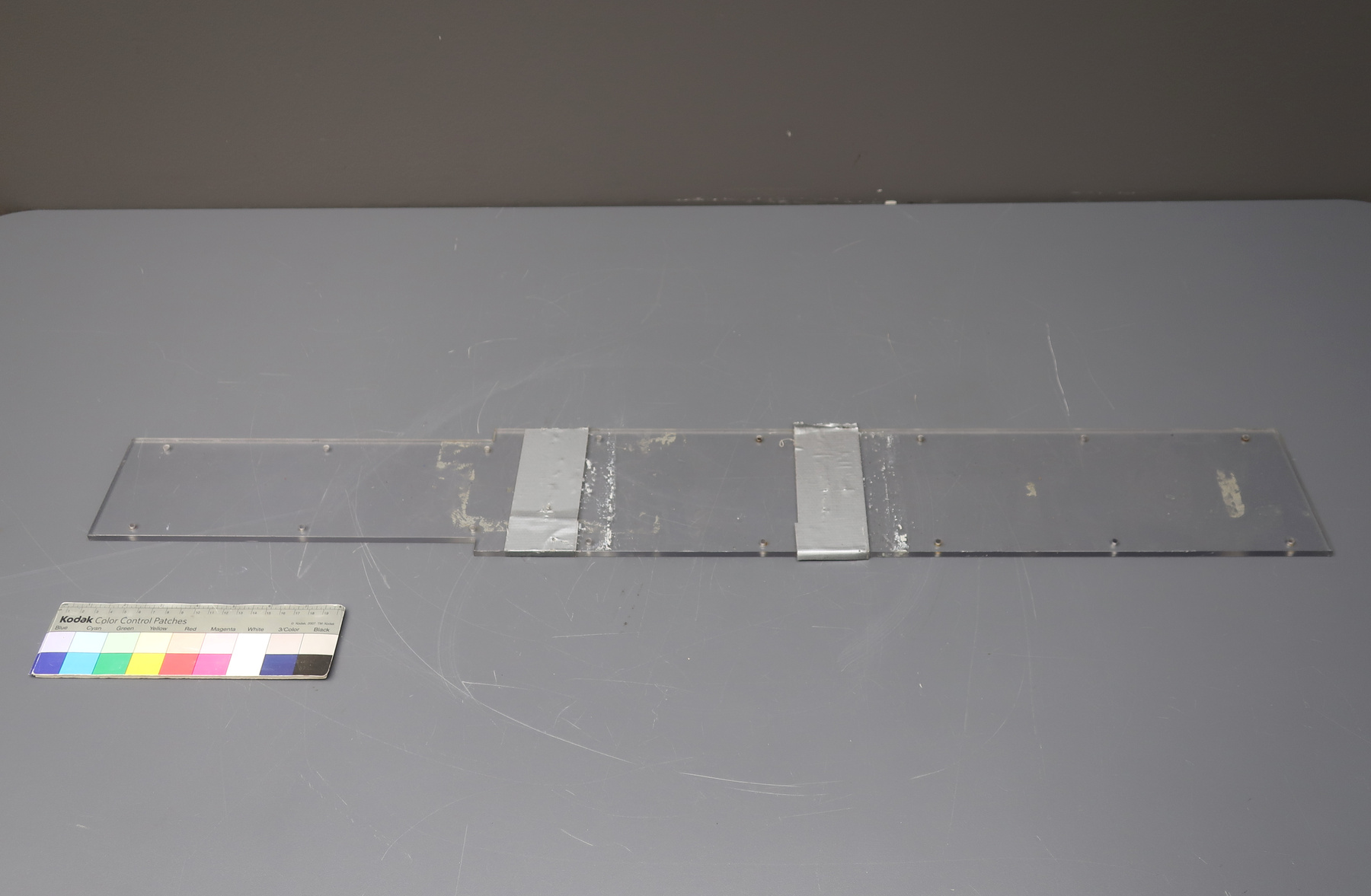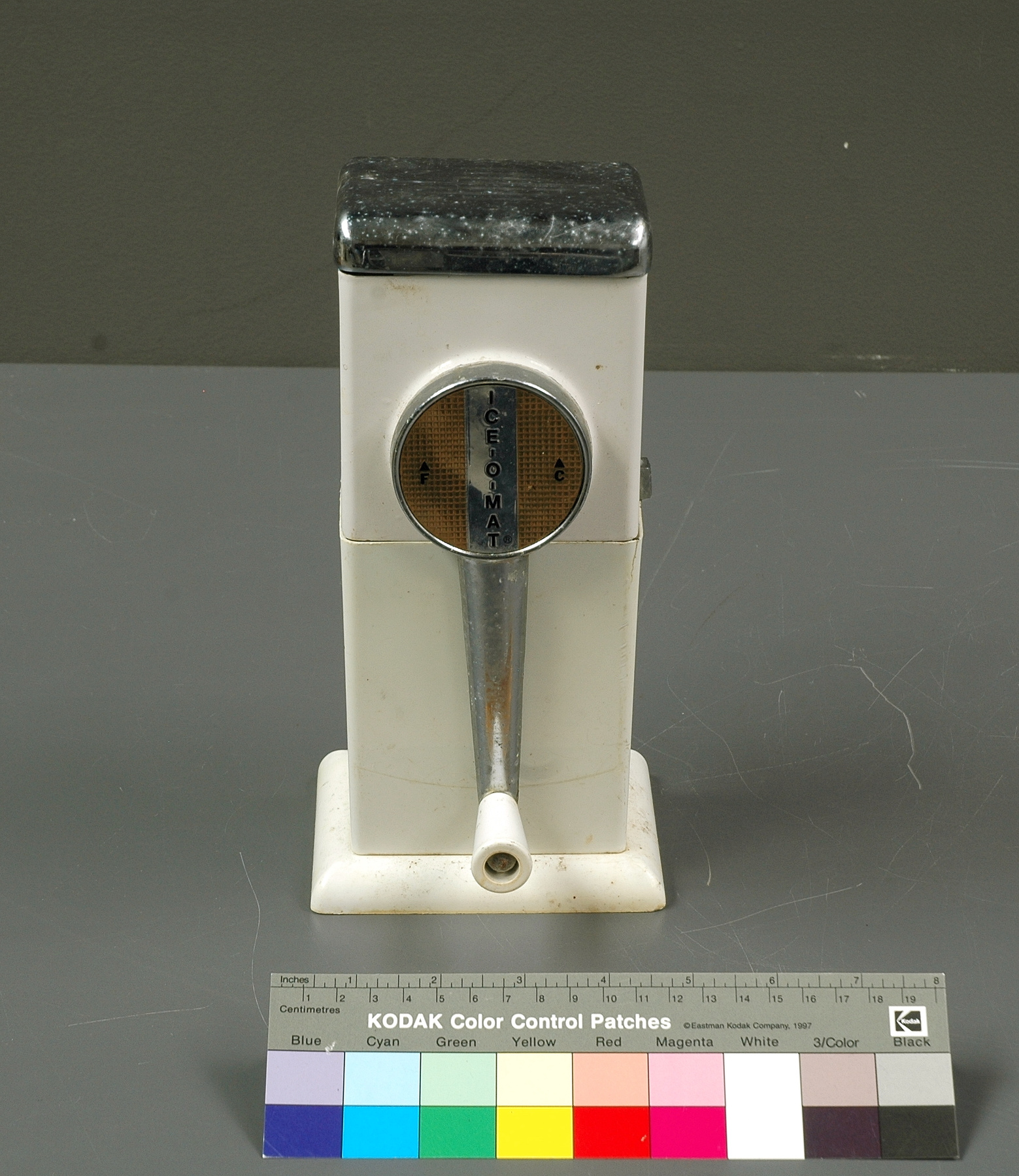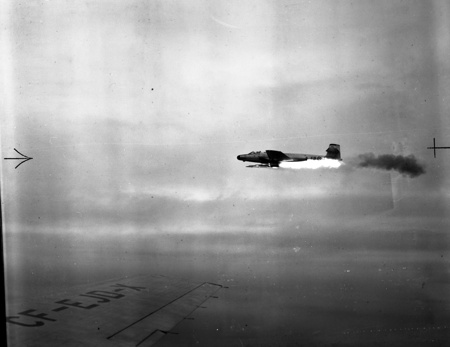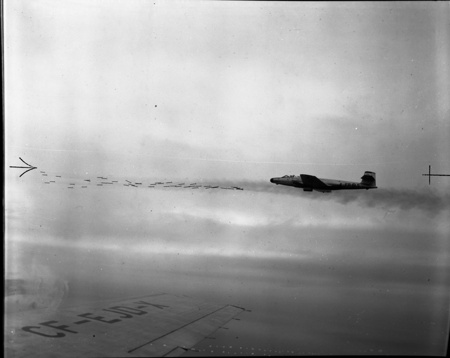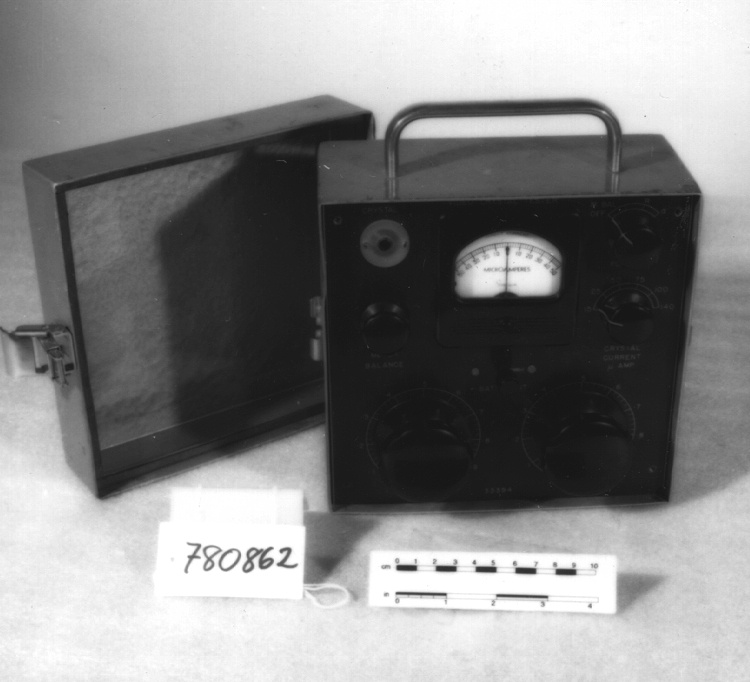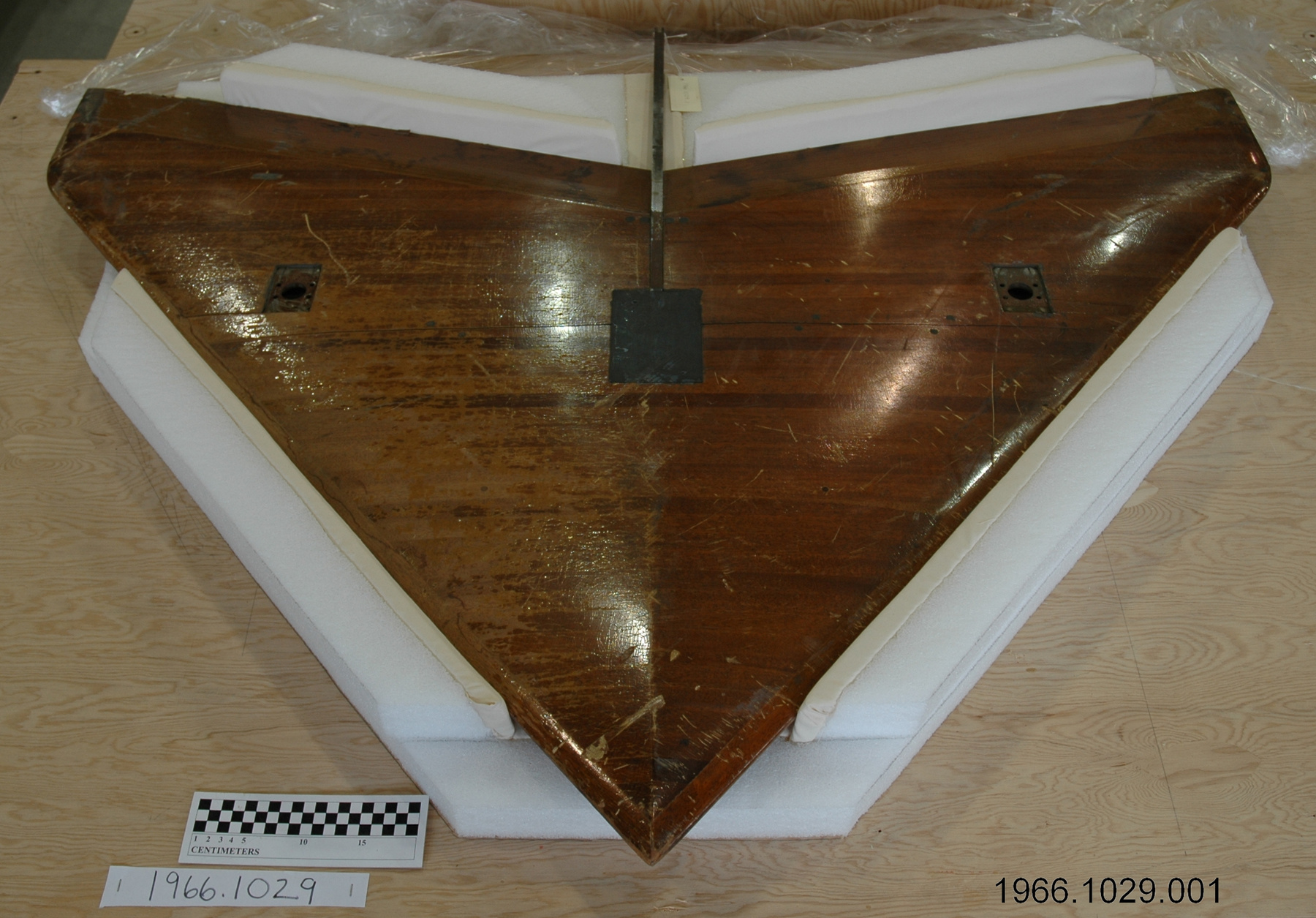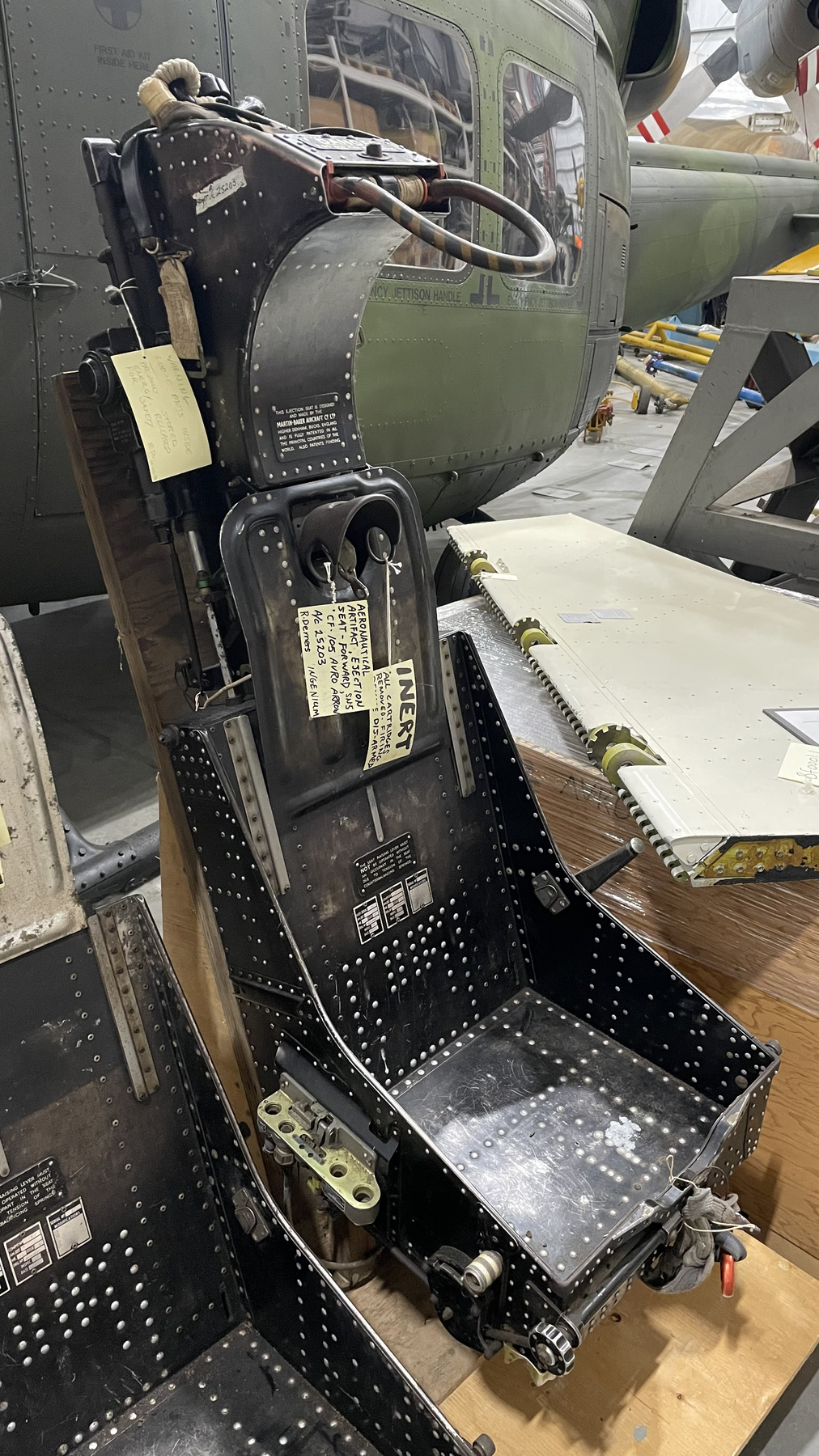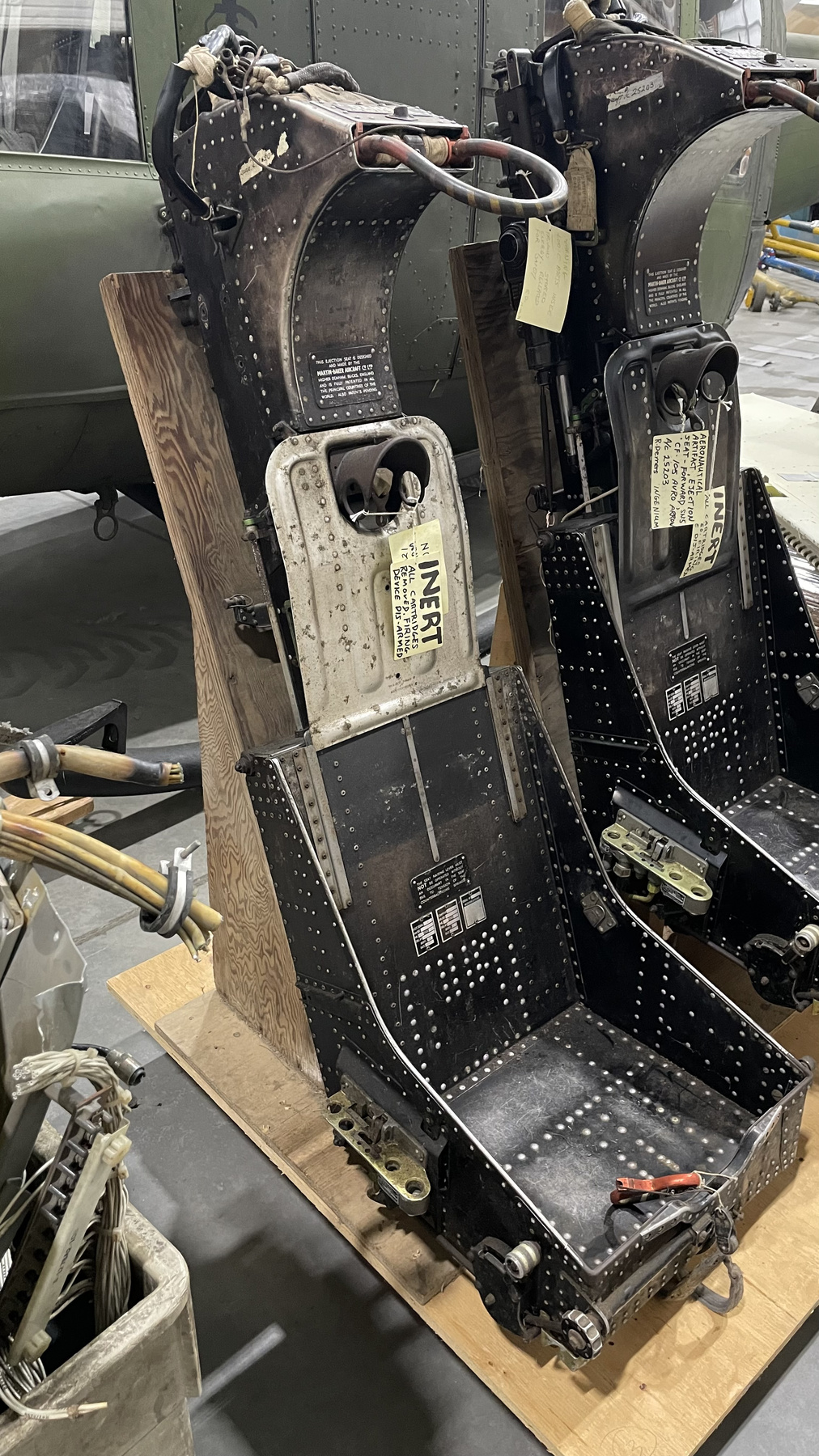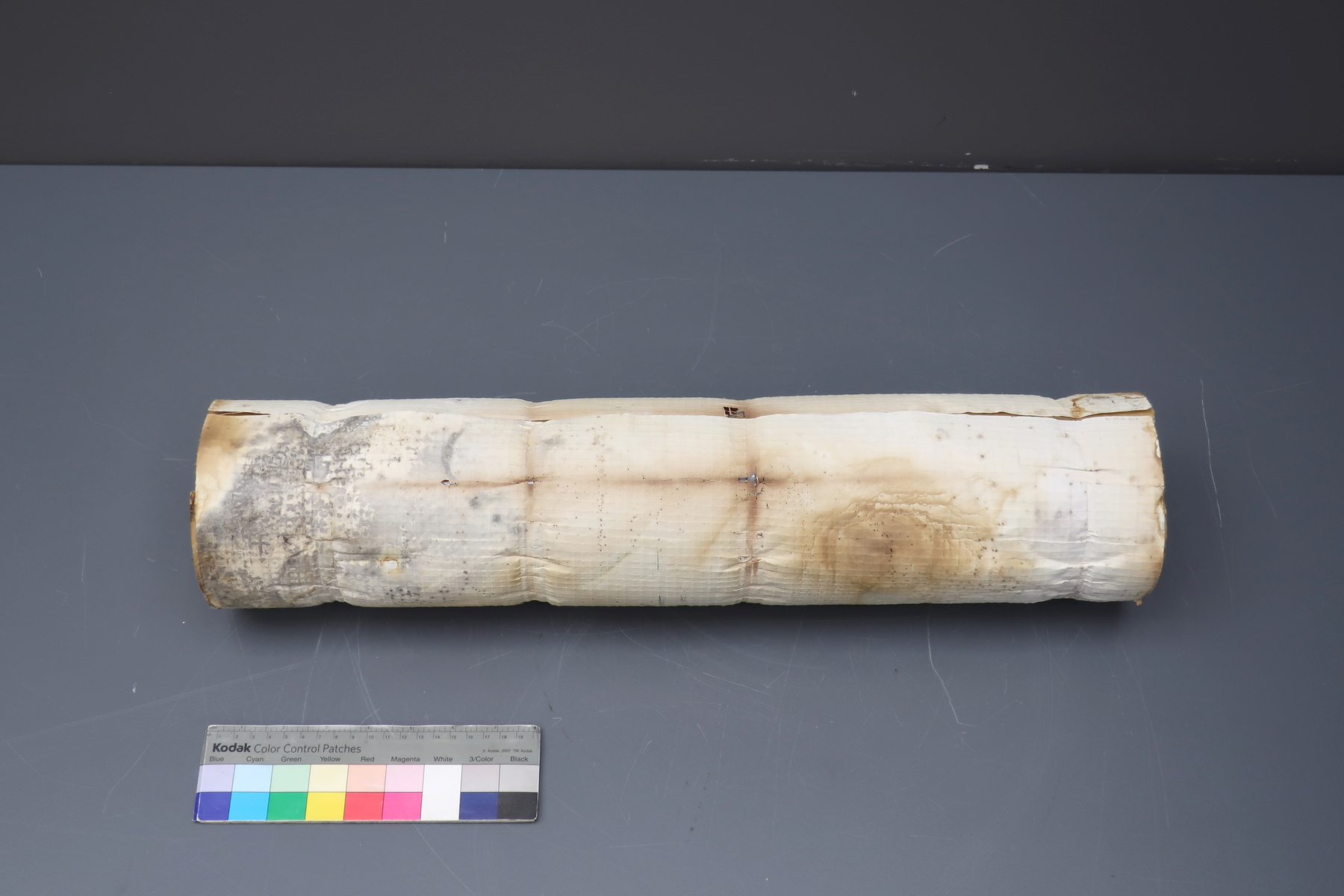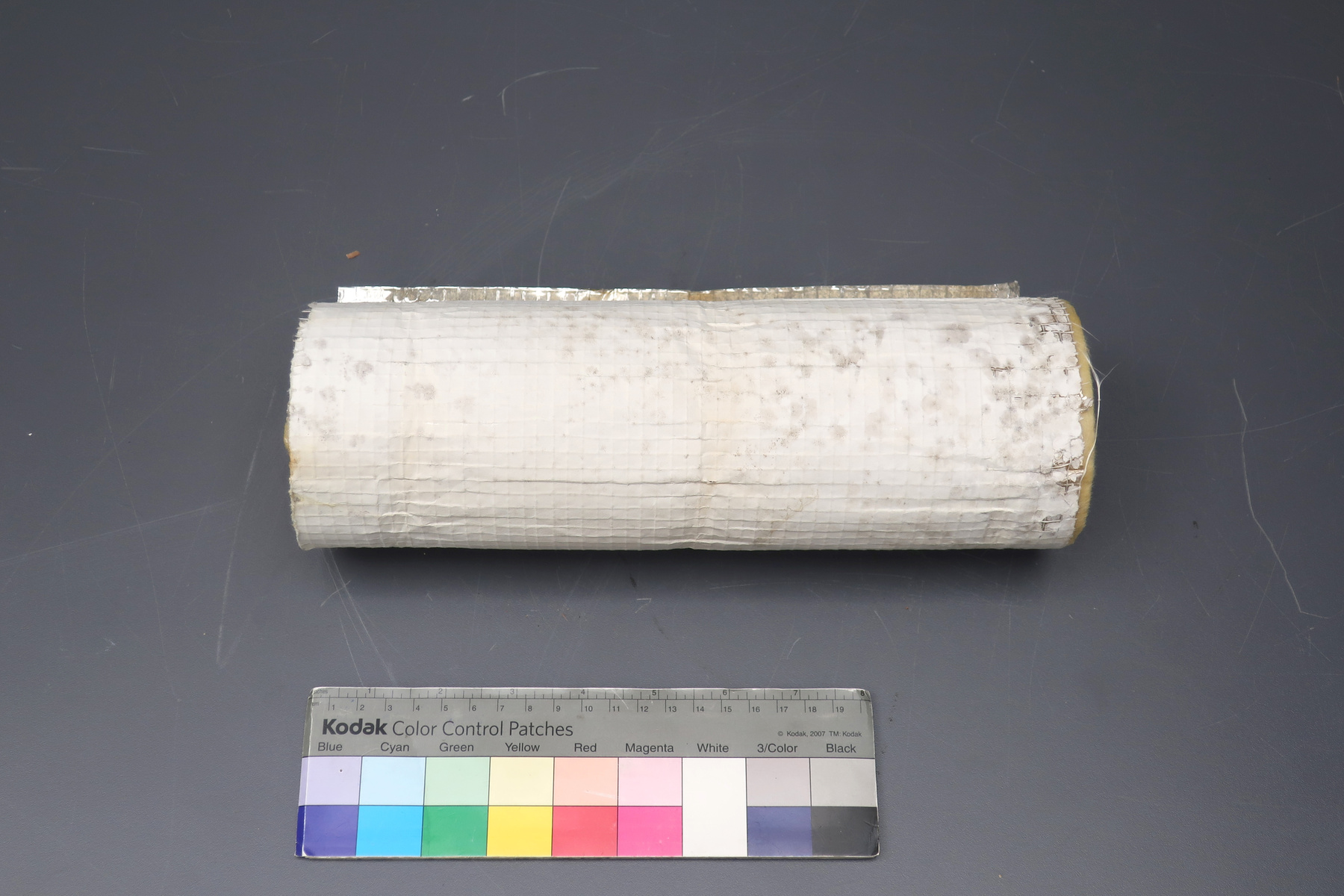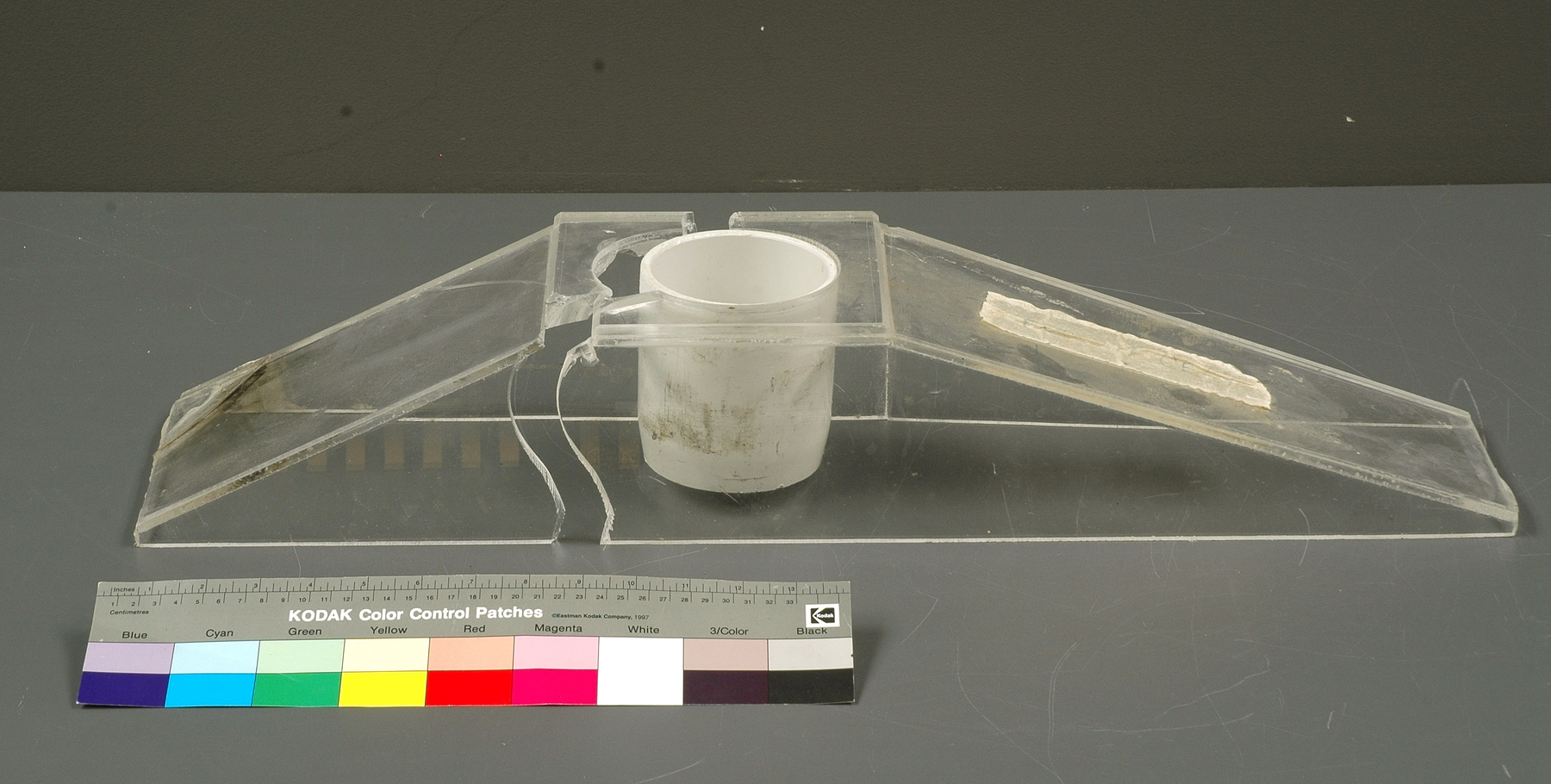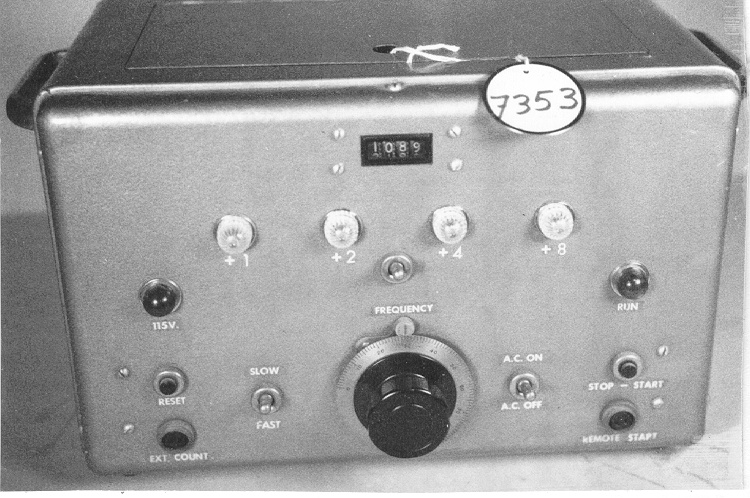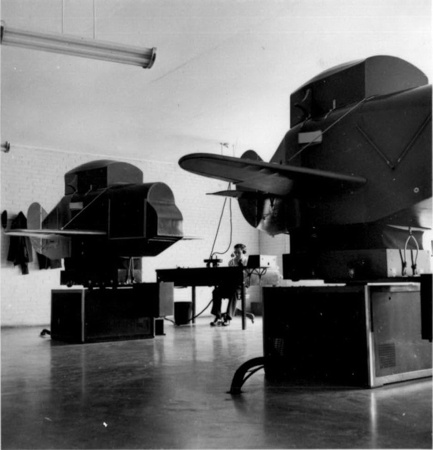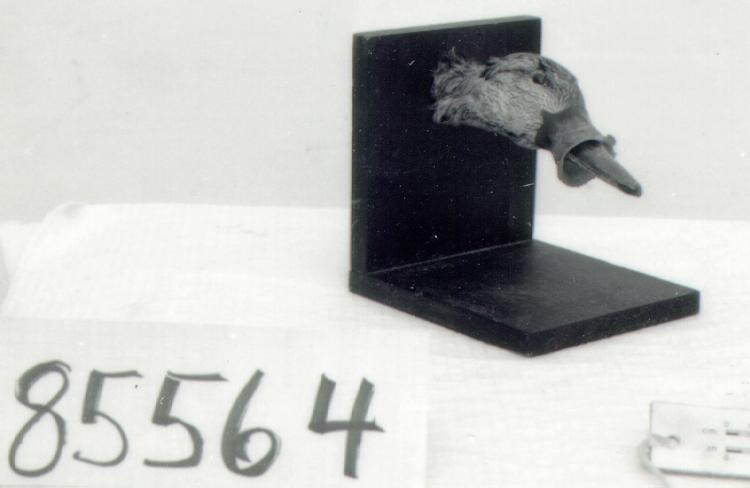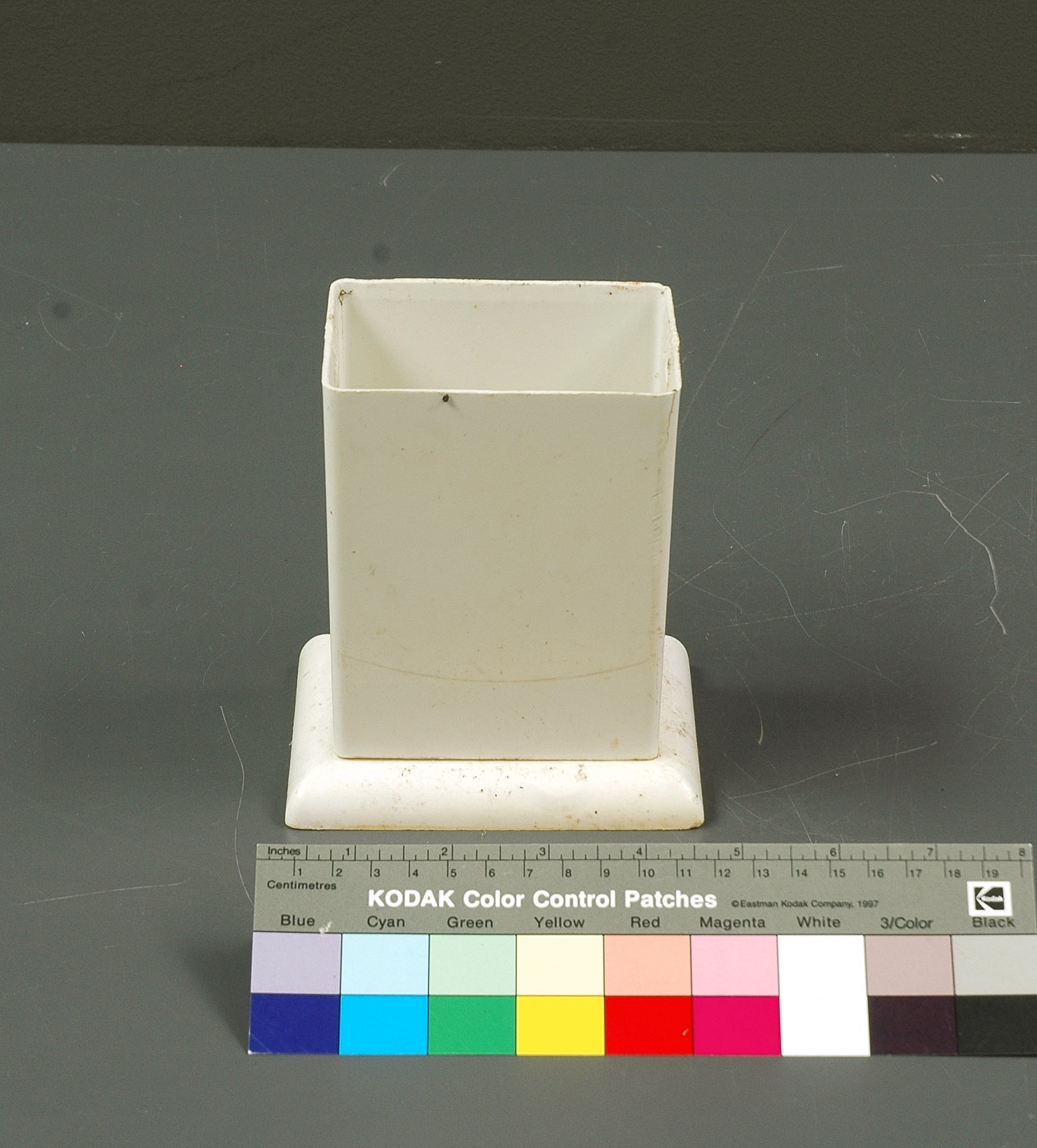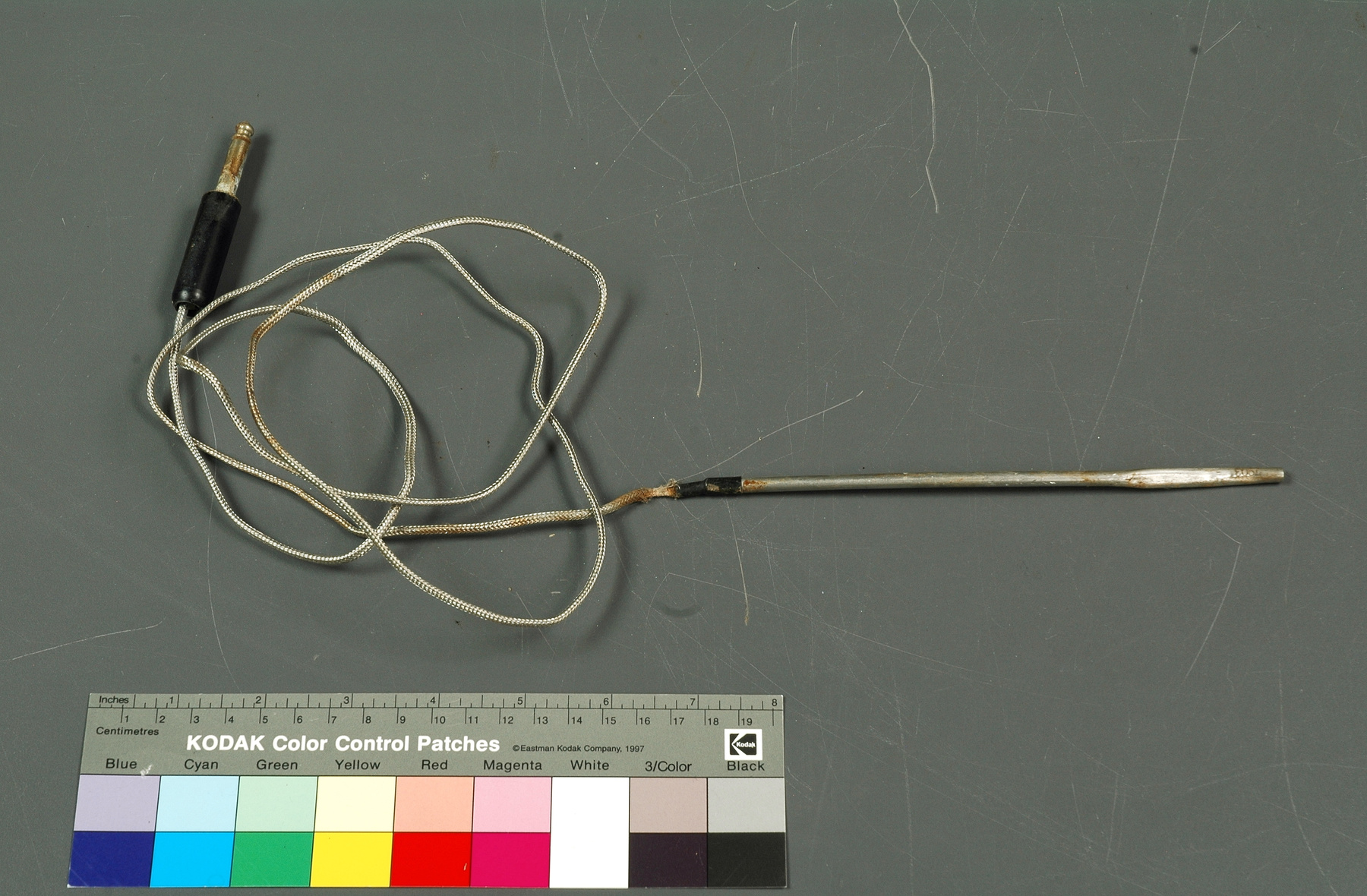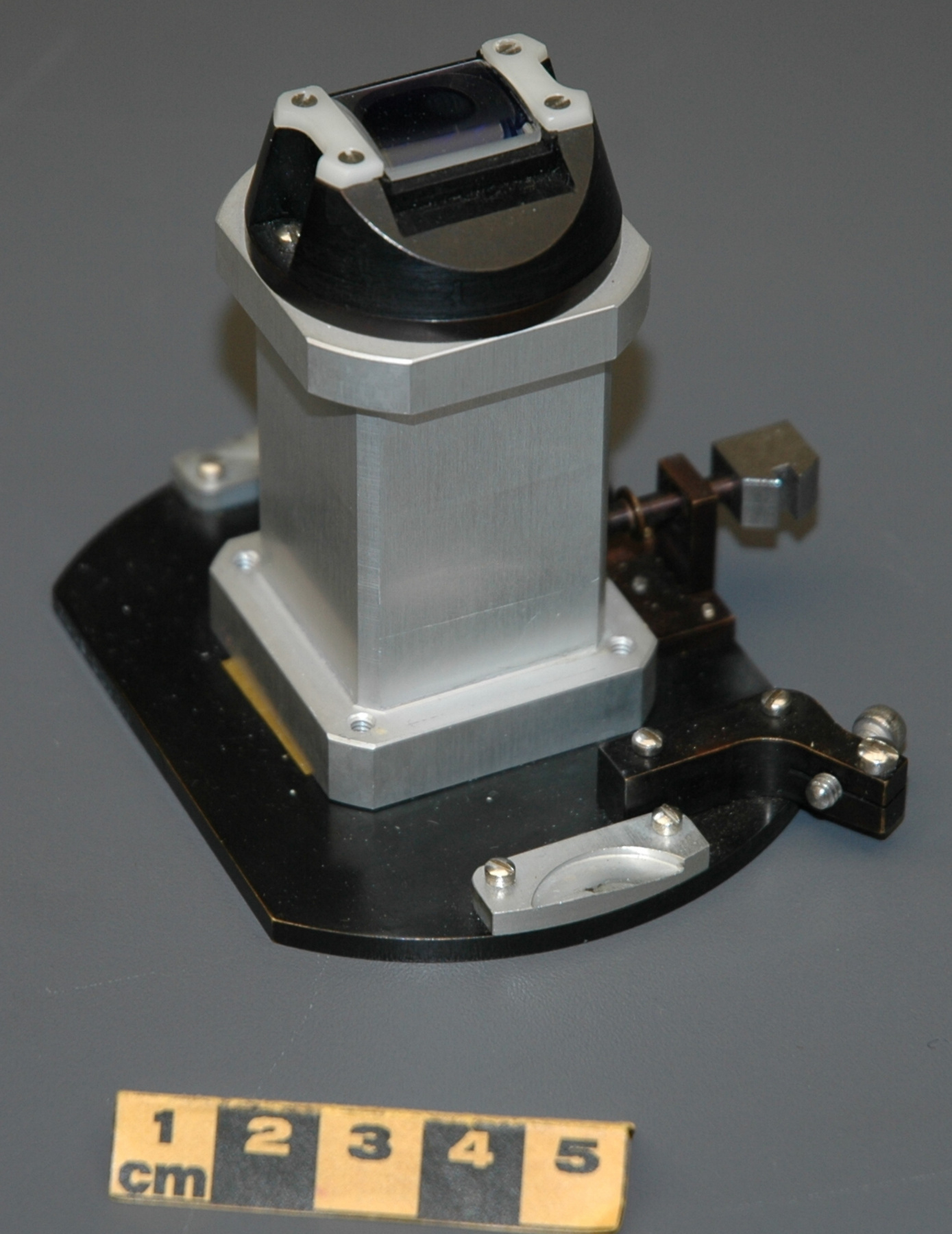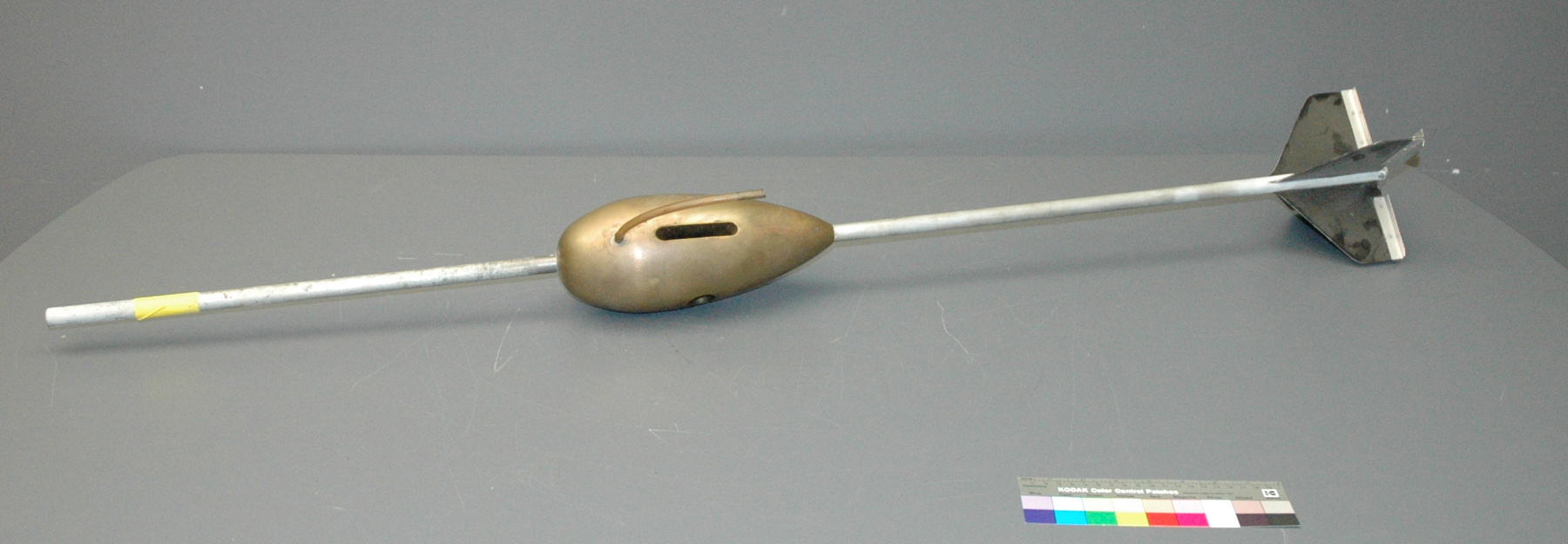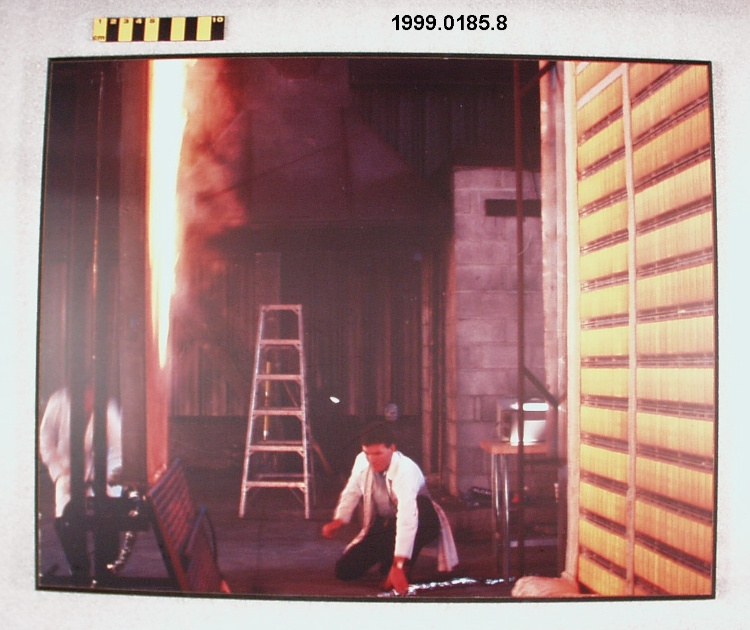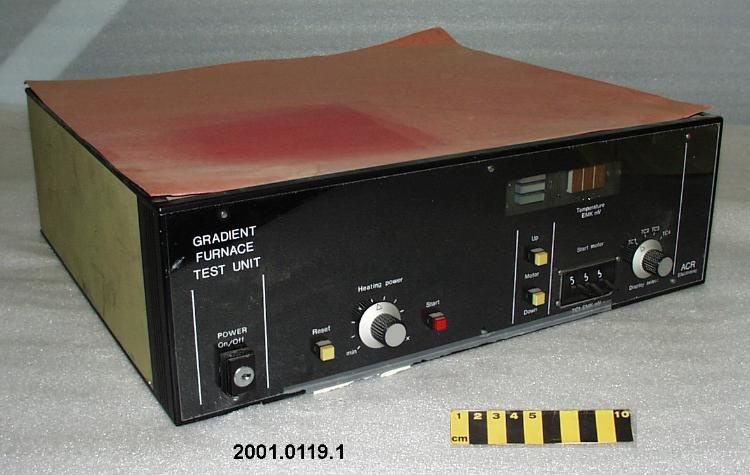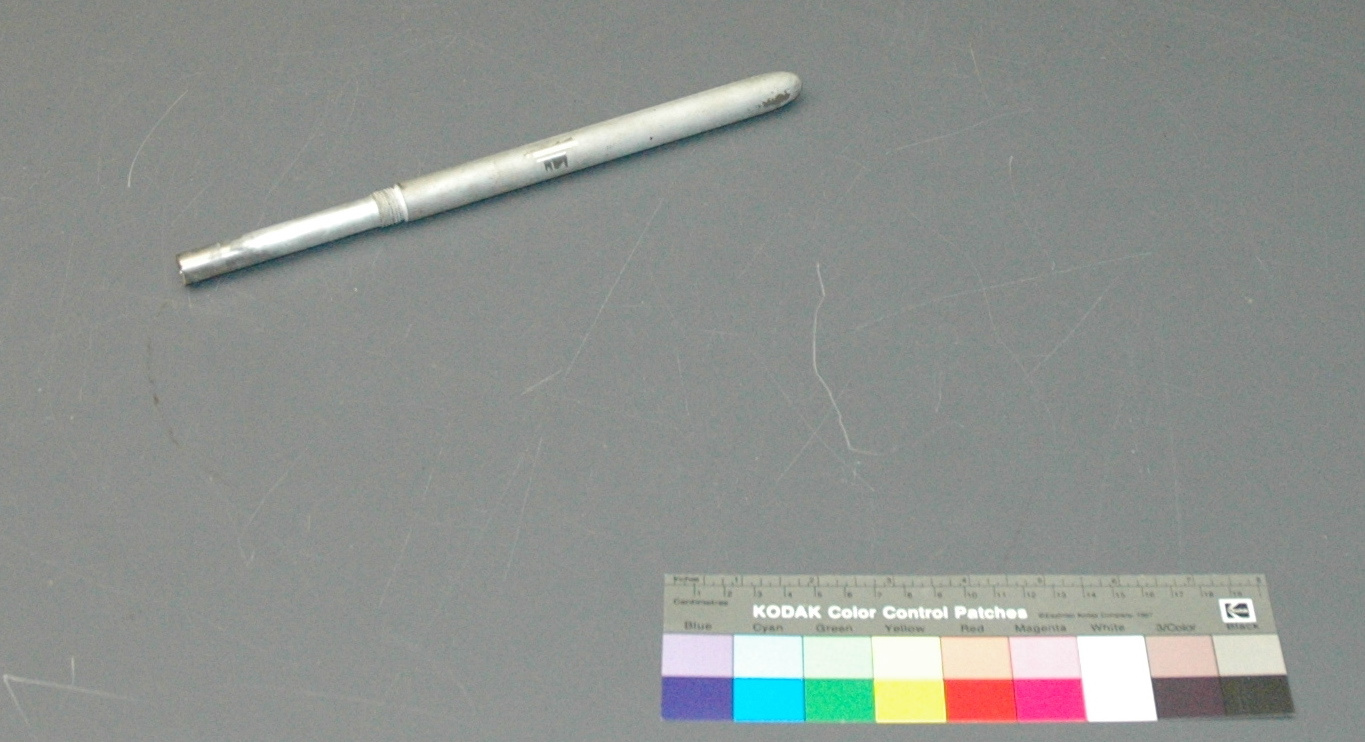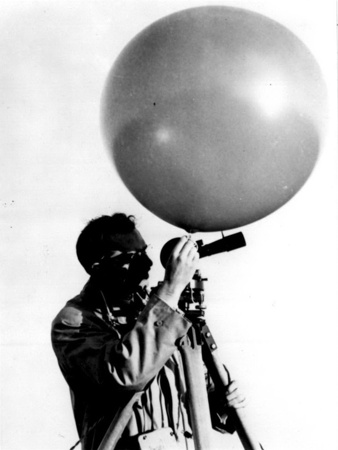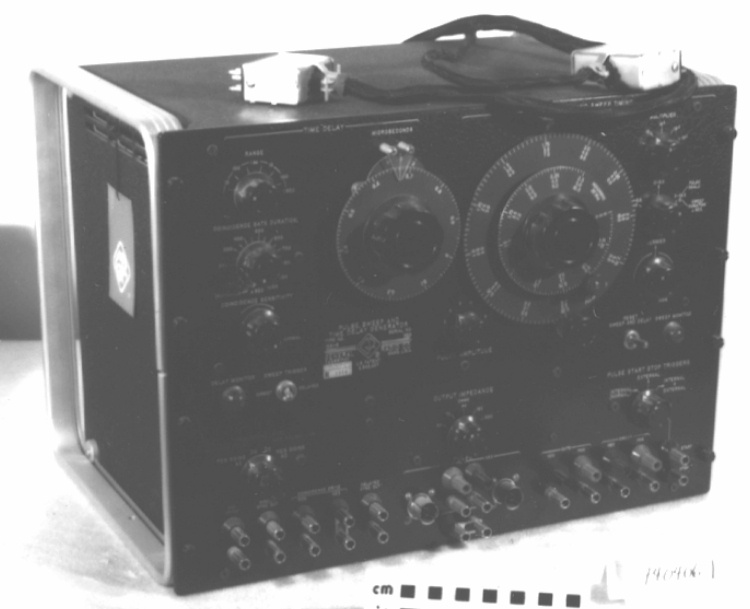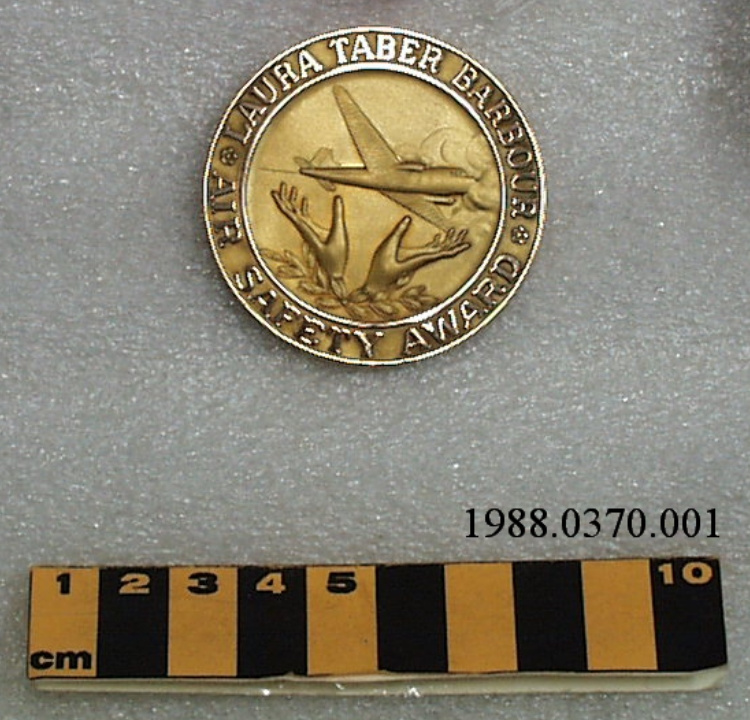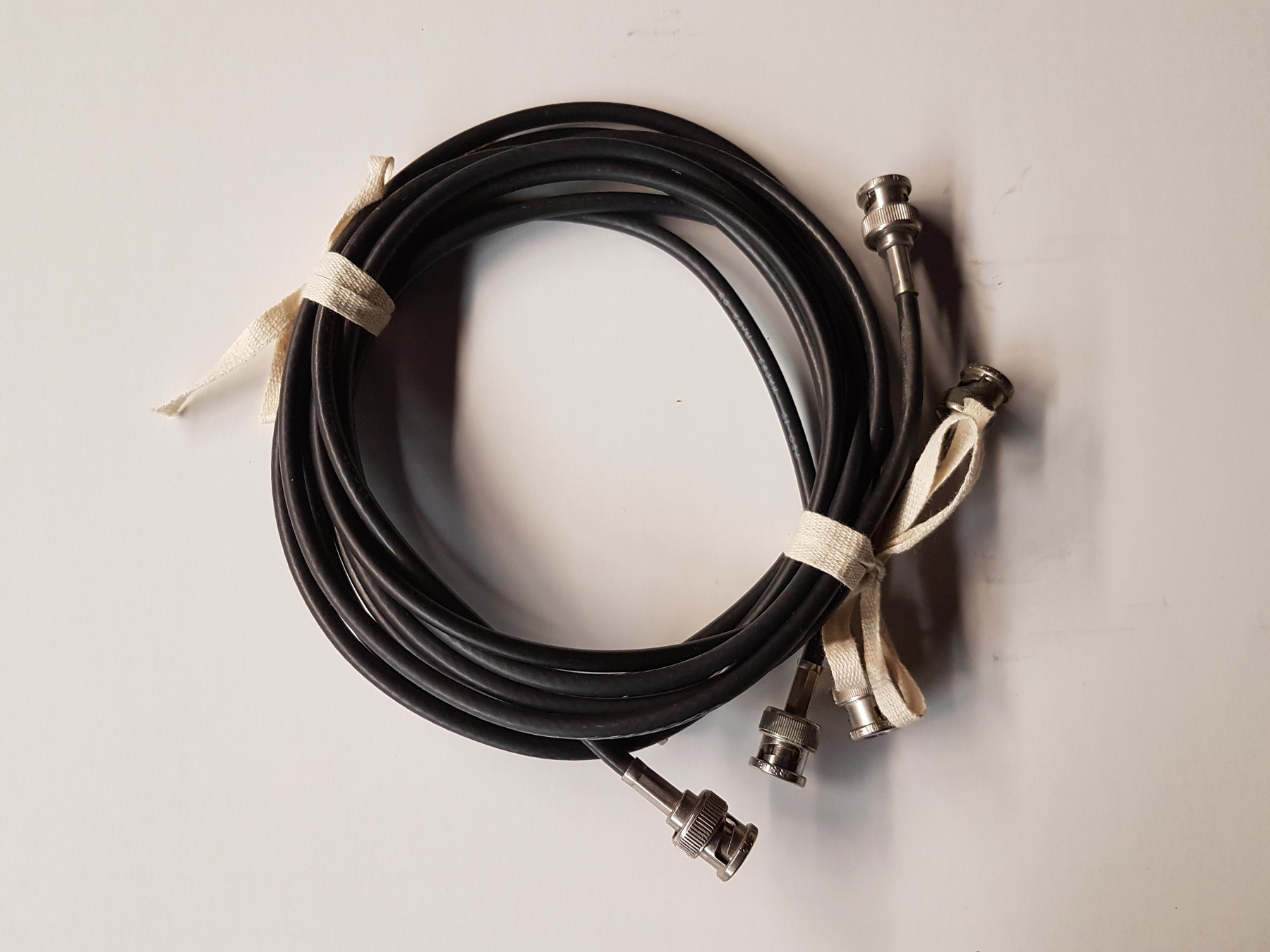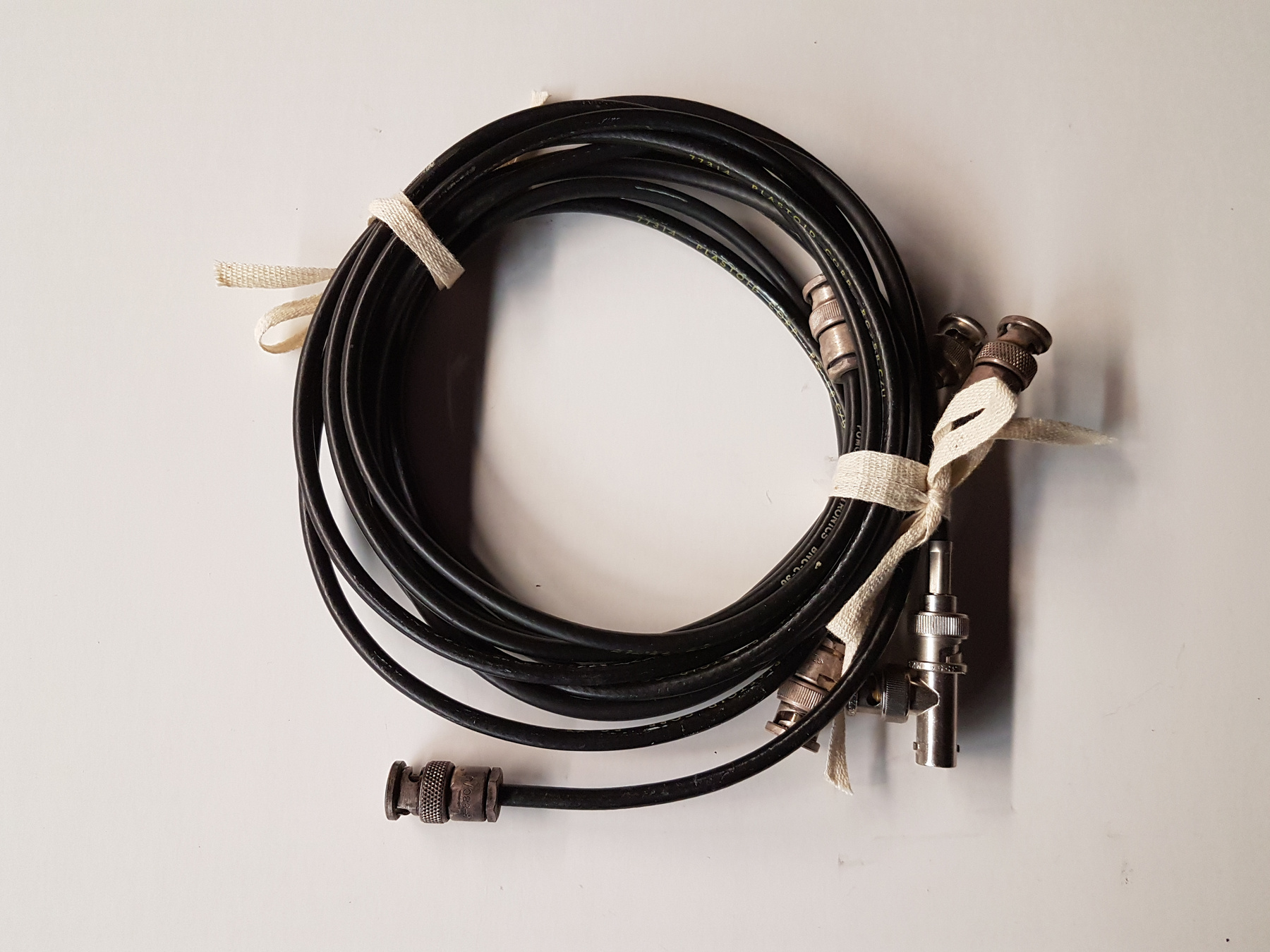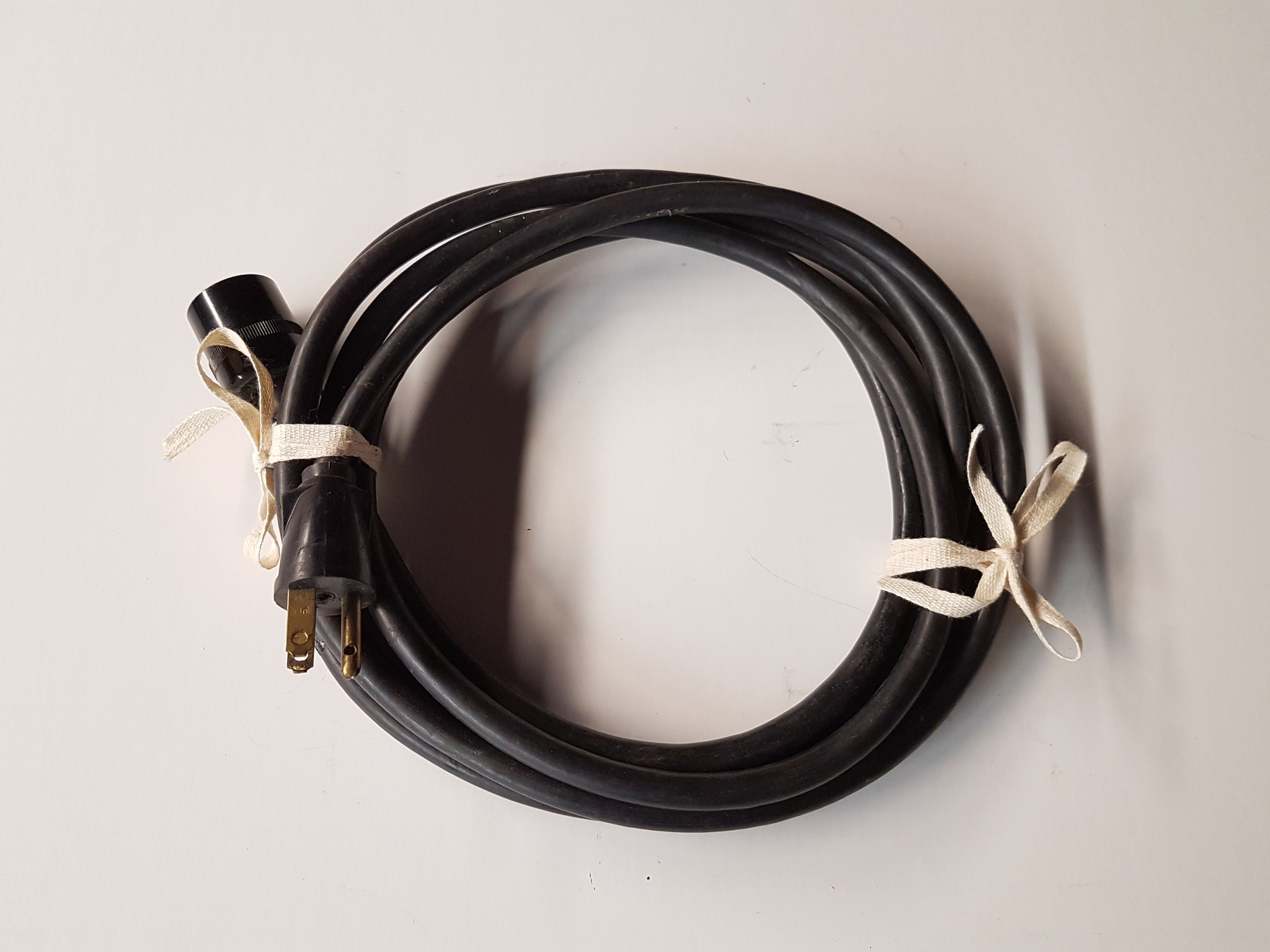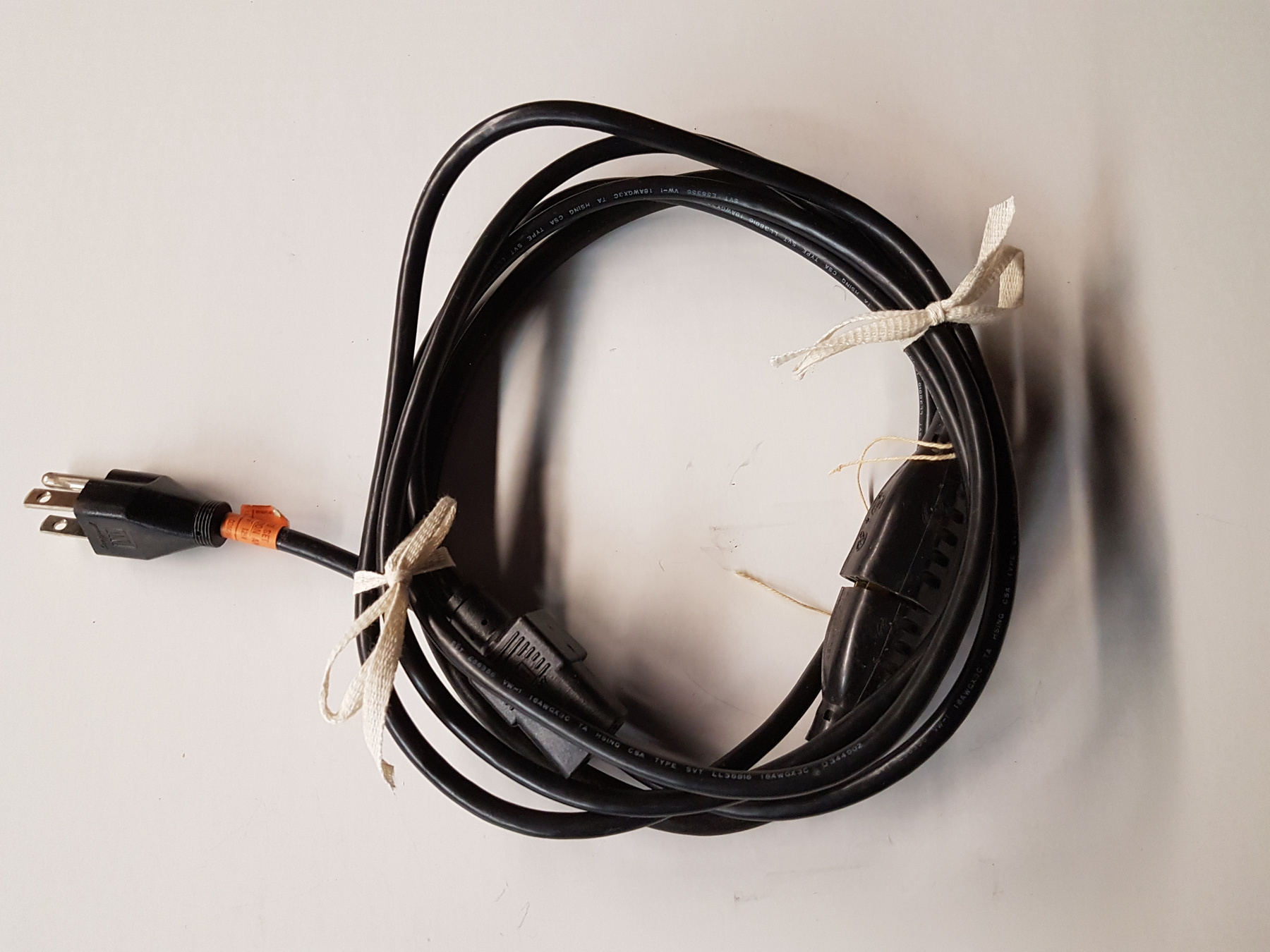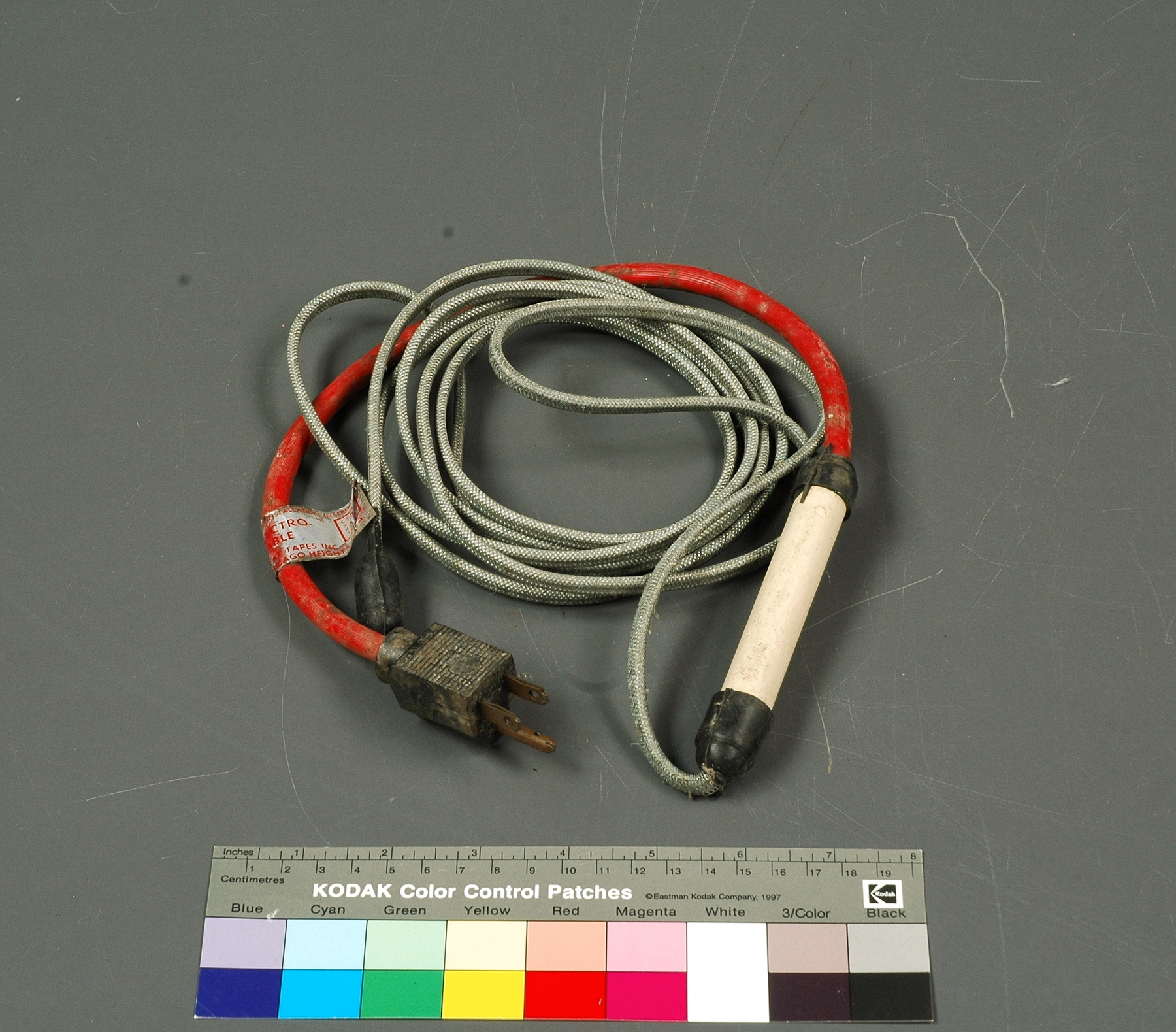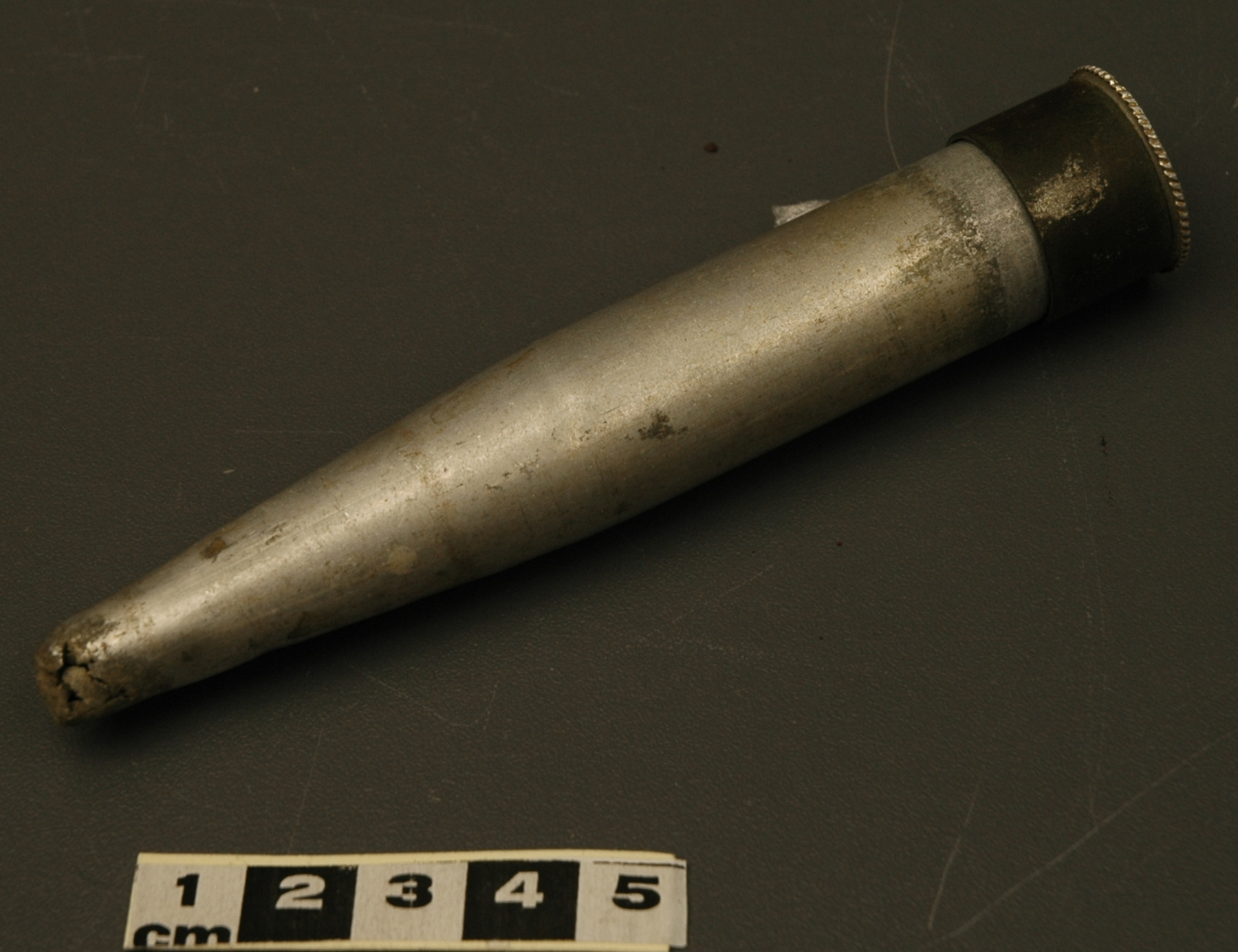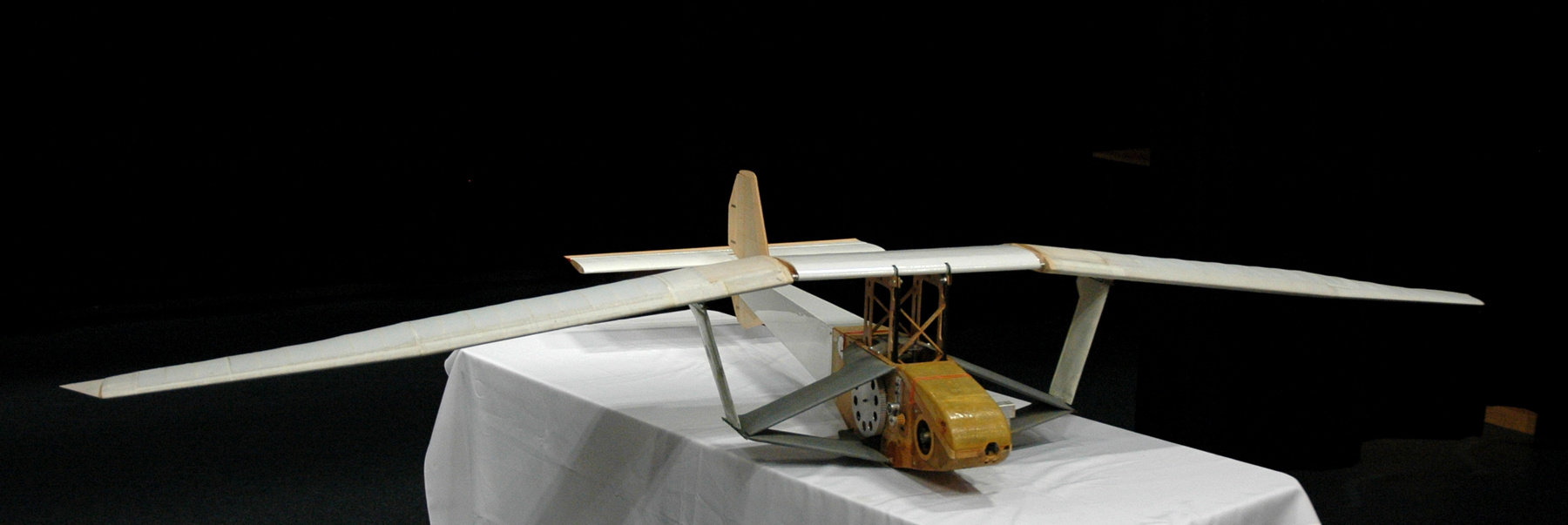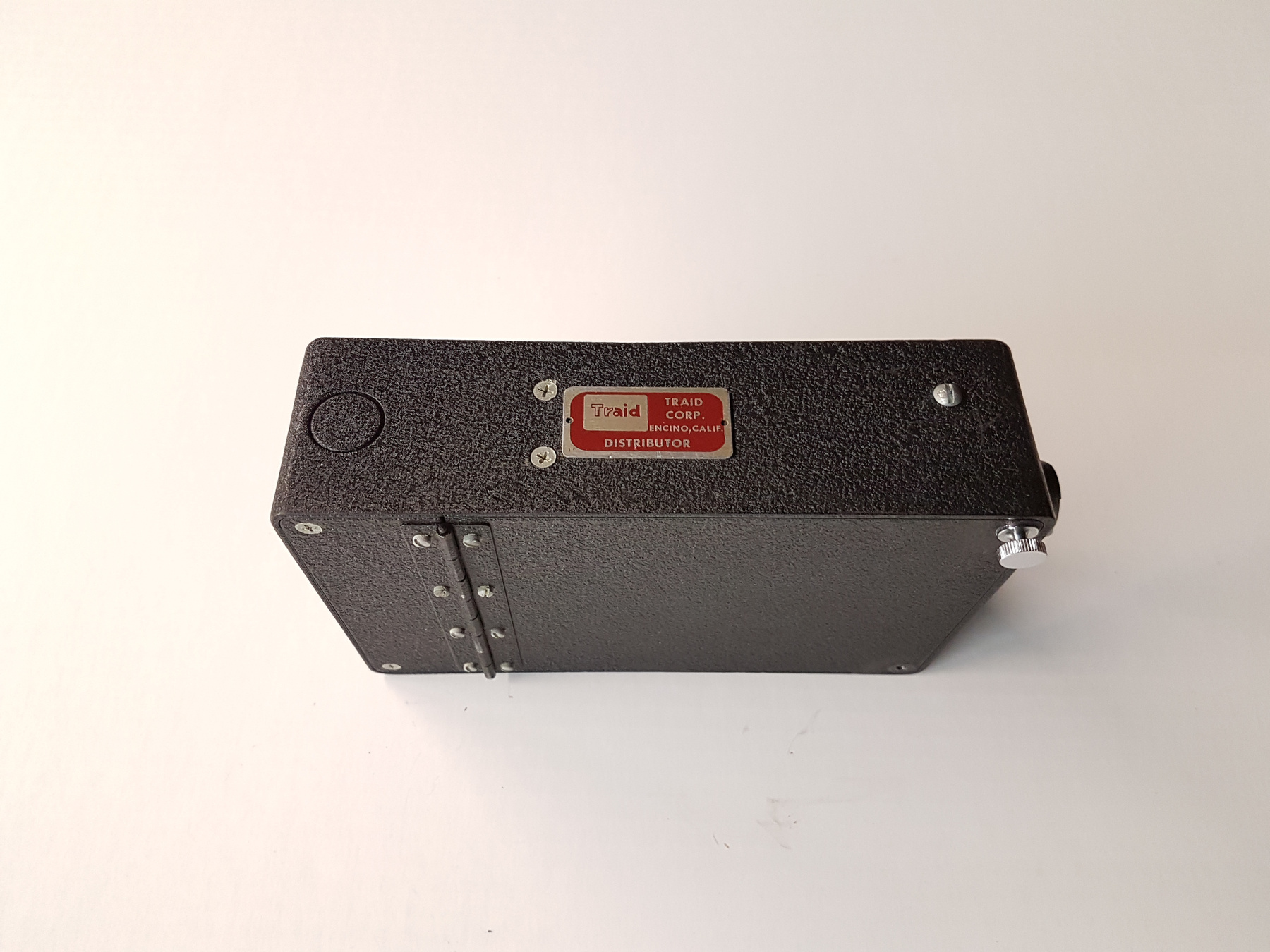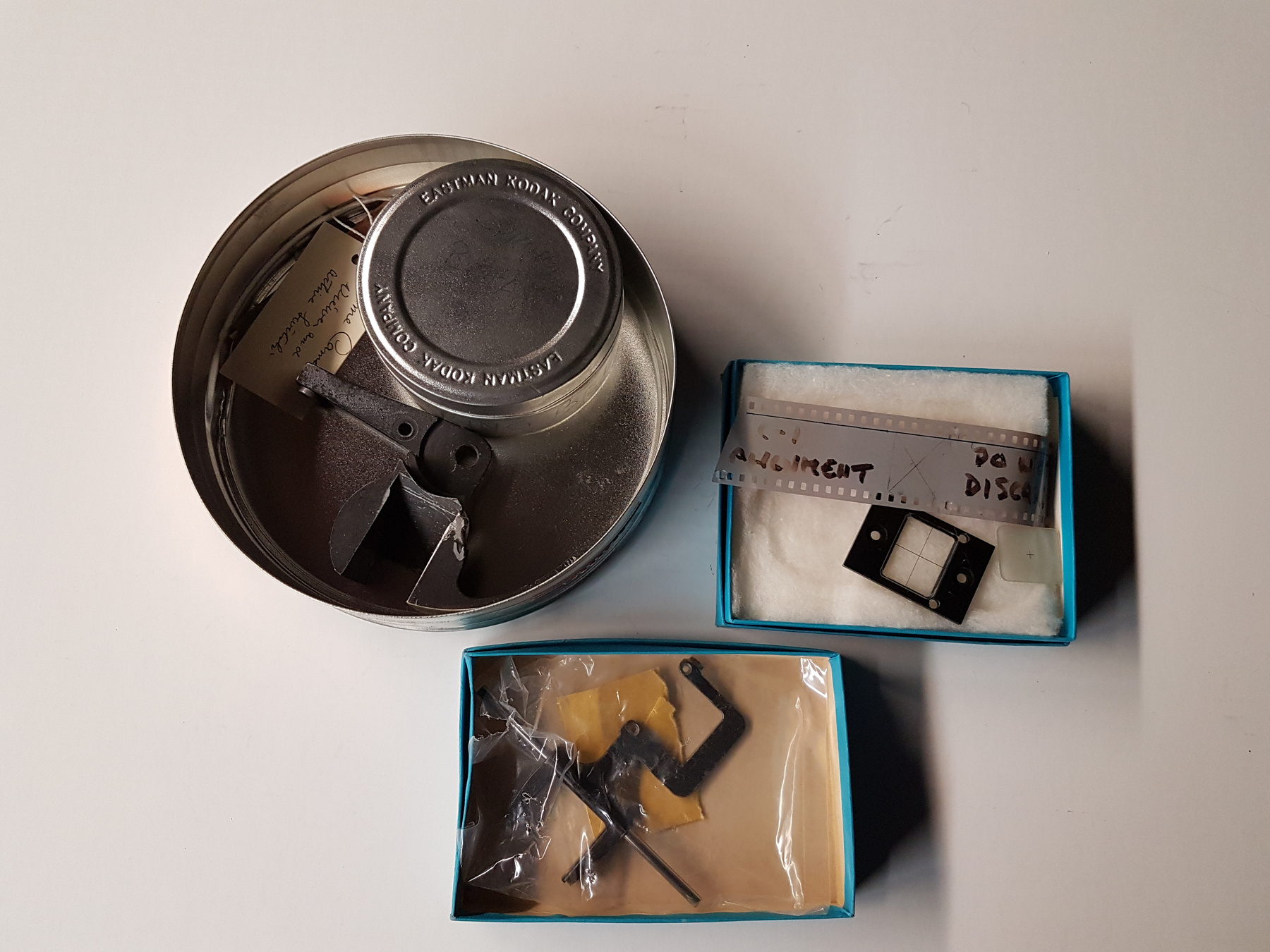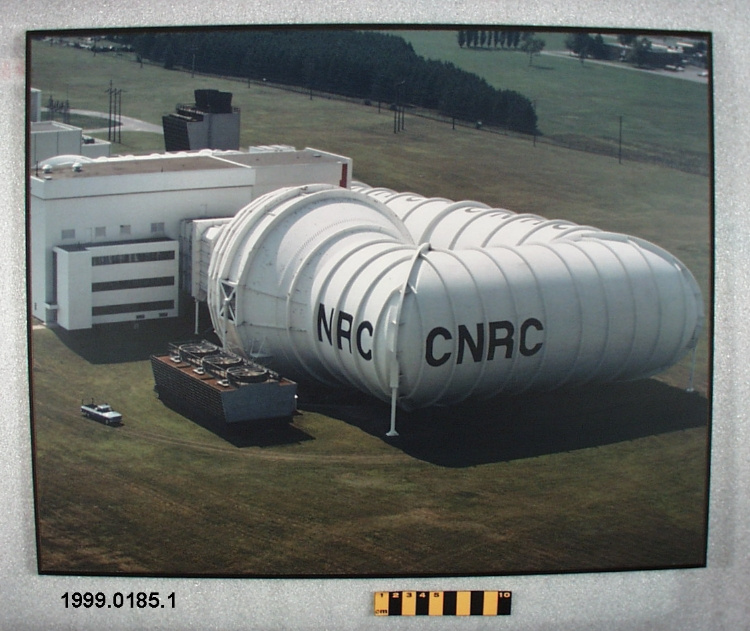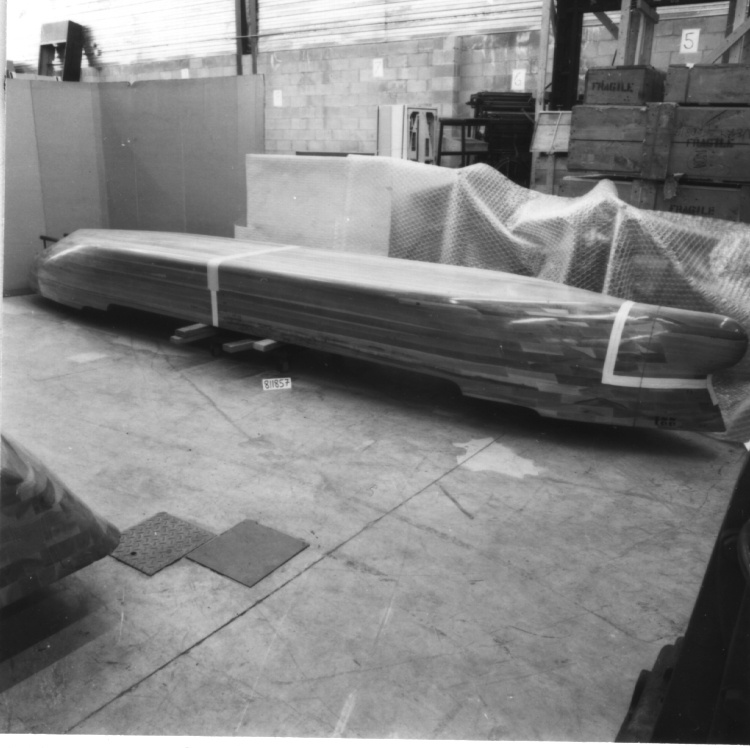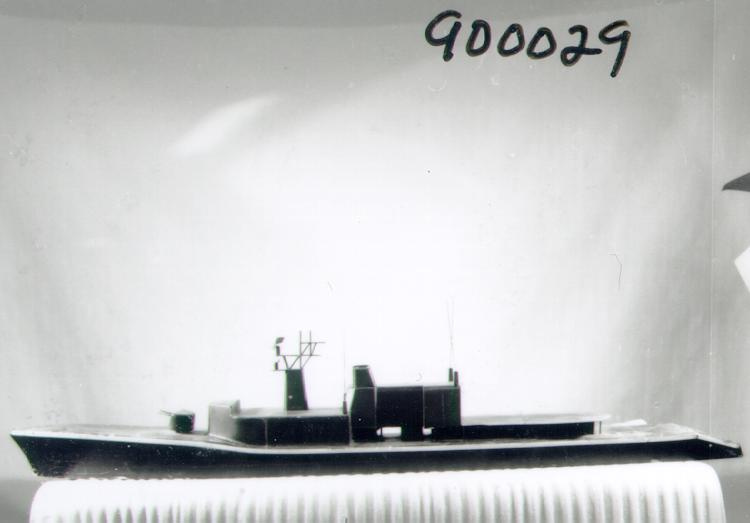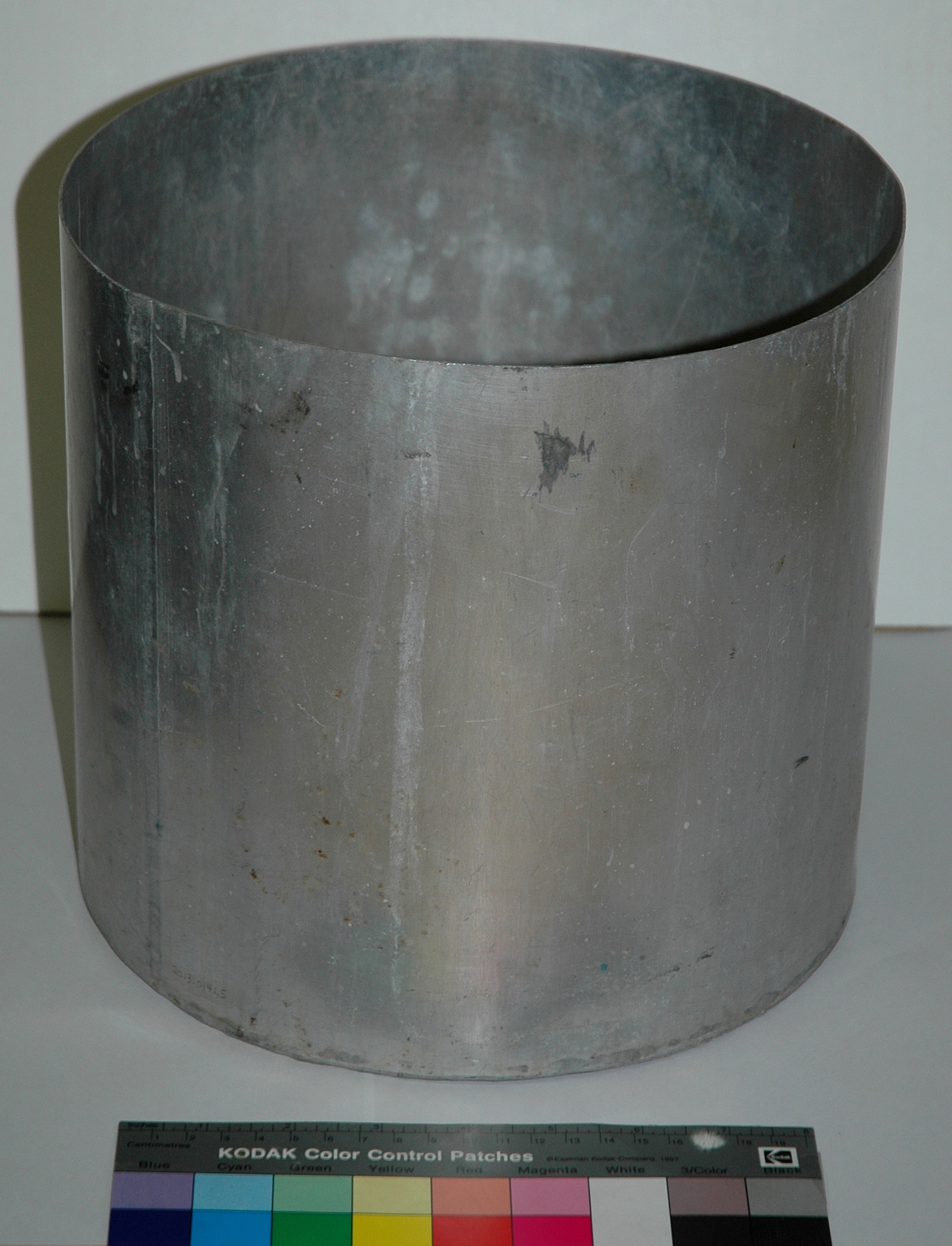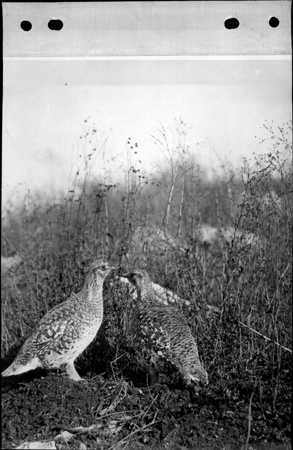Sabot
Use this image
Can I reuse this image without permission? Yes
Object images on the Ingenium Collection’s portal have the following Creative Commons license:
Copyright Ingenium / CC BY-NC-ND (Attribution-NonCommercial 4.0 International (CC BY-NC 4.0)
ATTRIBUTE THIS IMAGE
Ingenium,
2013.0141.005
Permalink:
Ingenium is releasing this image under the Creative Commons licensing framework, and encourages downloading and reuse for non-commercial purposes. Please acknowledge Ingenium and cite the artifact number.
DOWNLOAD IMAGEPURCHASE THIS IMAGE
This image is free for non-commercial use.
For commercial use, please consult our Reproduction Fees and contact us to purchase the image.
- OBJECT TYPE
- N/A
- DATE
- 1967
- ARTIFACT NUMBER
- 2013.0141.005
- MANUFACTURER
- National Research Council of Canada, Institute for Aerospace Research
- MODEL
- Unknown
- LOCATION
- Ottawa, Ontario, Canada
More Information
General Information
- Serial #
- N/A
- Part Number
- 5
- Total Parts
- 14
- AKA
- N/A
- Patents
- N/A
- General Description
- Dull silver colour aluminium sabot.
Dimensions
Note: These reflect the general size for storage and are not necessarily representative of the object's true dimensions.
- Length
- N/A
- Width
- N/A
- Height
- 23.6 cm
- Thickness
- N/A
- Weight
- N/A
- Diameter
- 24.9 cm
- Volume
- N/A
Lexicon
- Group
- Aviation
- Category
- Research
- Sub-Category
- N/A
Manufacturer
- AKA
- NRC
- Country
- Canada
- State/Province
- Ontario
- City
- Ottawa
Context
- Country
- Canada
- State/Province
- Ontario
- Period
- Used between 1968- 2009.
- Canada
-
Operated as it was by a permanent staff working for a government organisation, the 10-inch gun was used to test a variety of aircraft types produced by many companies based in foreign countries. Foreign companies came to Uplands because they knew the staff and equipment could provide them with the information they needed. As a result, NRC played a crucial role in making flying safer. It is very likely, if not almost certain, that the flight impact simulators located in Ottawa were the inspiration for the Chicken Cannon irregularly put to use on the CBC’s weekly television show Royal Canadian Air Farce. The Chicken Cannon made its appearance on Friday, March 4th, 1994. It was apparently last fired on Thursday, December 18th or Friday, December 19th, 2008, at the taping of the show’s very popular New Year’s special. Throughout the years, the Chicken Cannon was loaded and fired by one of the show’s most popular character, Colonel “Teresa” Stacey, played by Don Ferguson. As well as a sizeable number of rubber chickens, the Chicken Cannon fired a bewildering variety of items, primarily food, at photos of individuals, either Canadian or foreign, who were deemed to be the most annoying at the time. Viewers proposed many targets. [Ref. 1] - Function
-
Specific: Served as container for prepared "bird" ejected from 10.0 inch flight impact simulator. - Technical
-
Prepared bird body ejected from flight impact simulators must be housed in a sabot prior to testing. The sabot is smaller than the simulator's cannon bore diameter: sabot and it's contents must be held in a precise position during testing. This is an example of a high velocity aluminum sabot. The aluminium sabots were only marked on the exterior sidewall with a marker pen - which could fade as they were on shelves in direct sunlight. The High Velocity sabots were the same thicknesses with an additional internal weld at the base. [Ref. 5] - Area Notes
-
Unknown
Details
- Markings
- None evident.
- Missing
- None.
- Finish
- Dull silver colour aluminum sabot.
- Decoration
- N/A
CITE THIS OBJECT
If you choose to share our information about this collection object, please cite:
National Research Council of Canada, Institute for Aerospace Research, Sabot, circa 1967, Artifact no. 2013.0141, Ingenium – Canada’s Museums of Science and Innovation, http://collections.ingeniumcanada.org/en/item/2013.0141.005/
FEEDBACK
Submit a question or comment about this artifact.
More Like This
